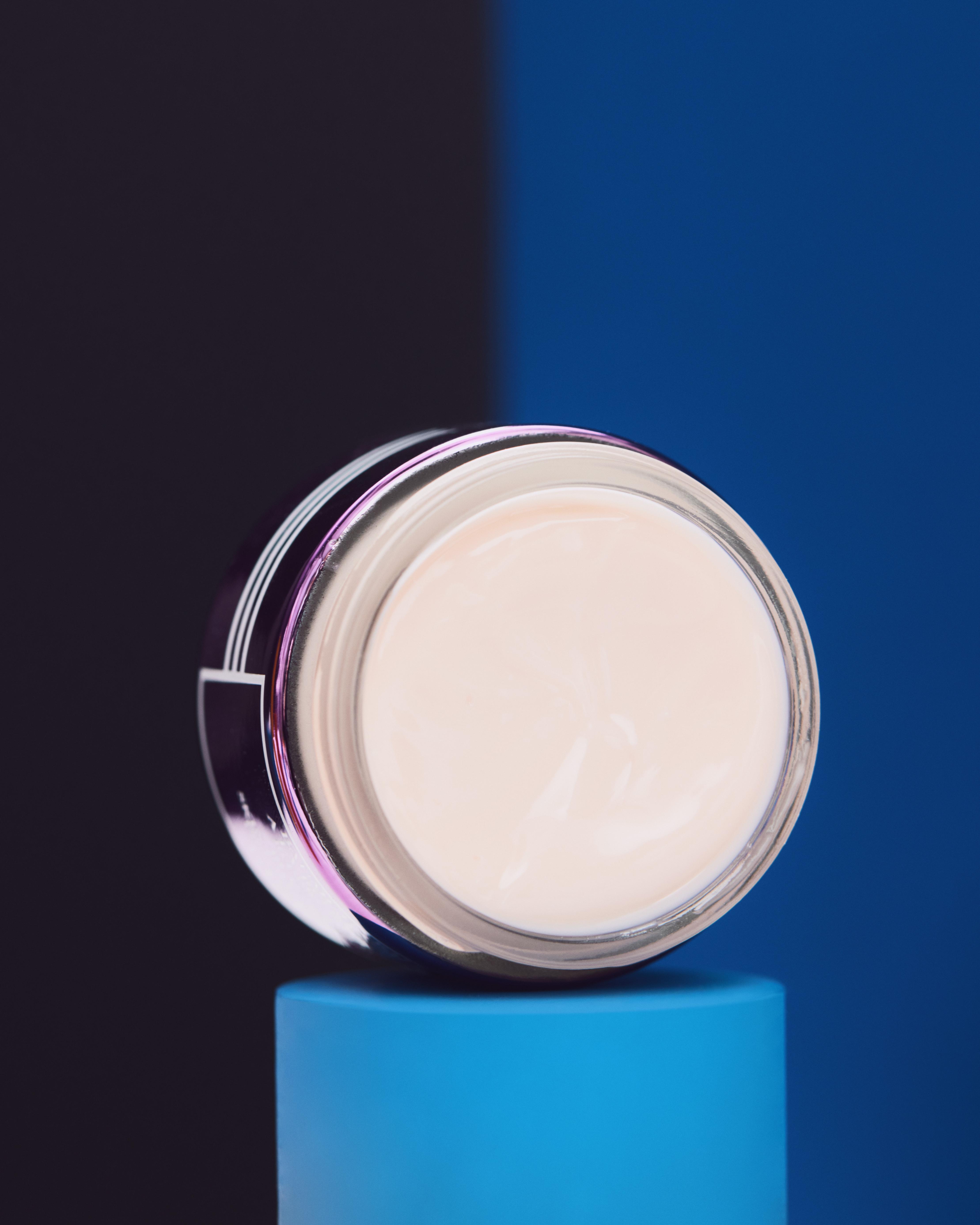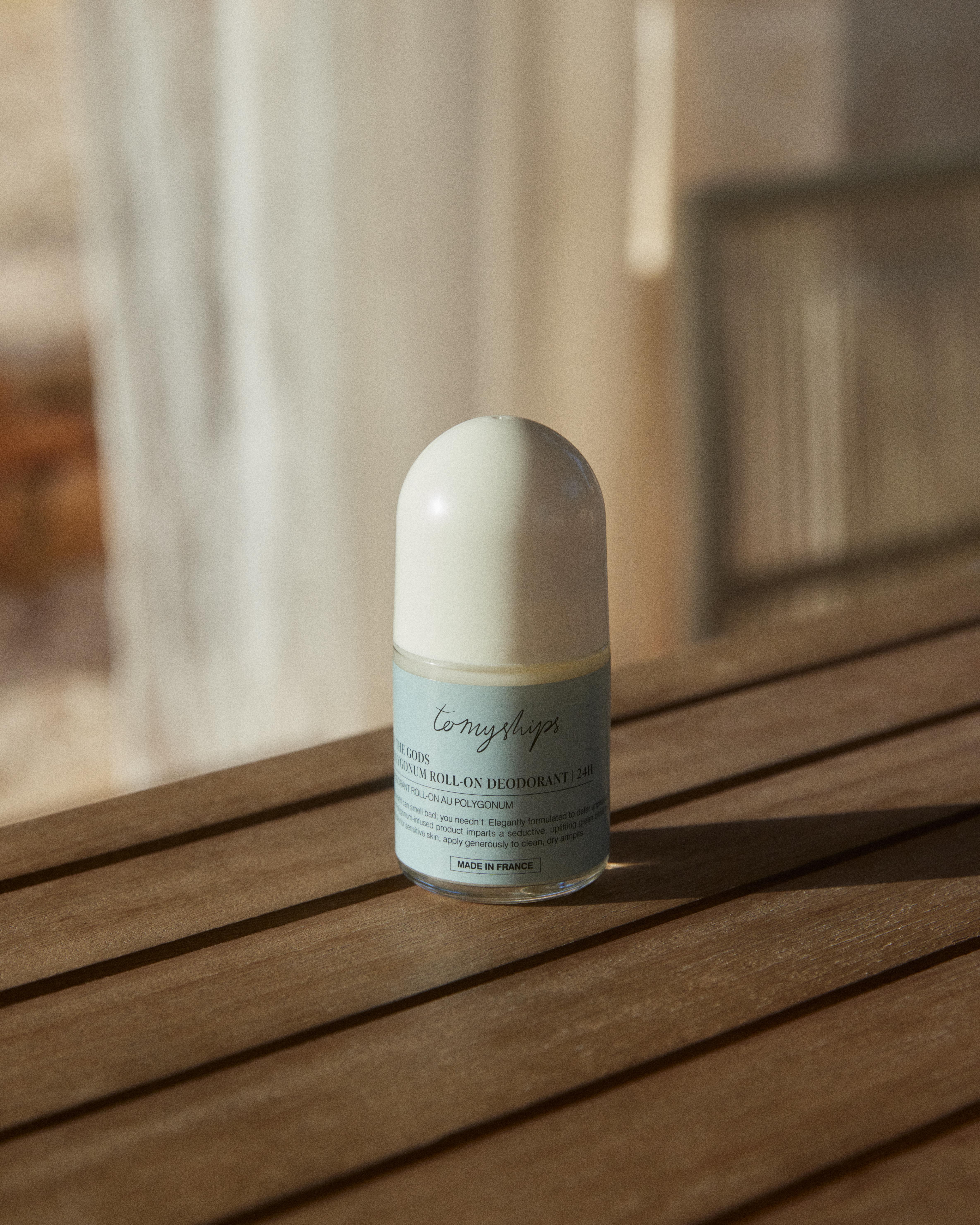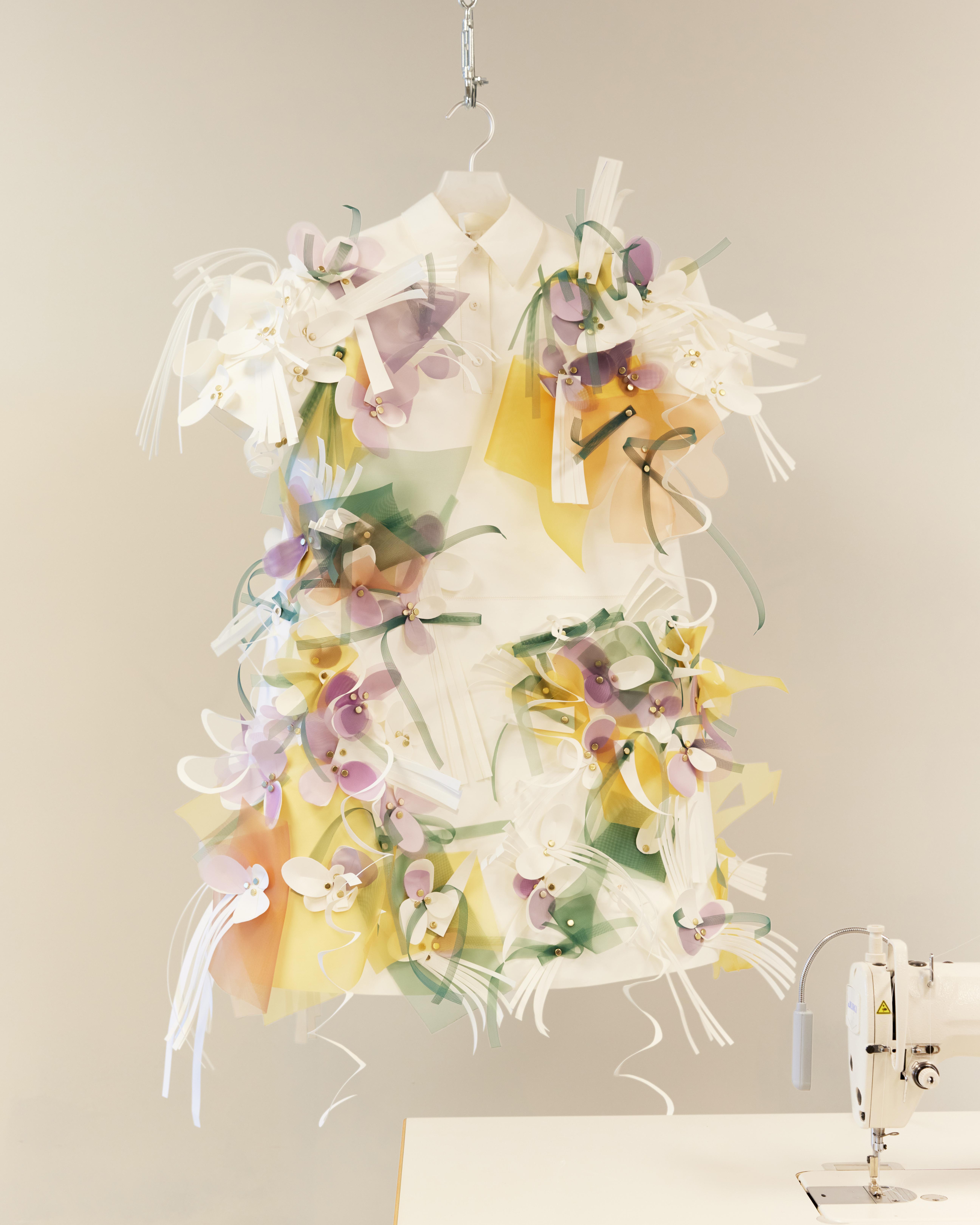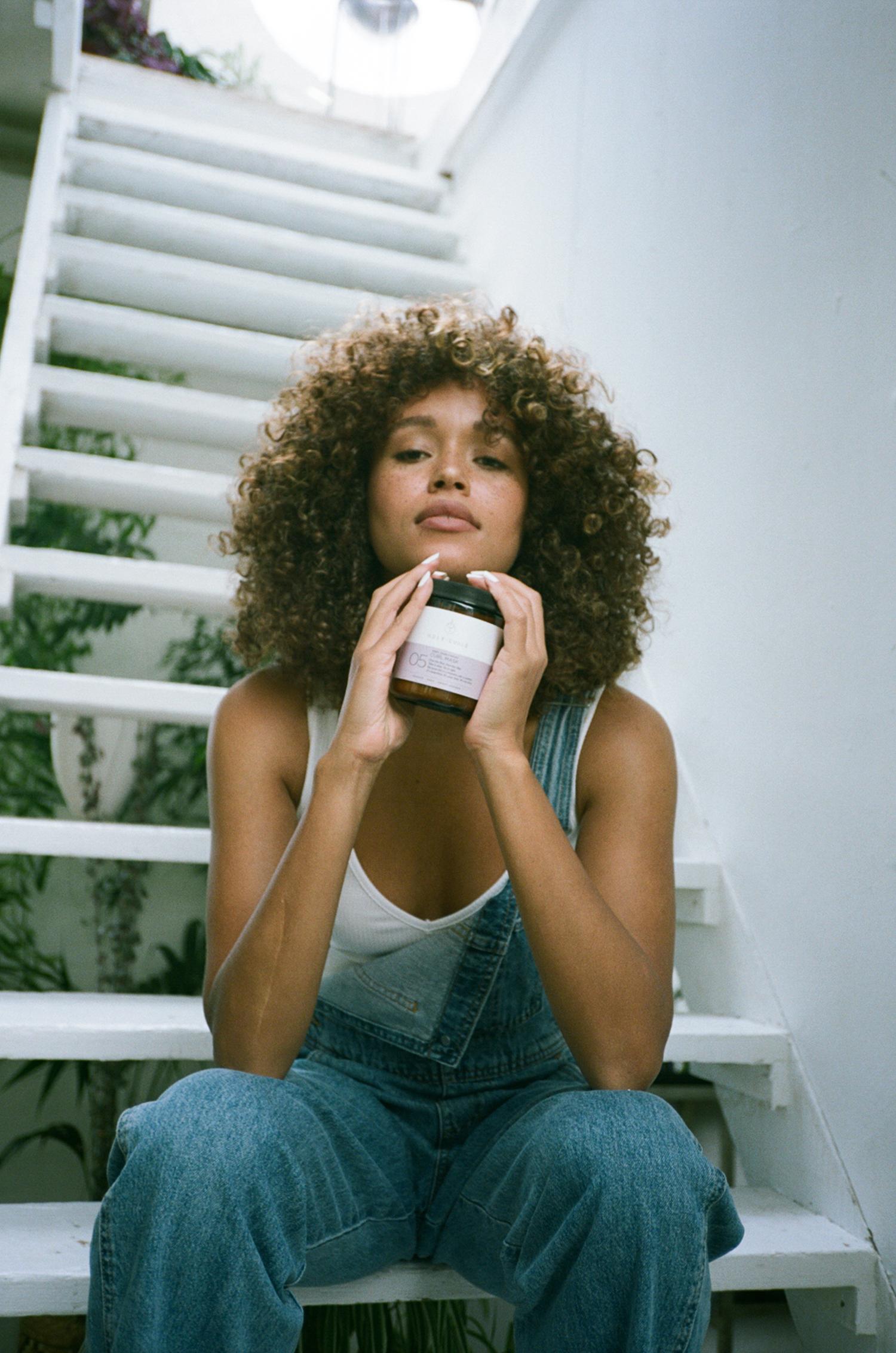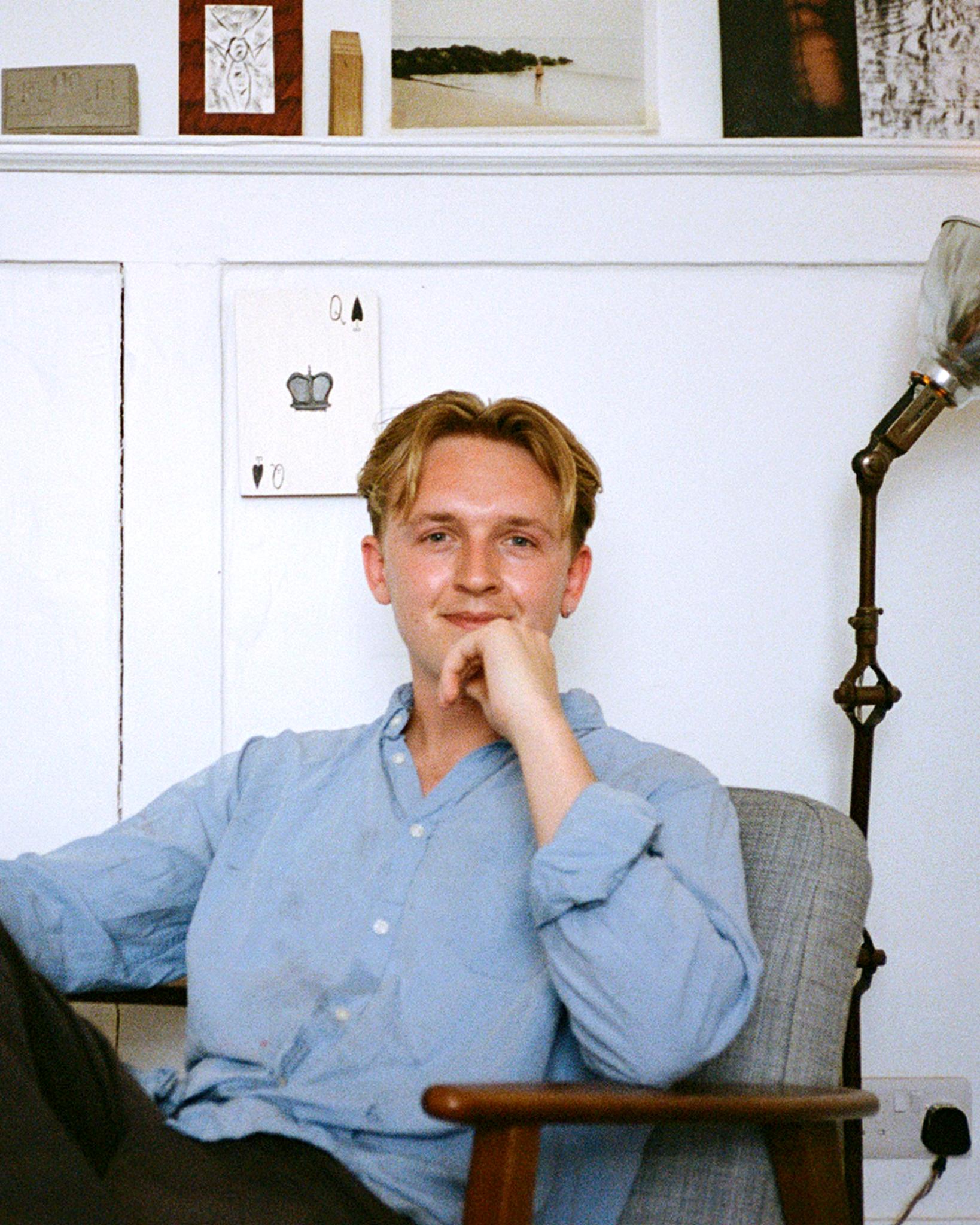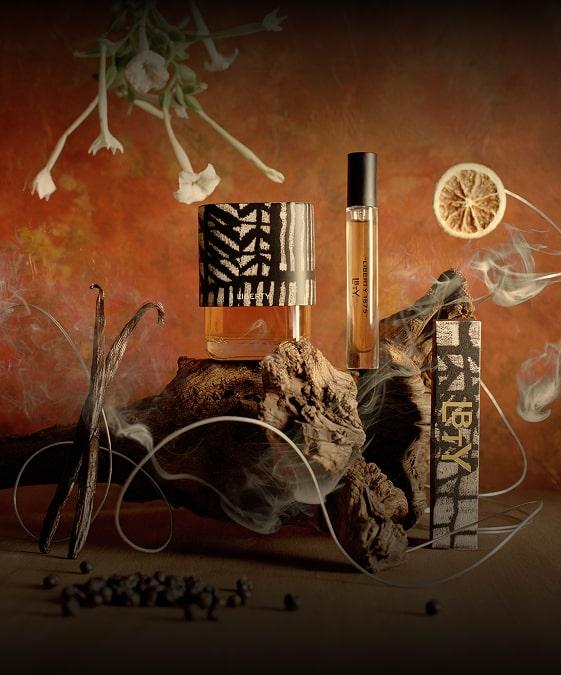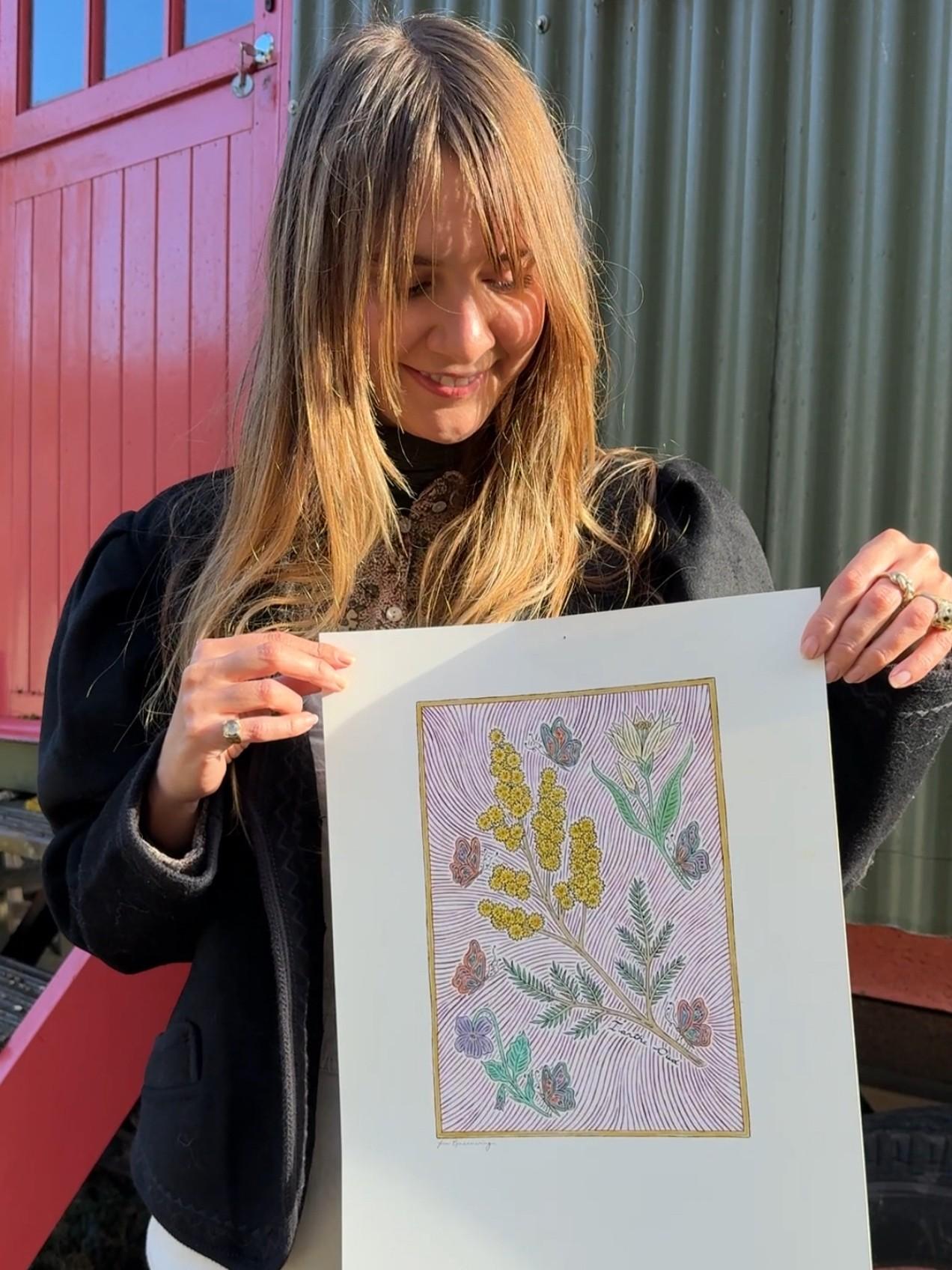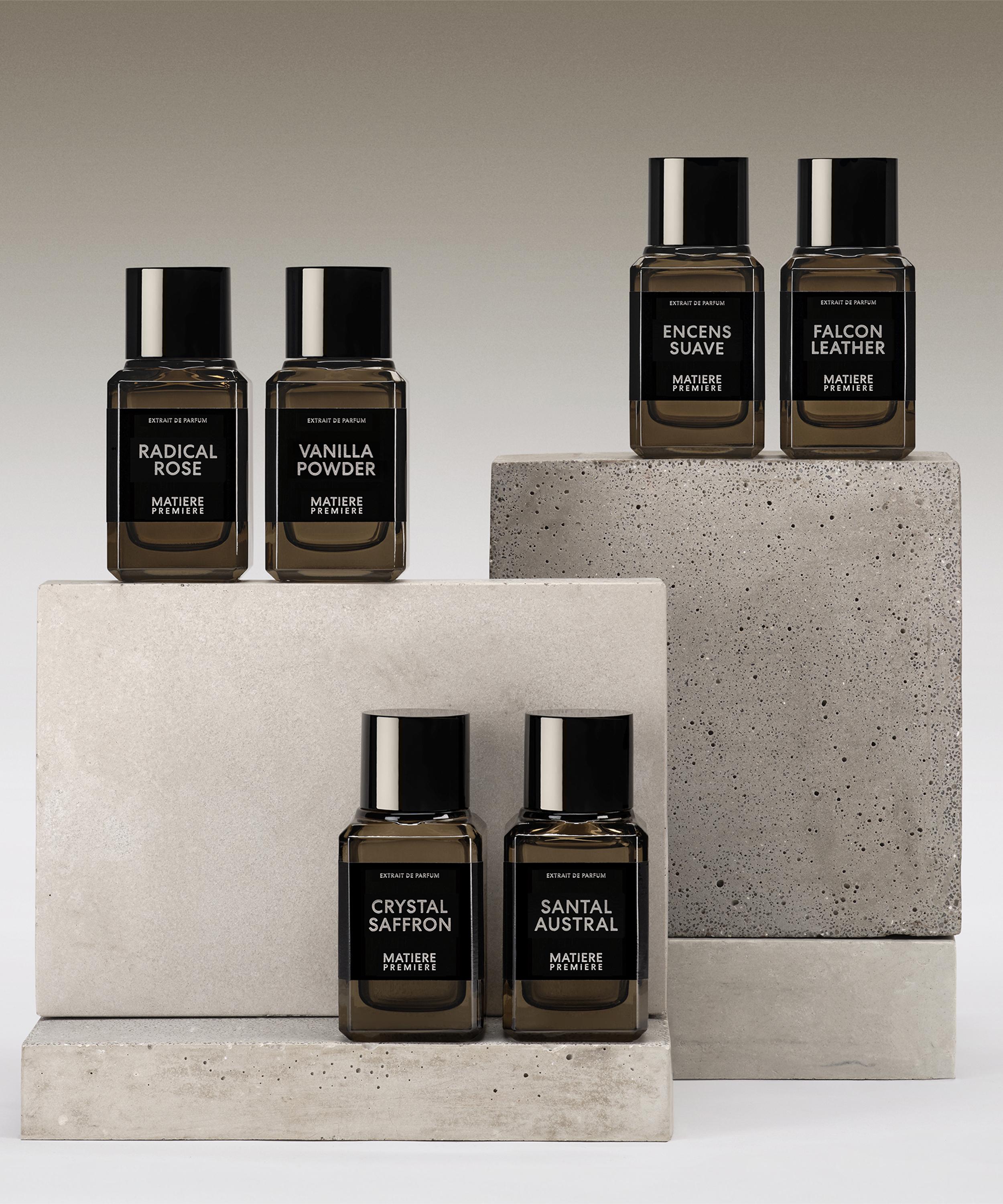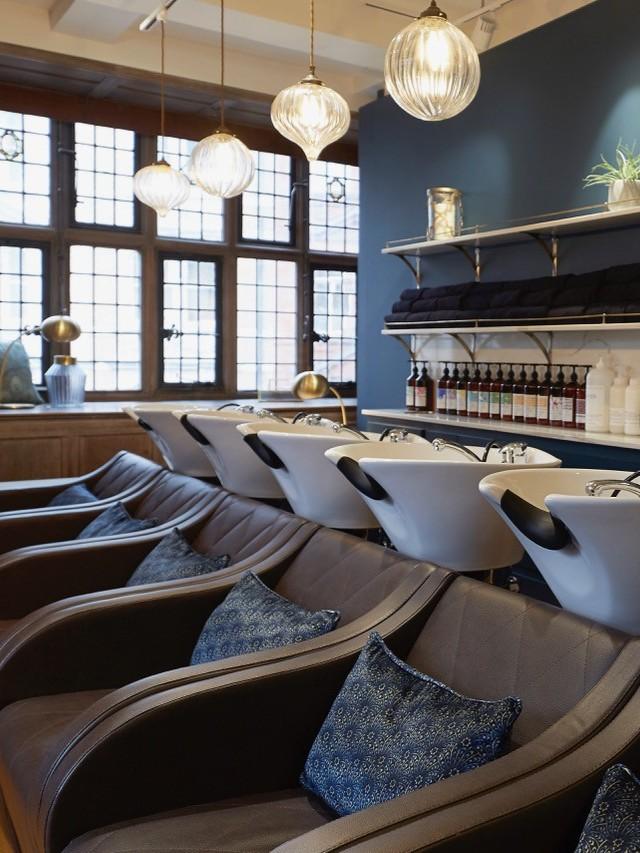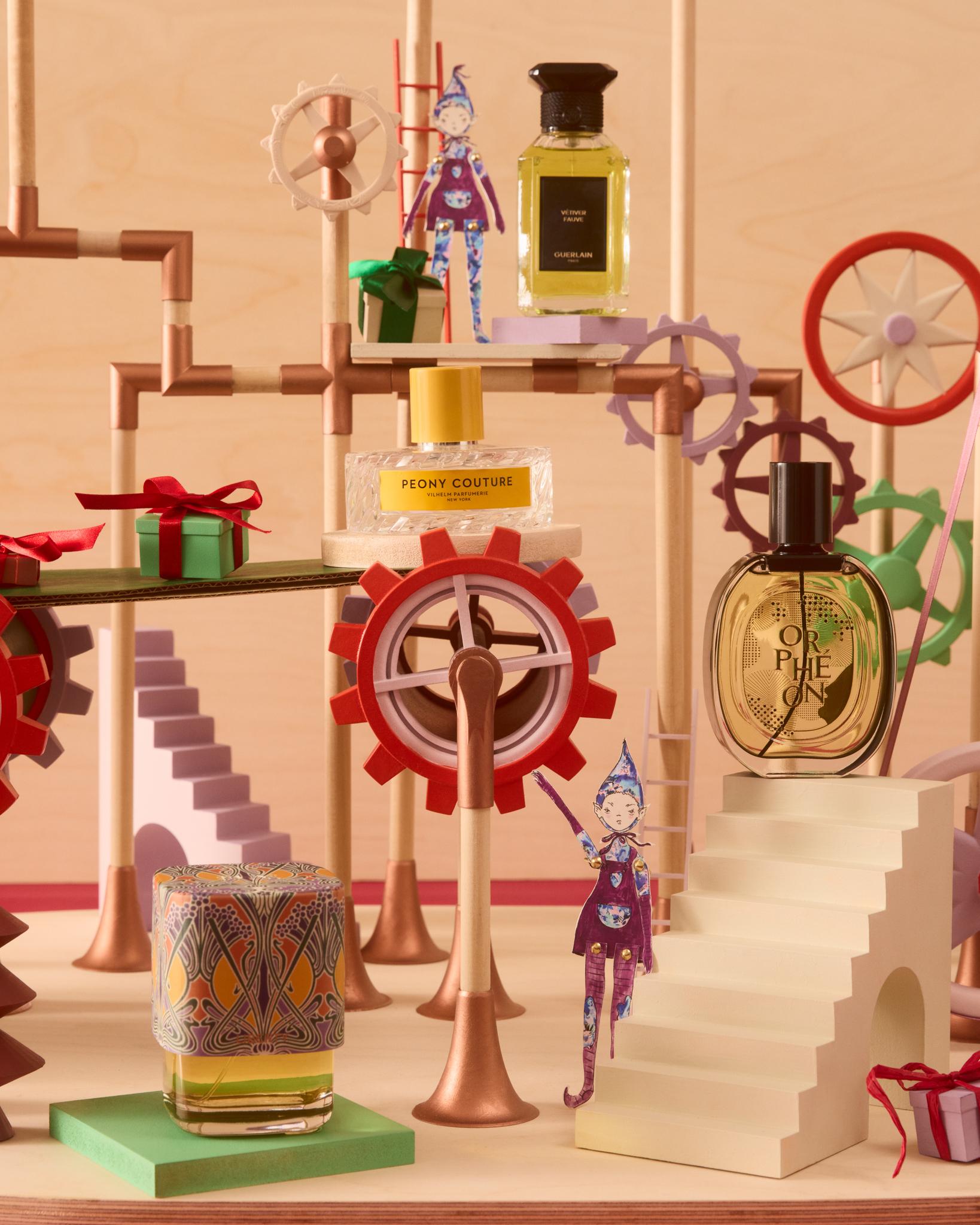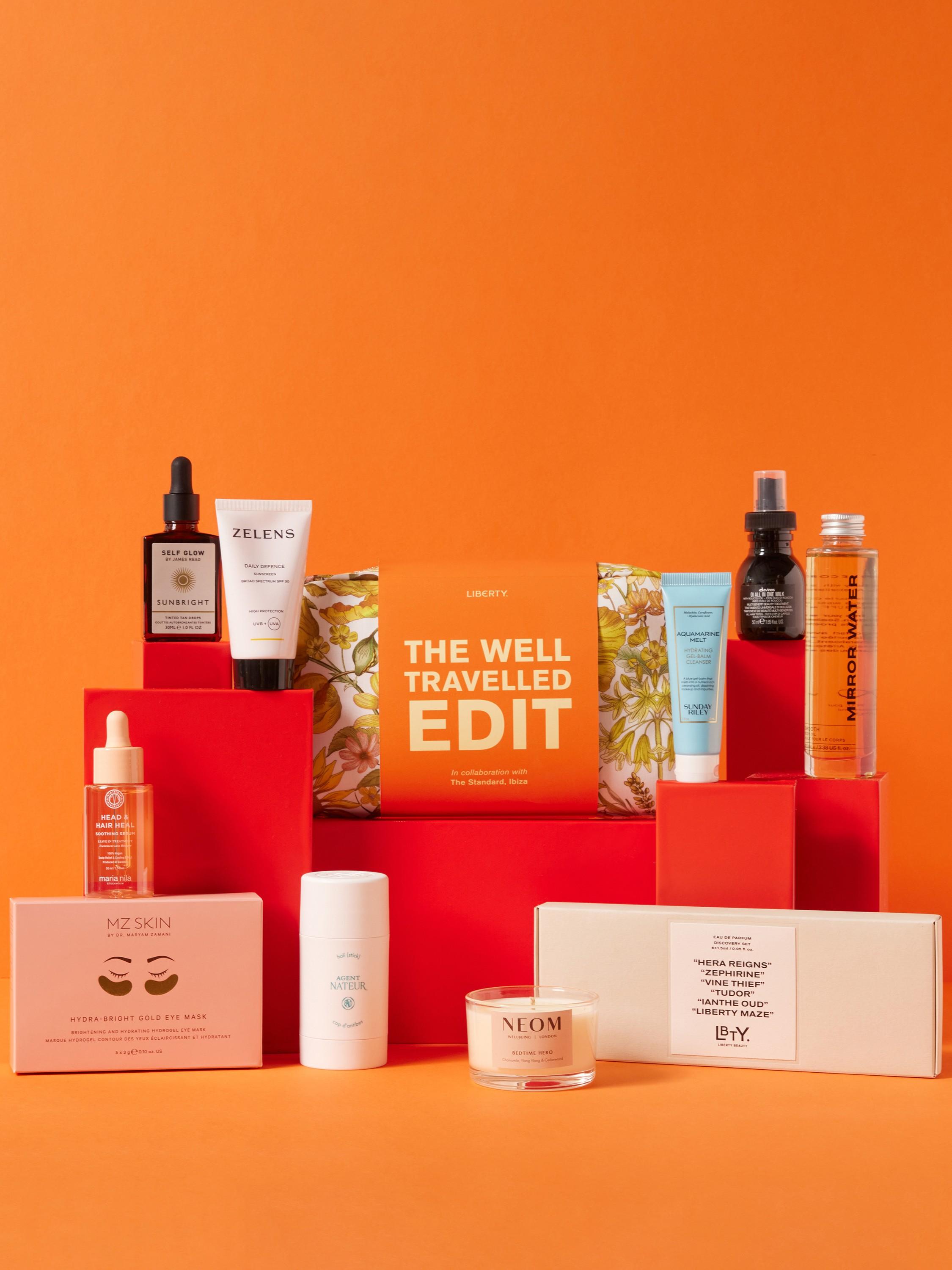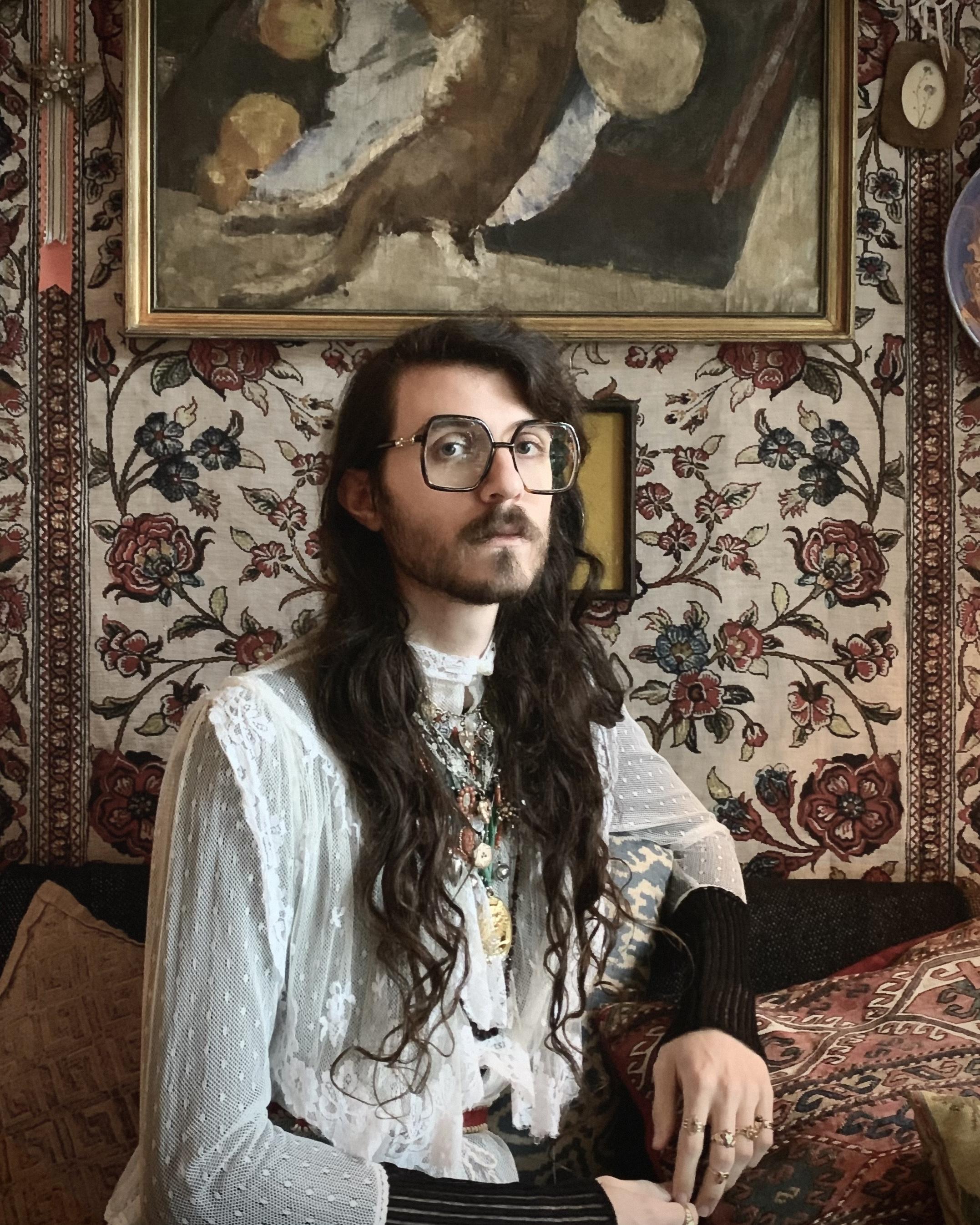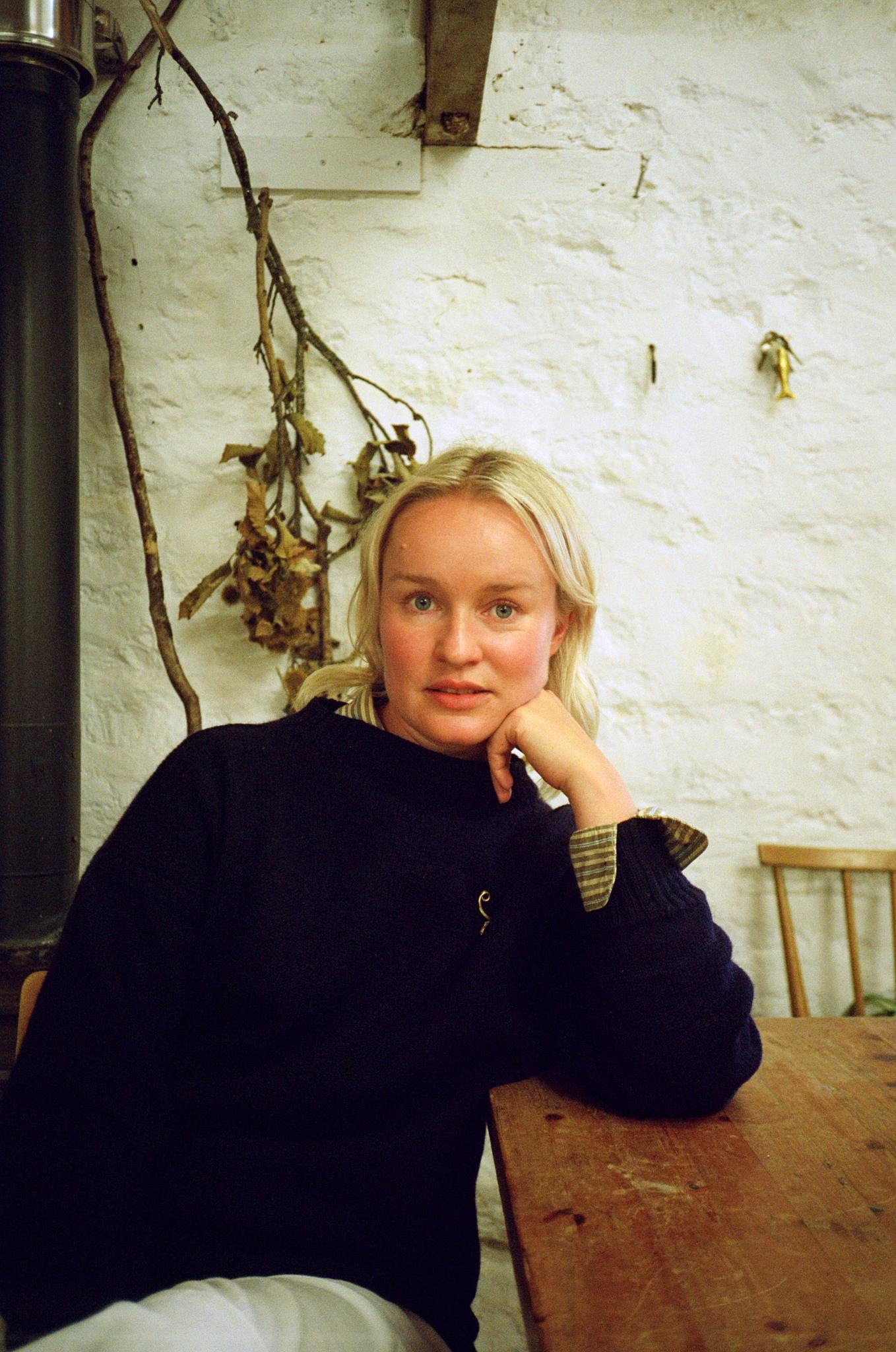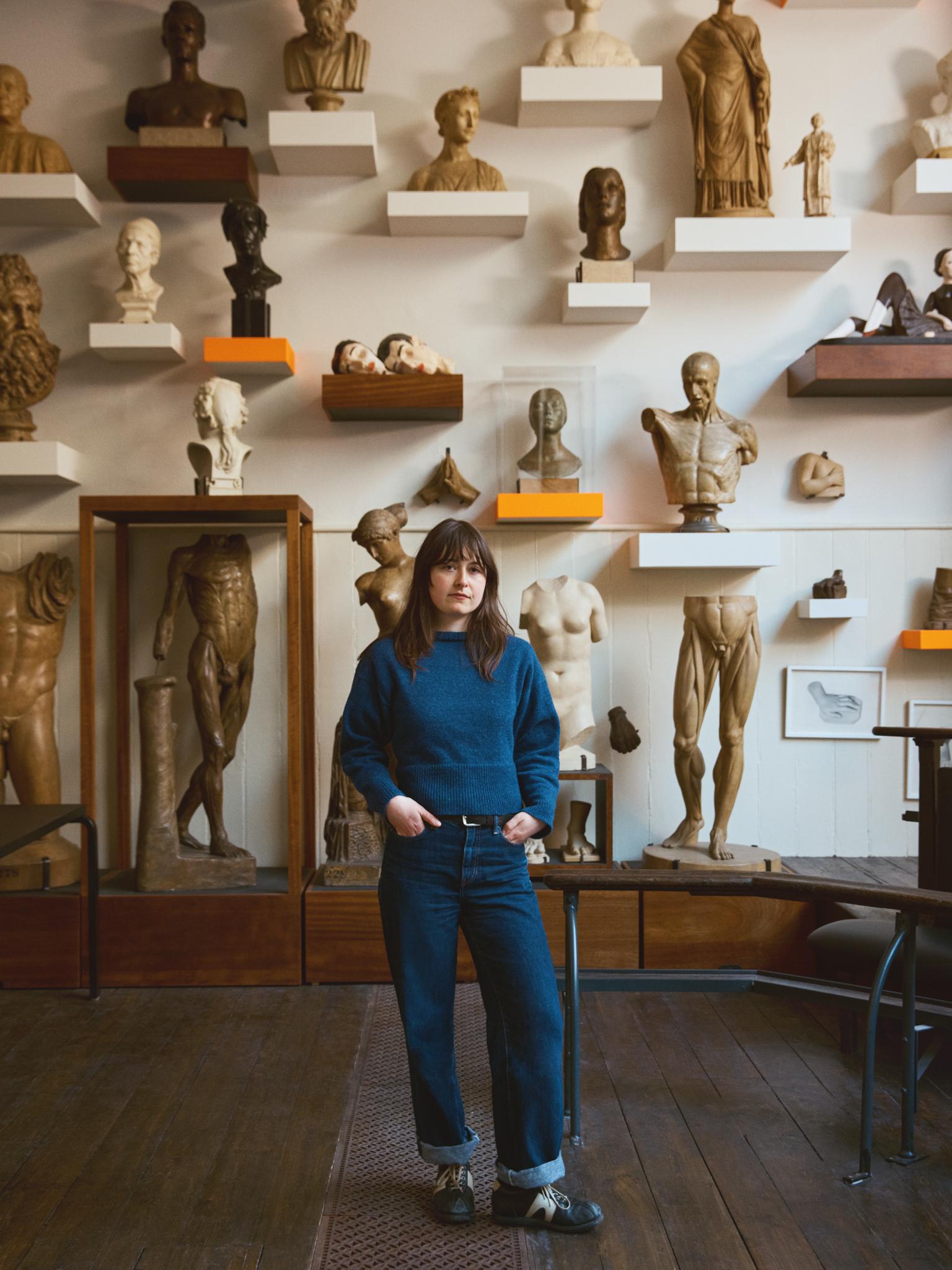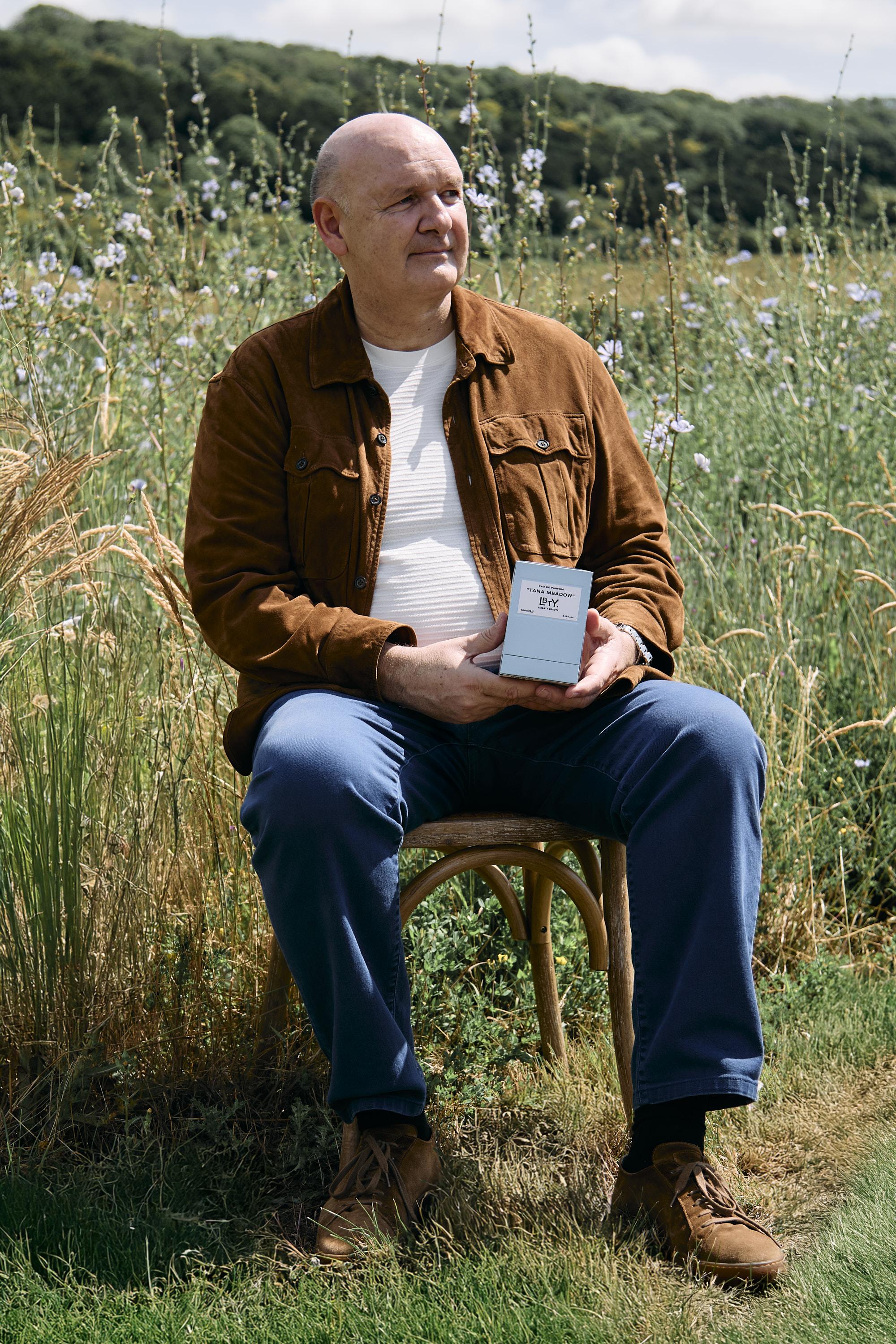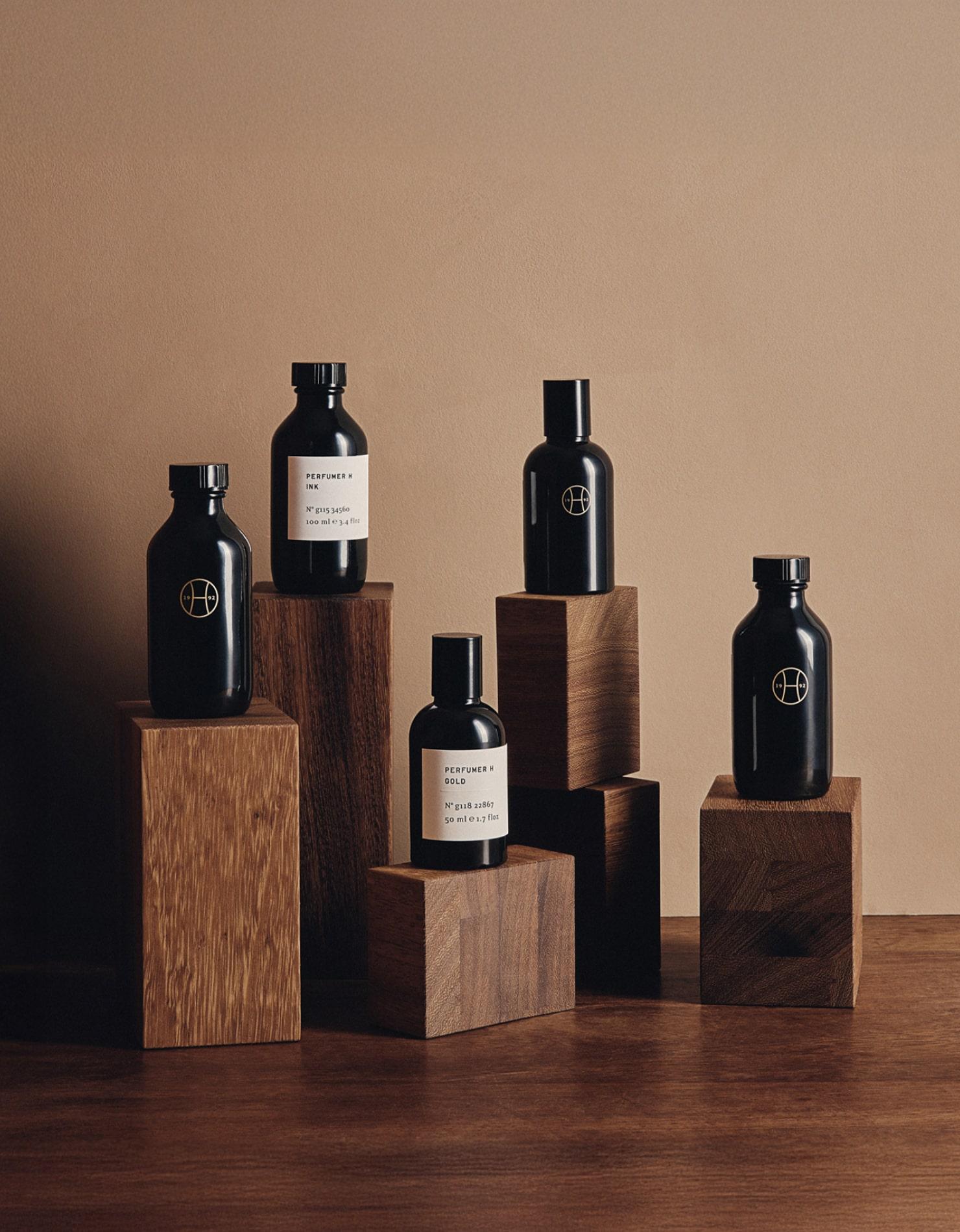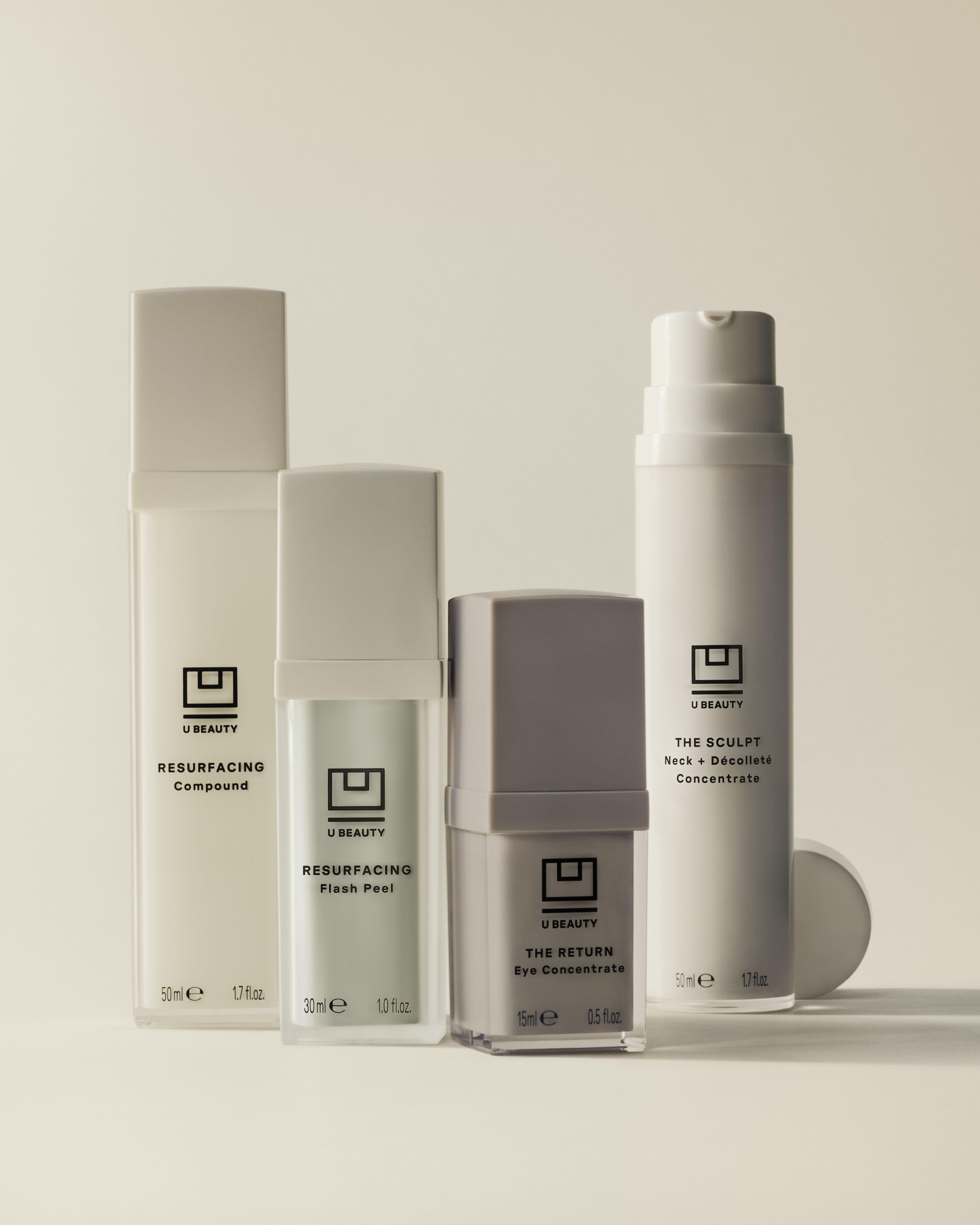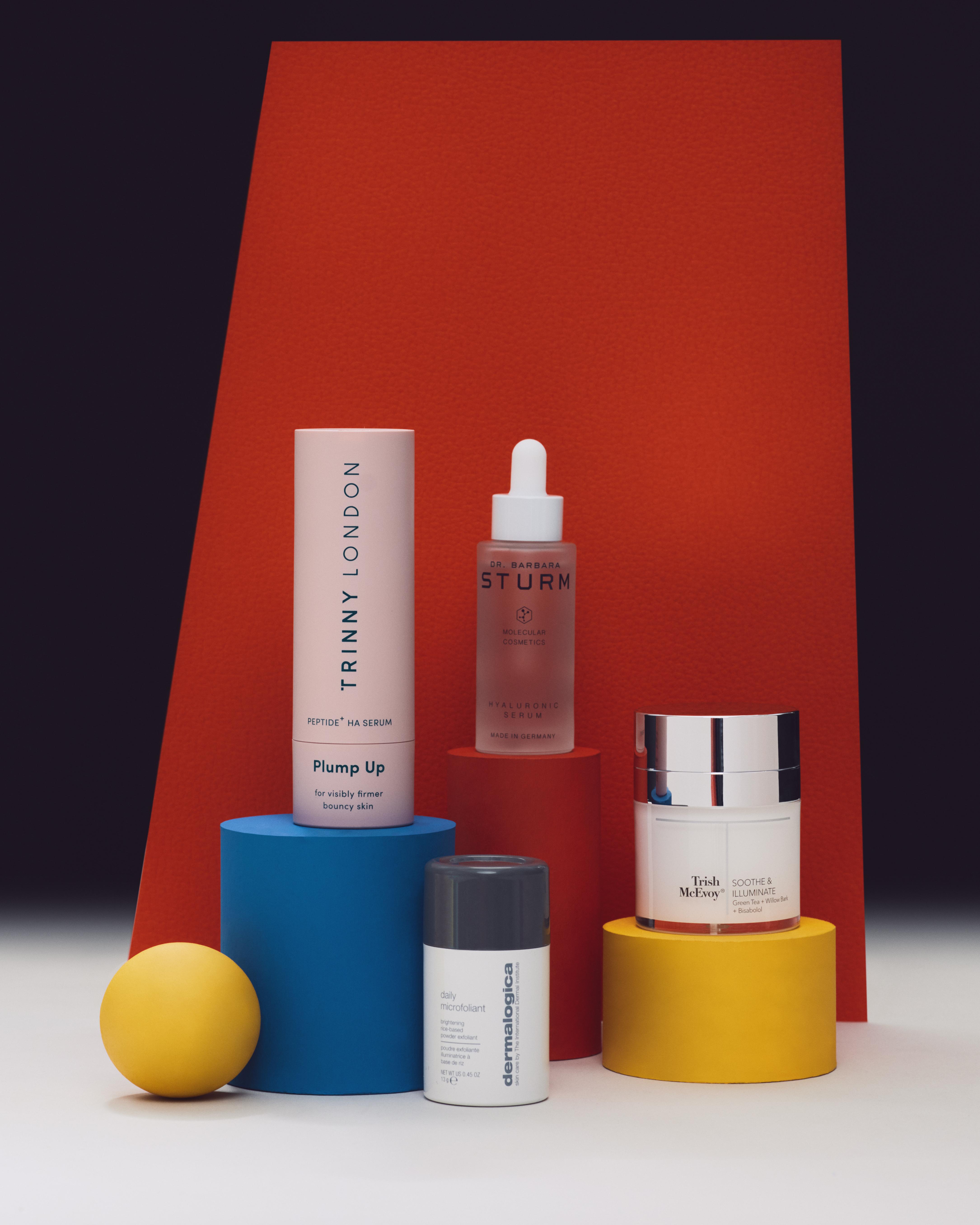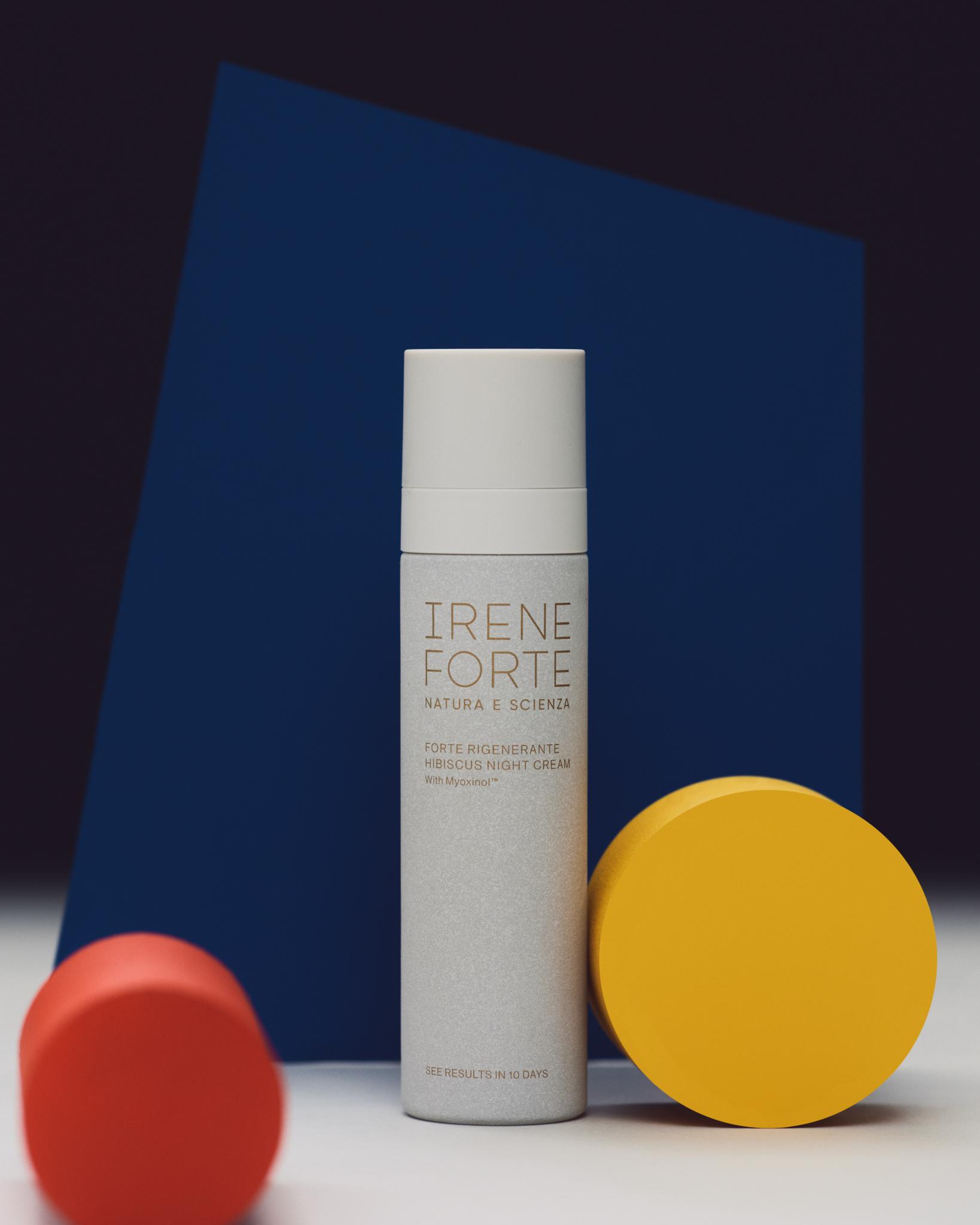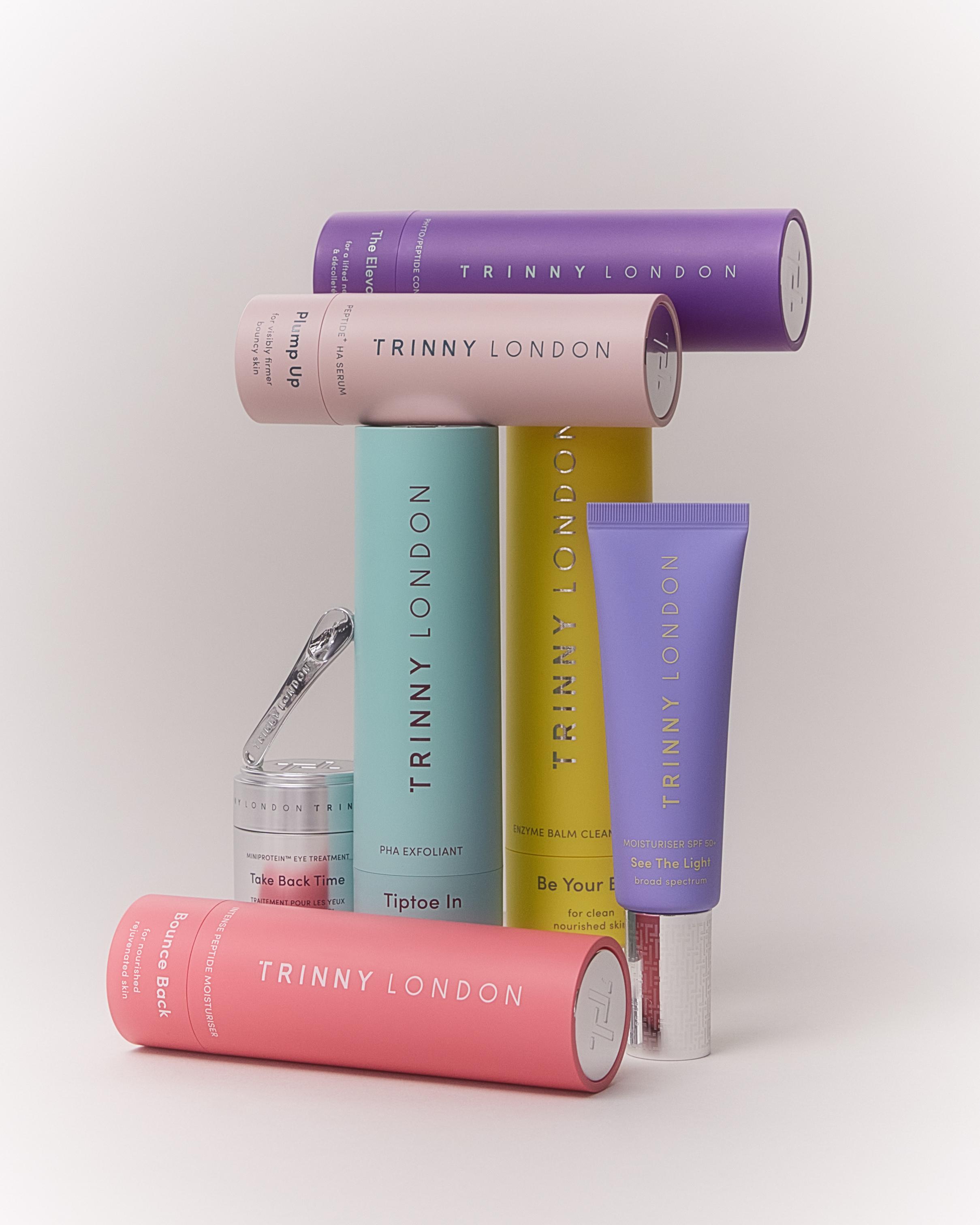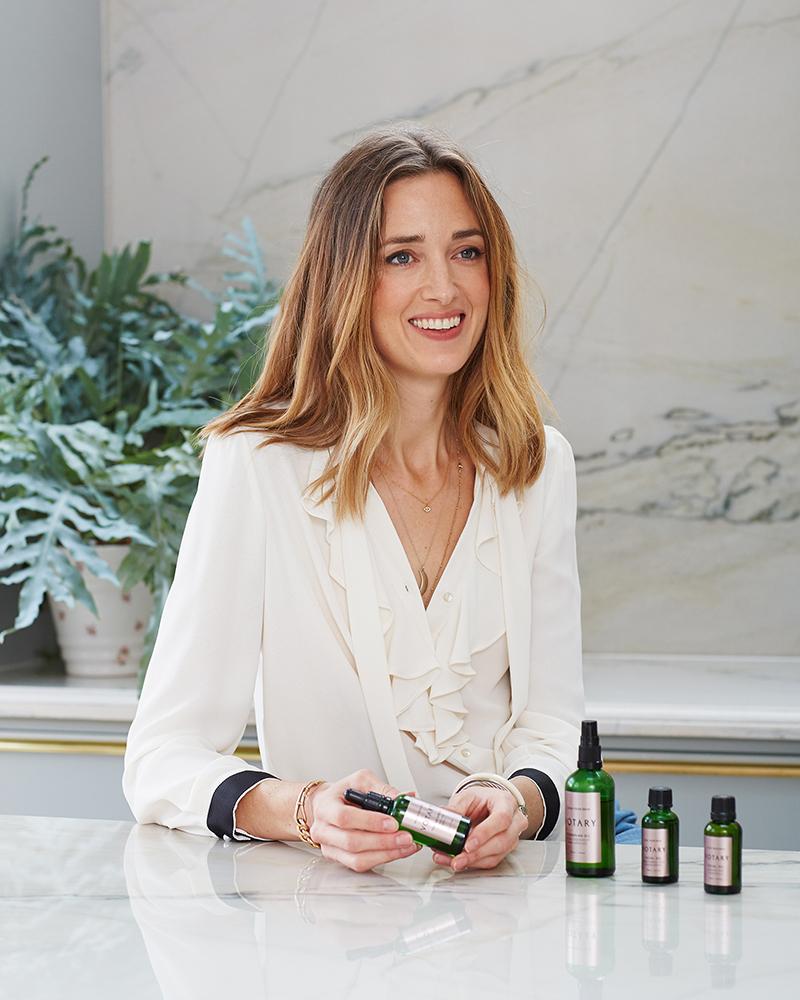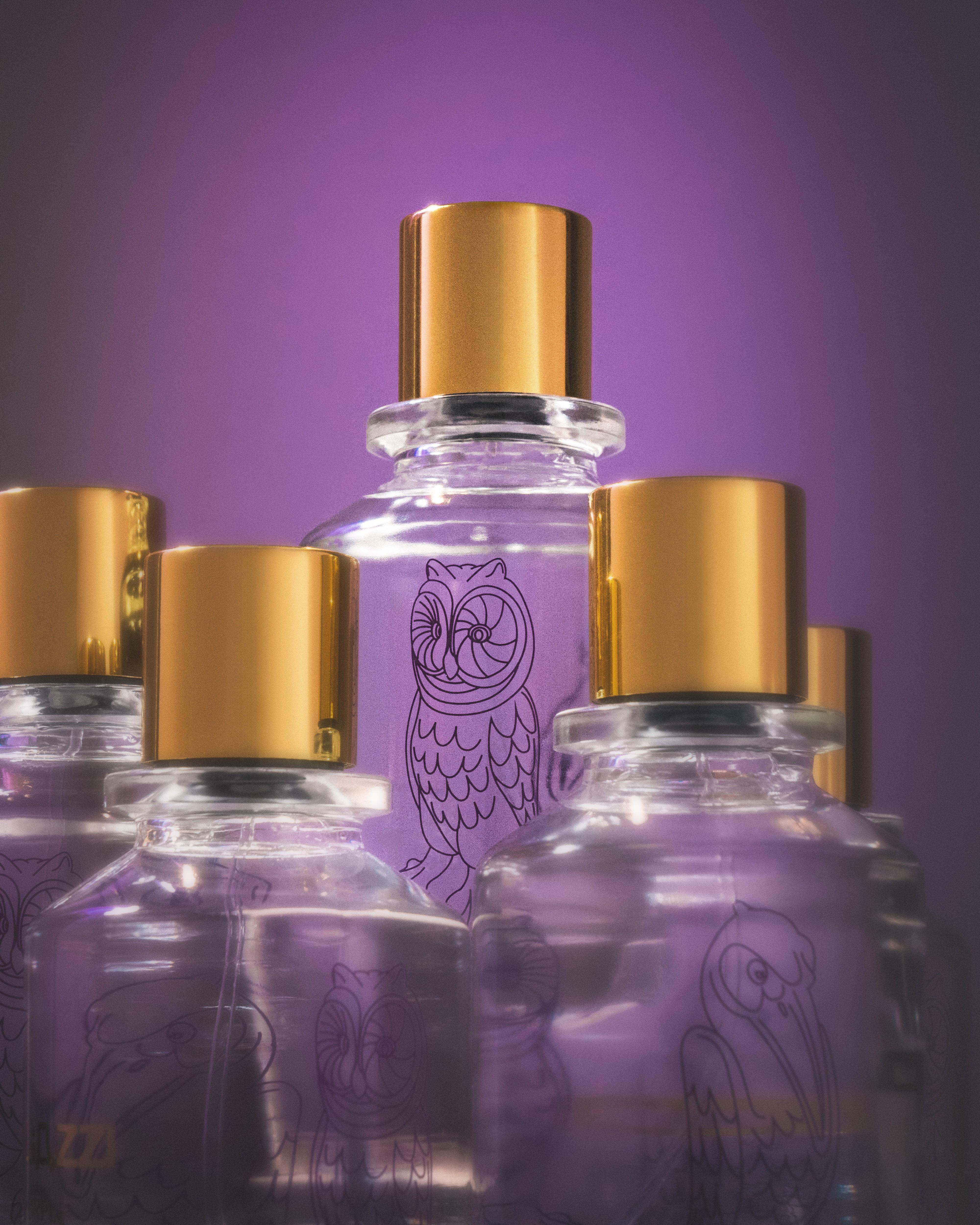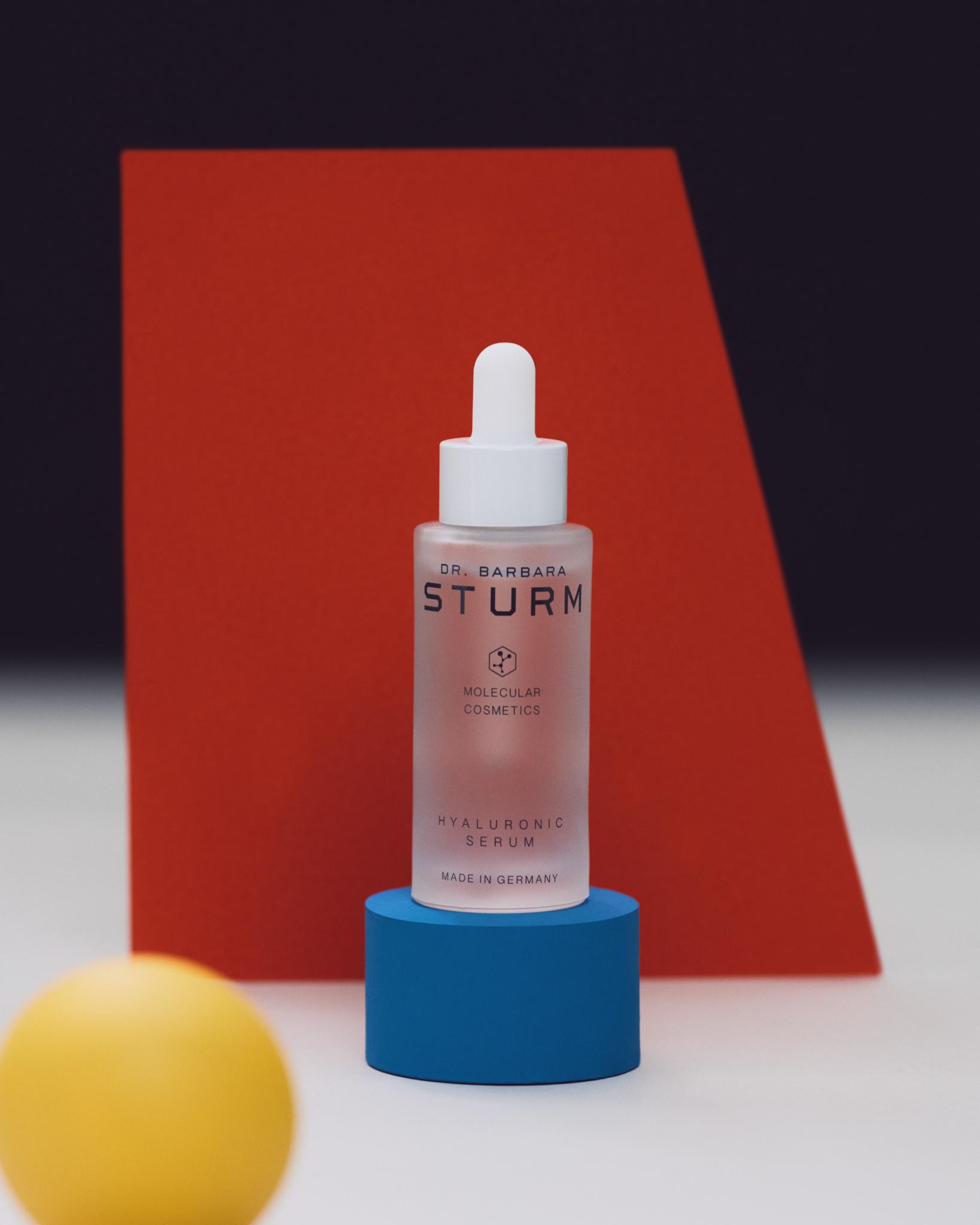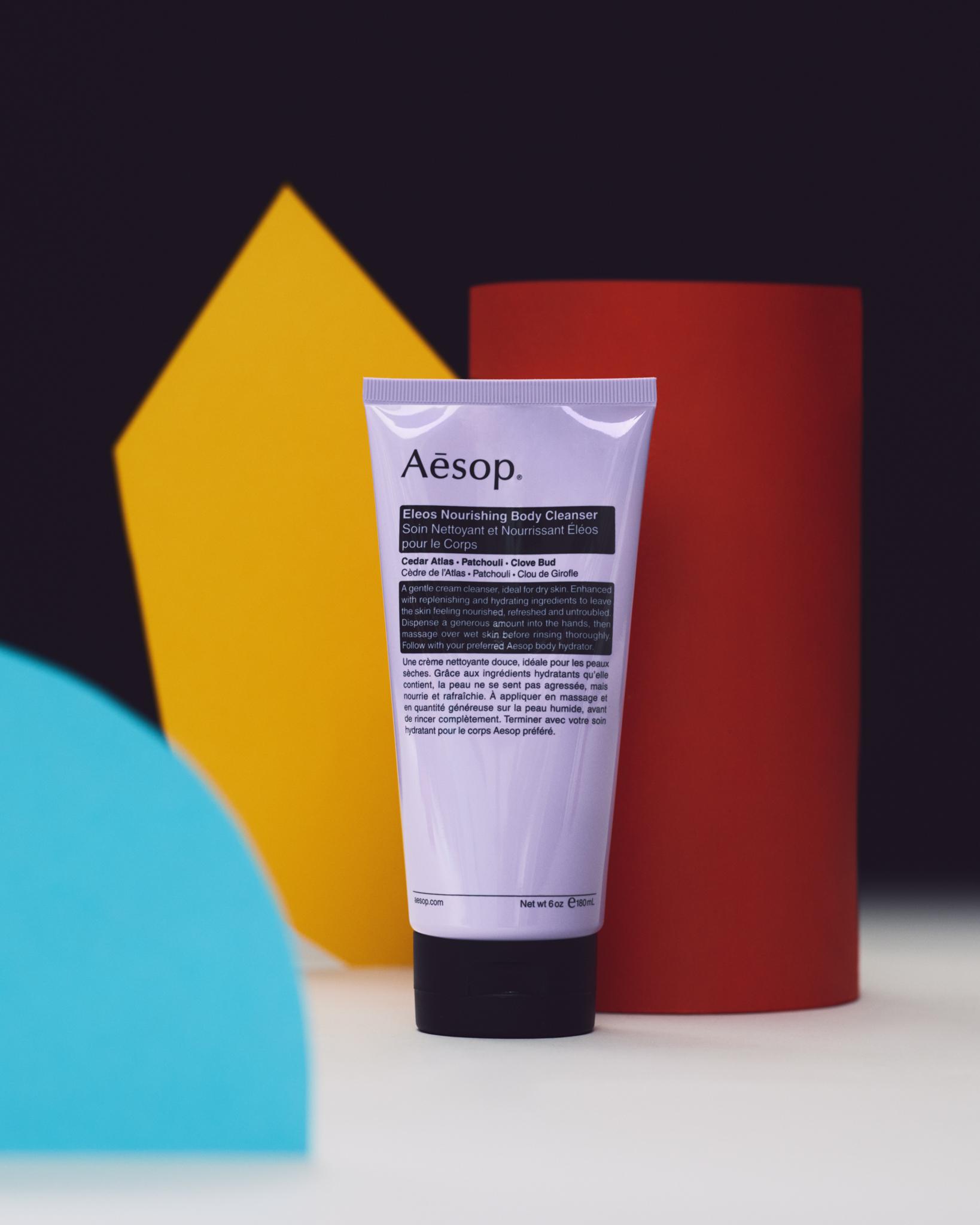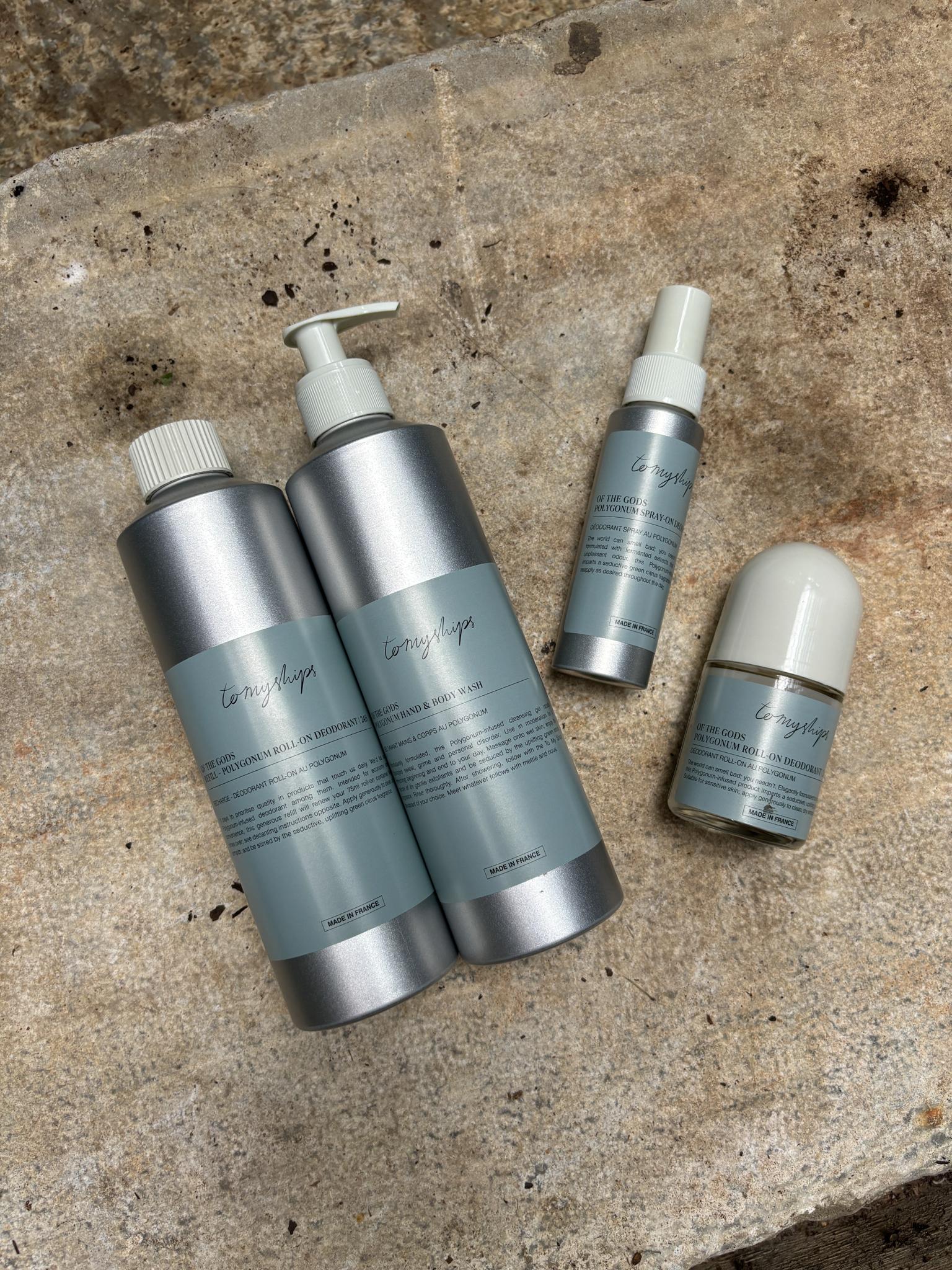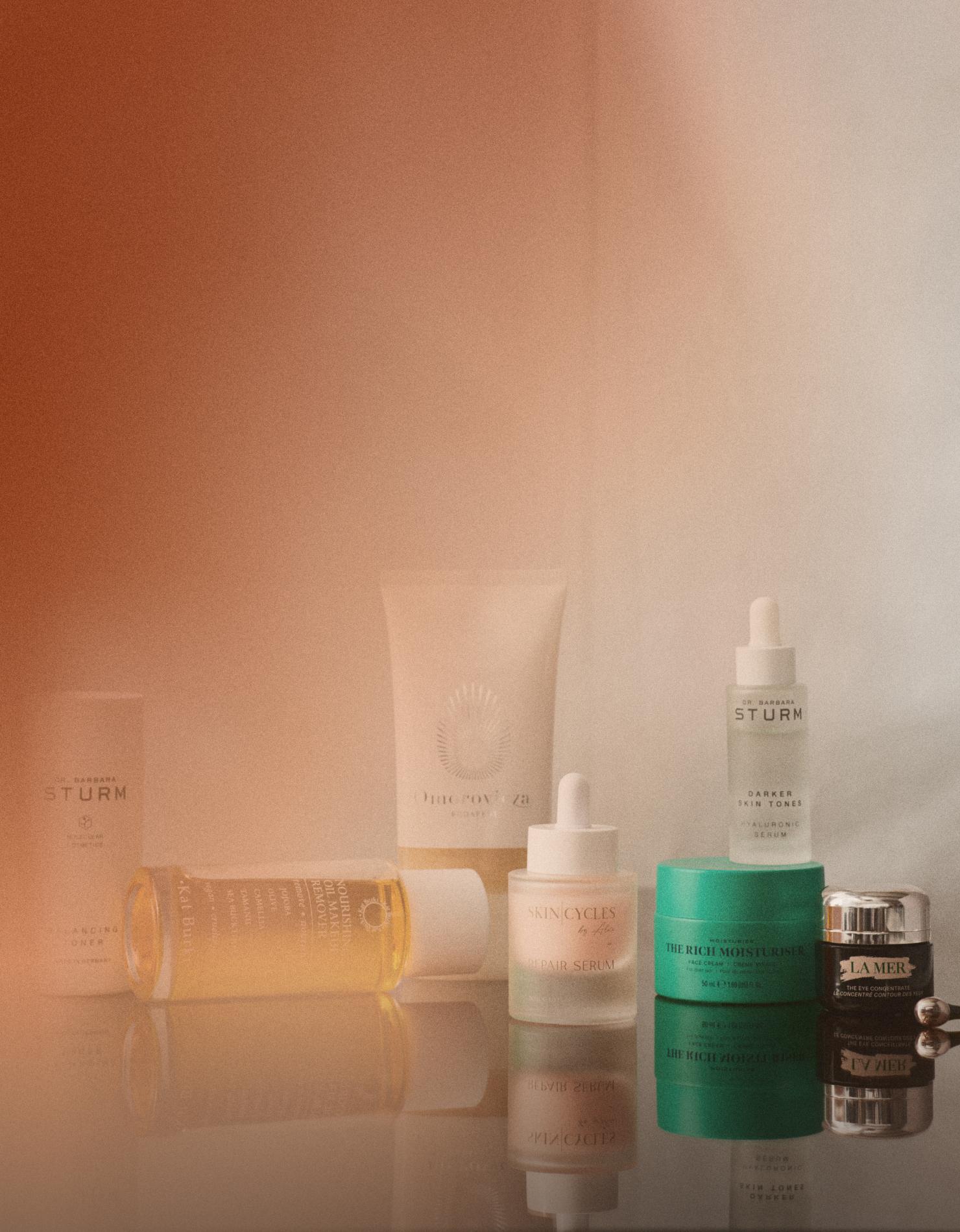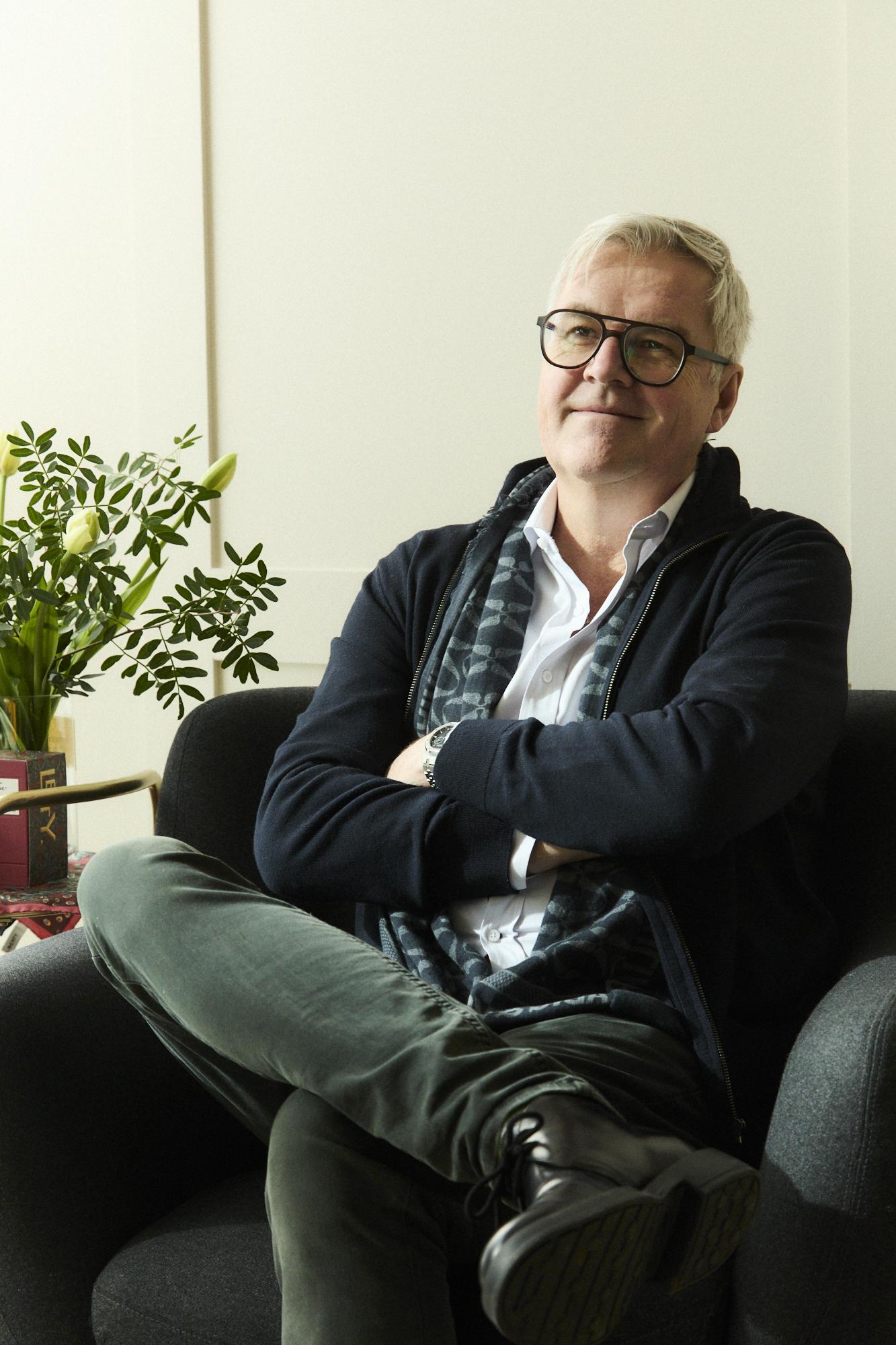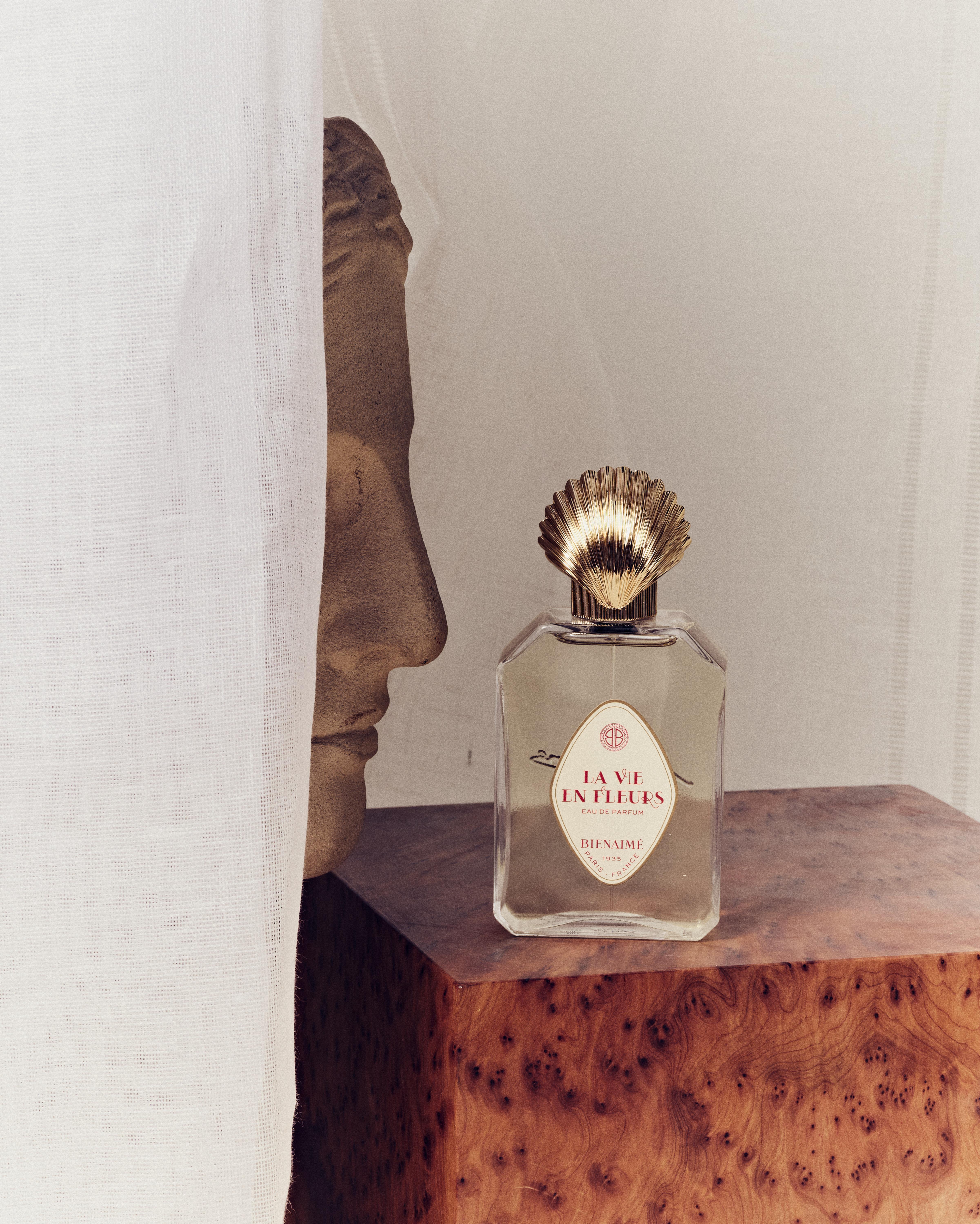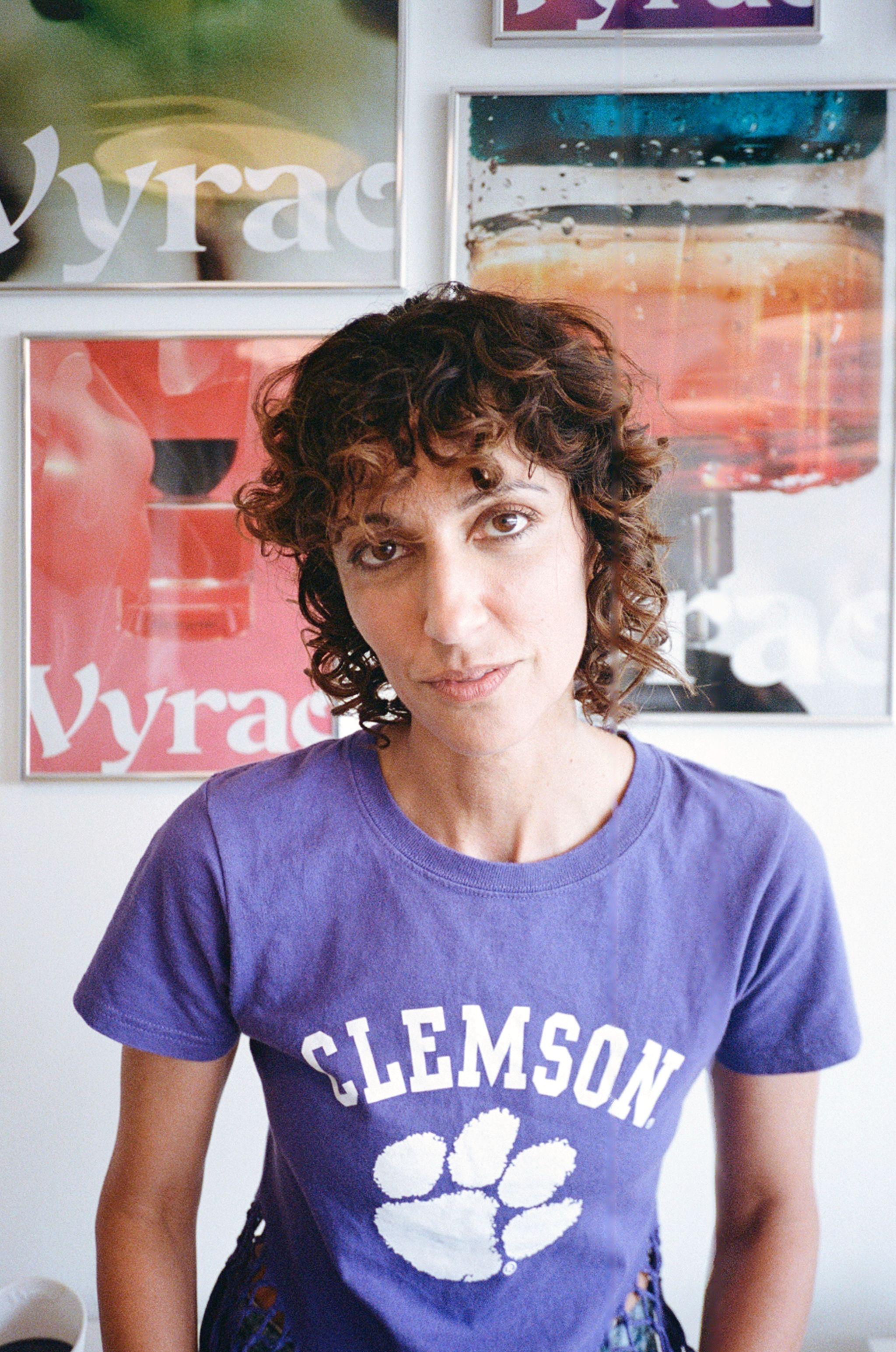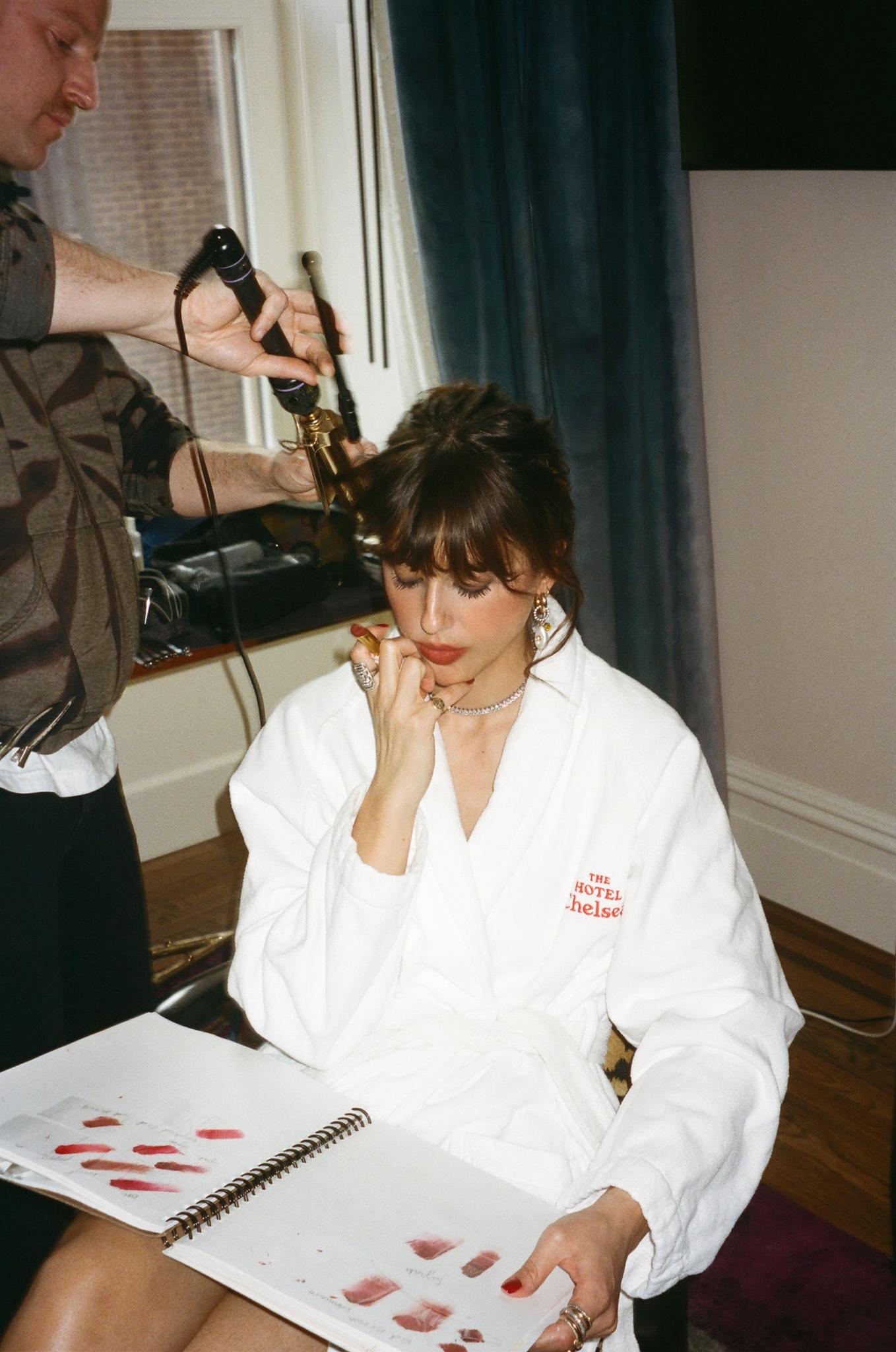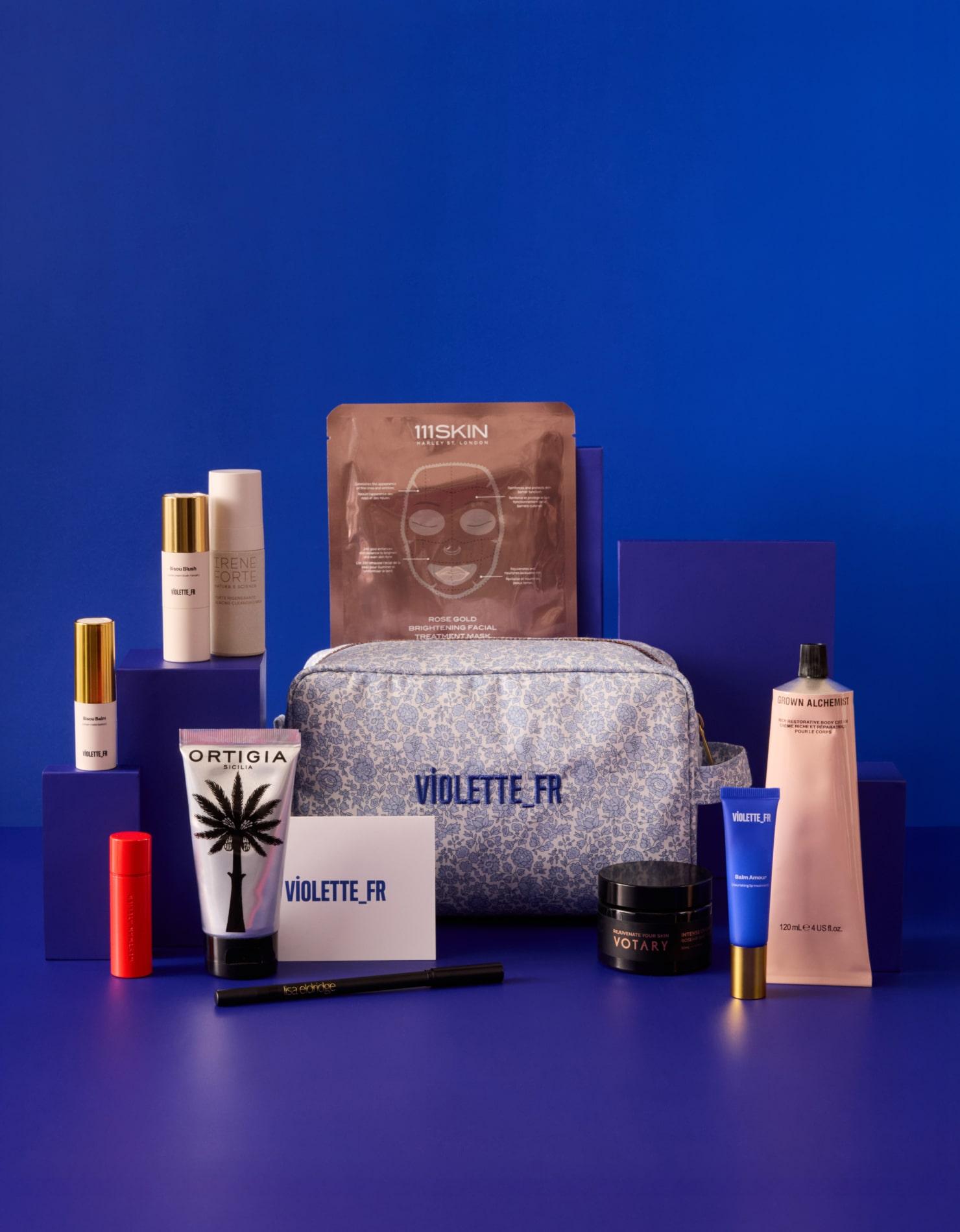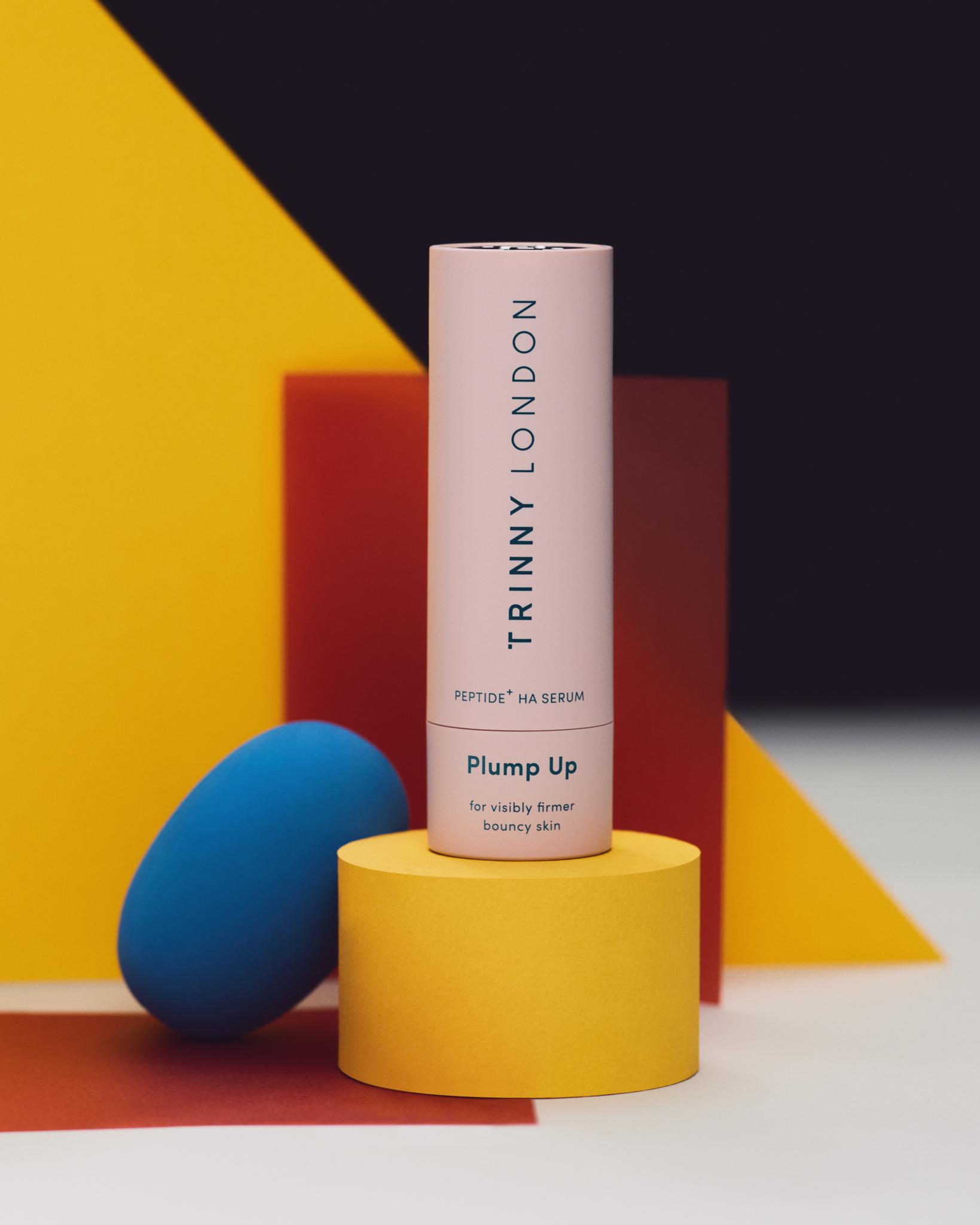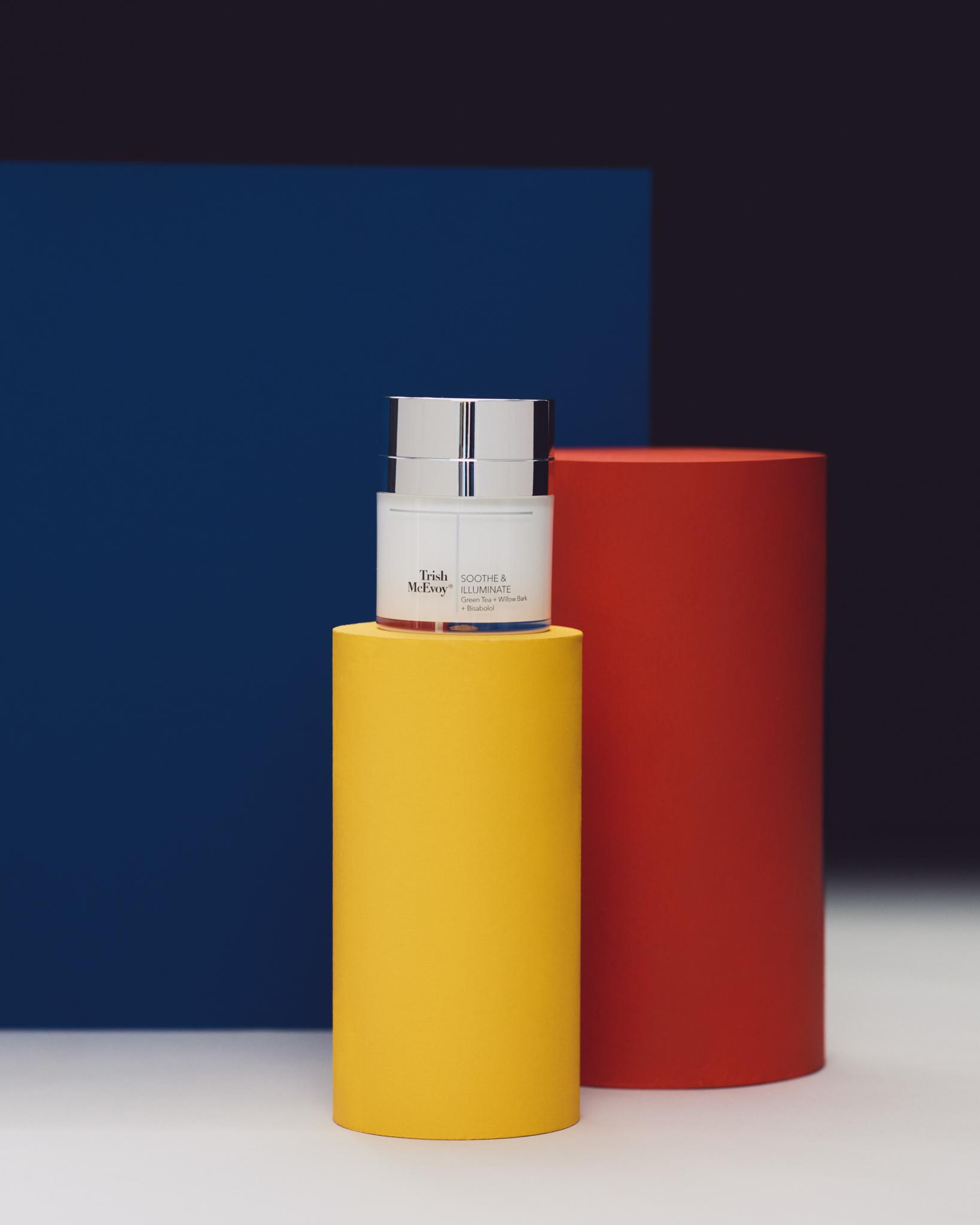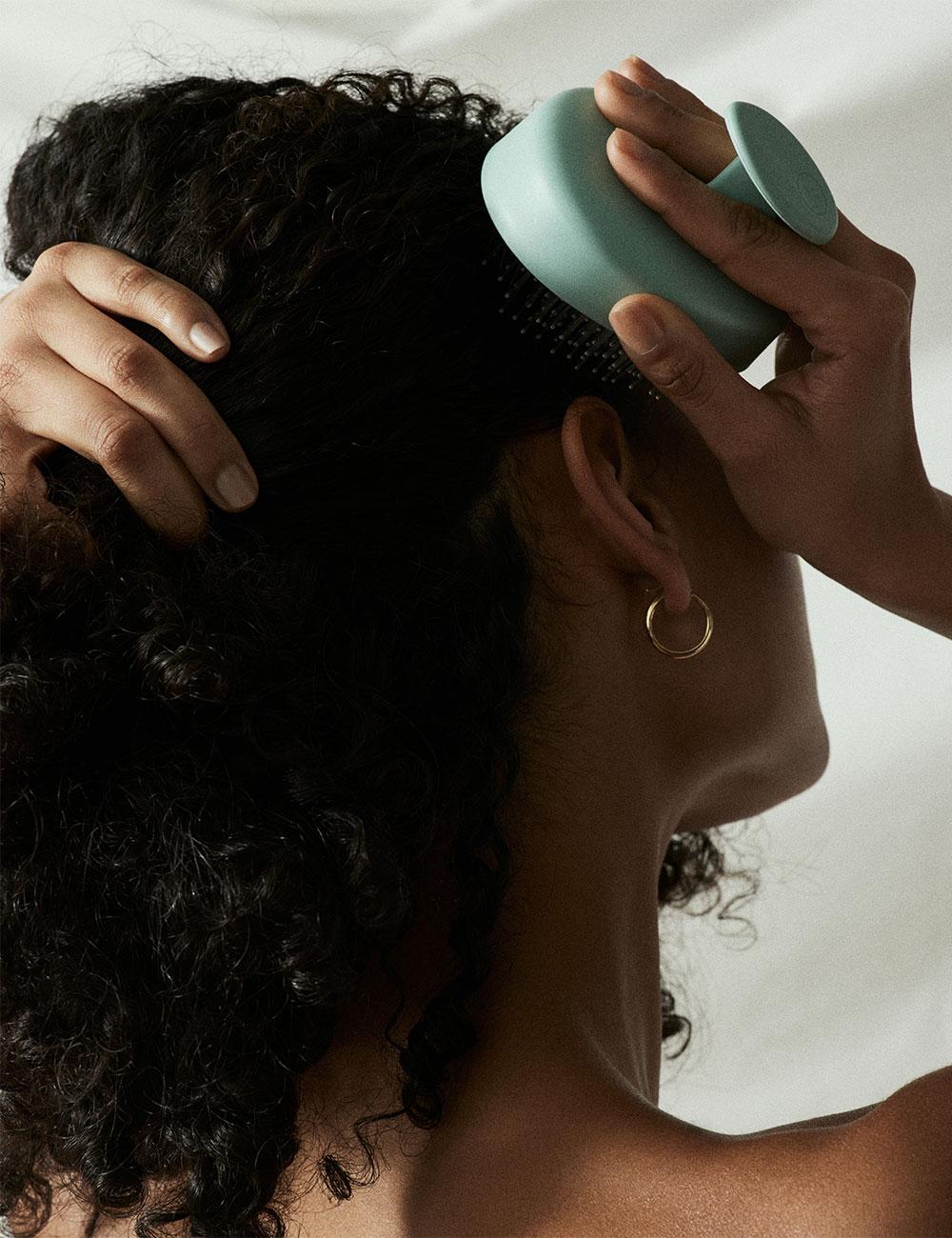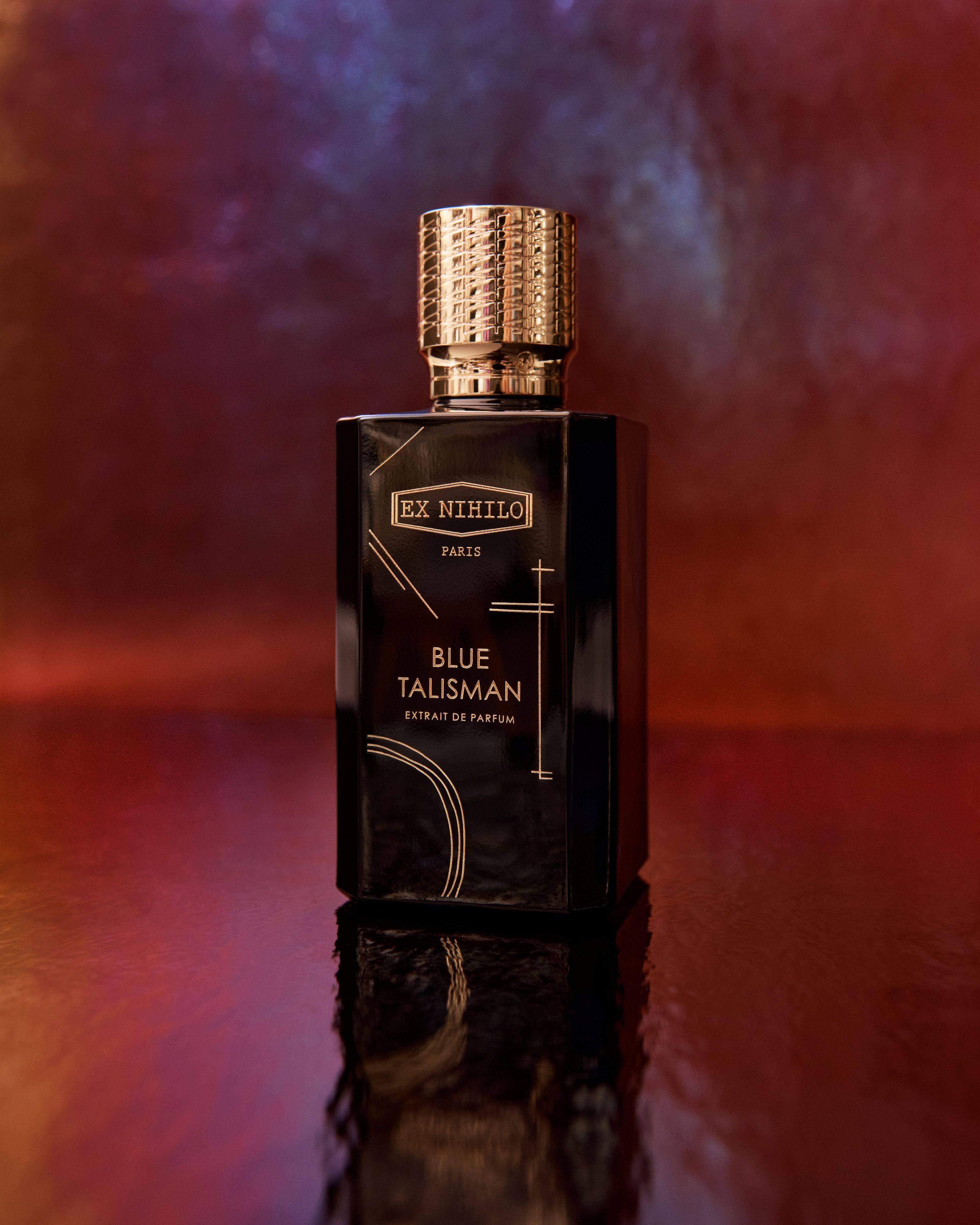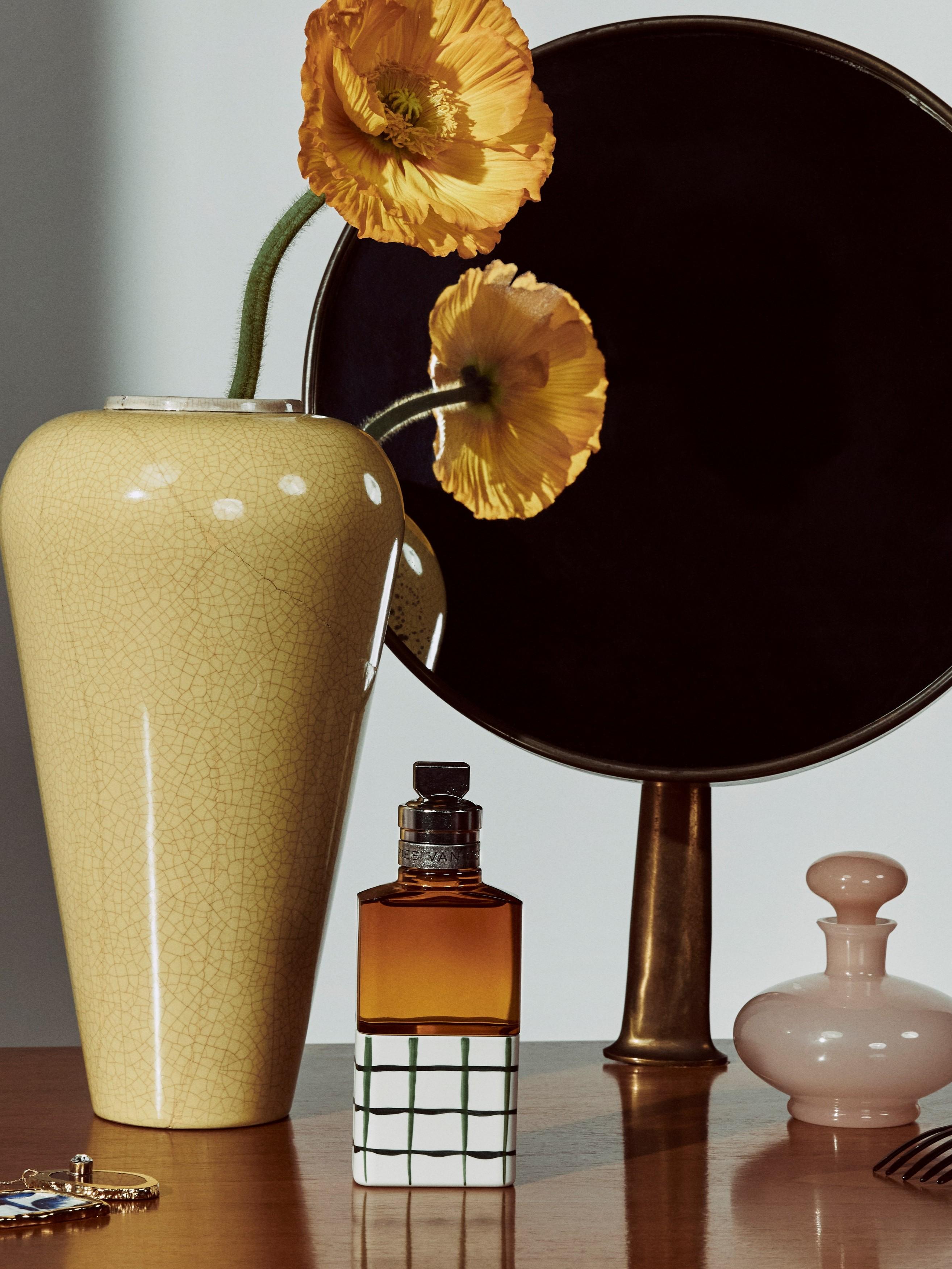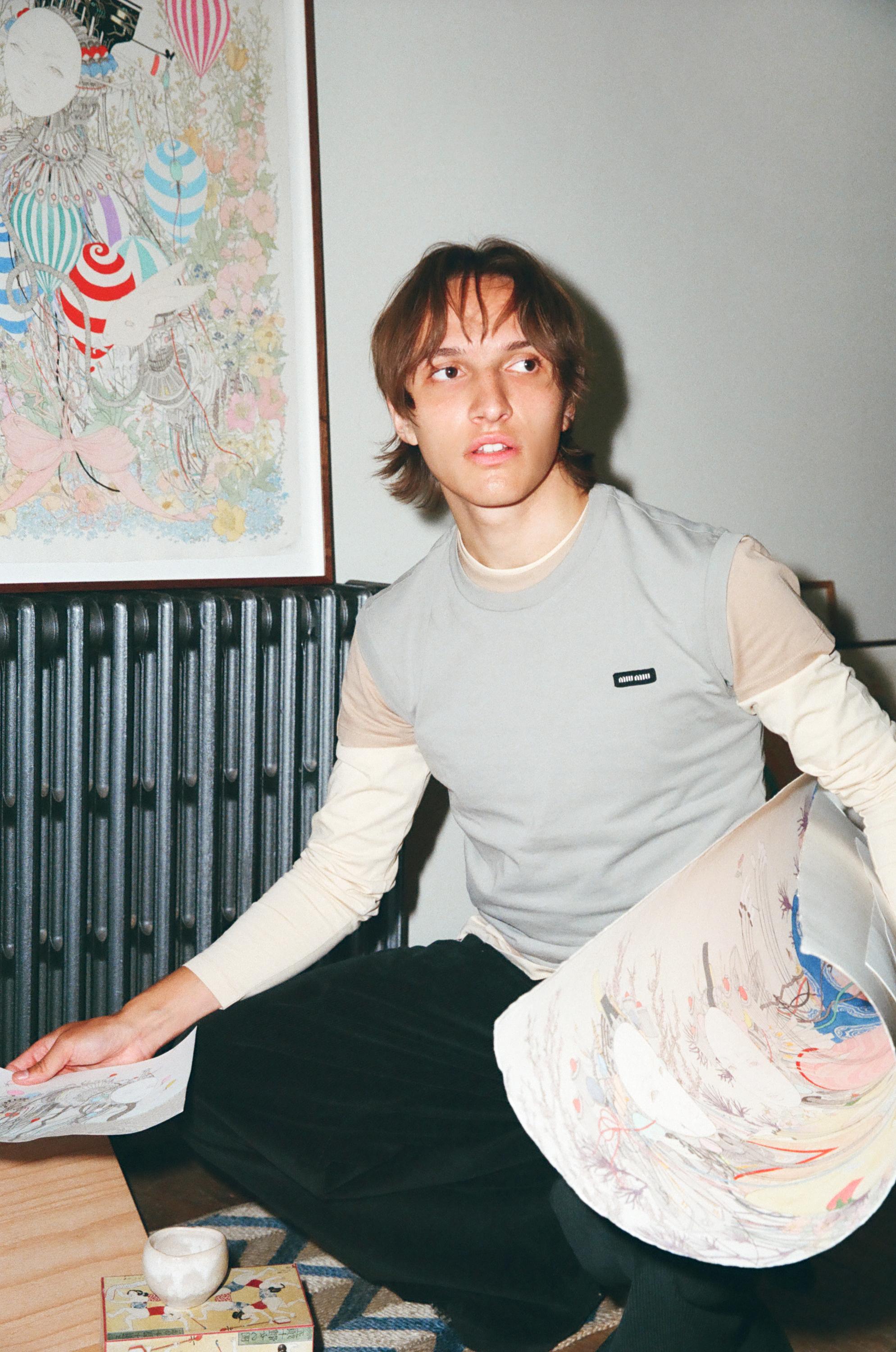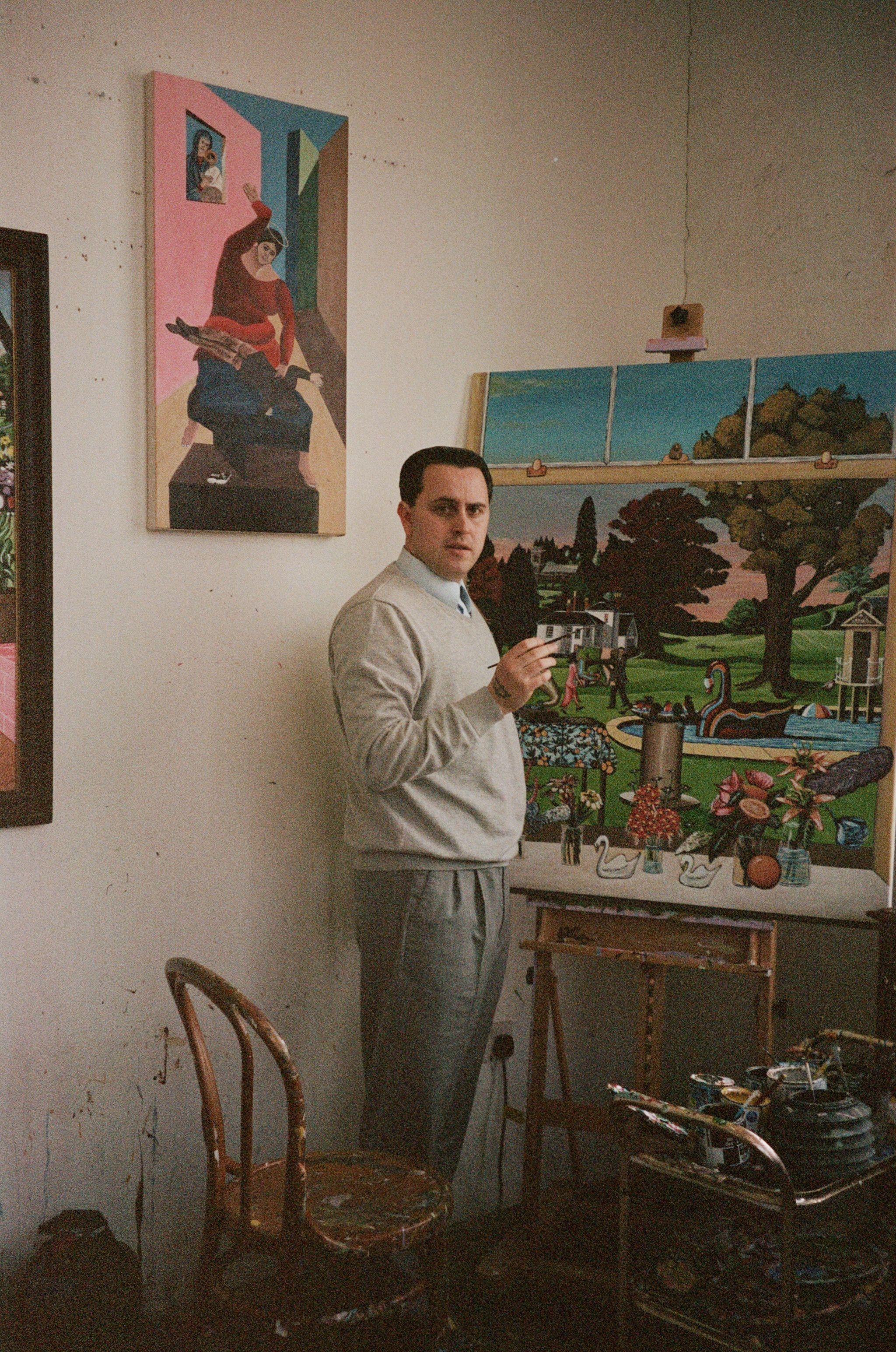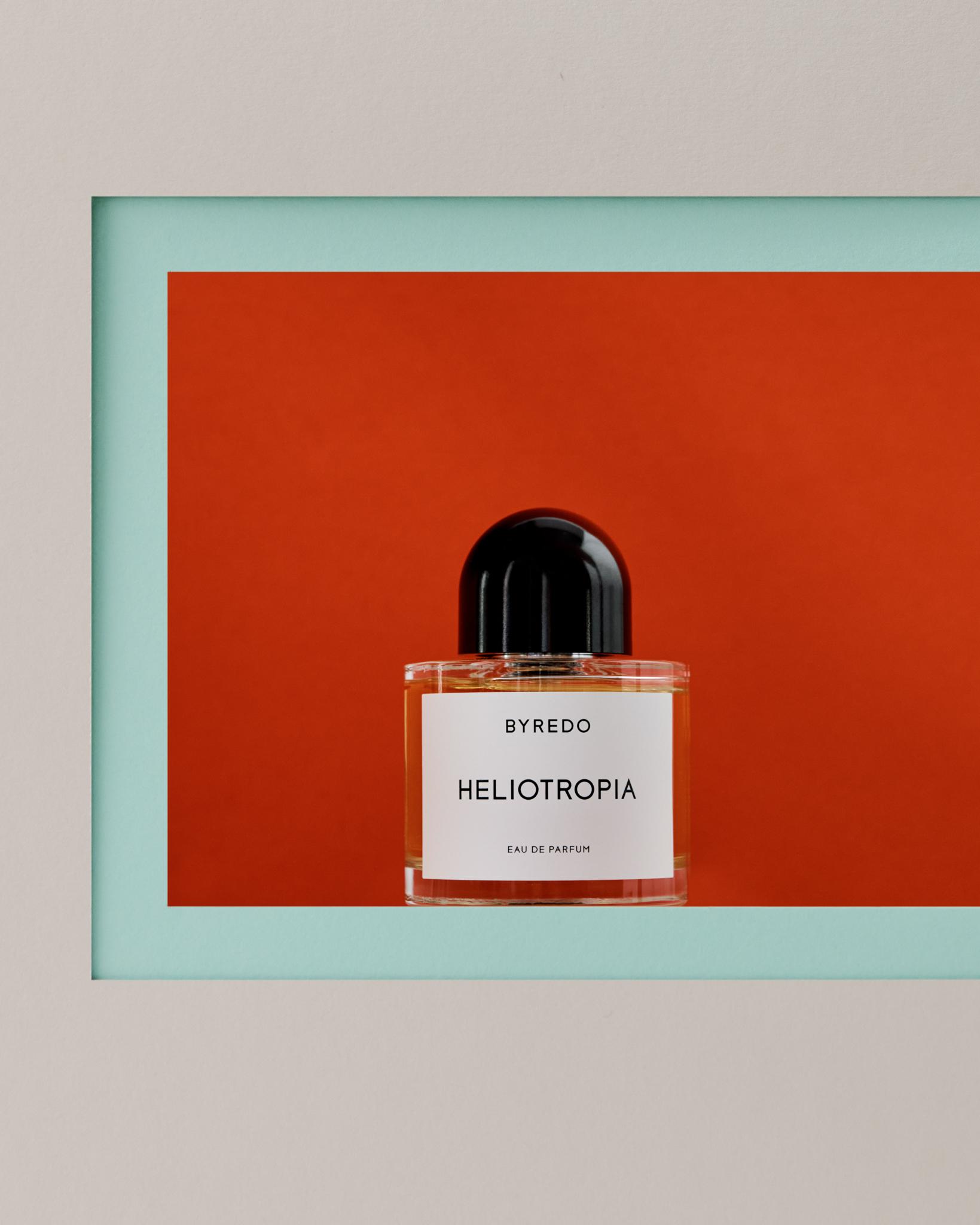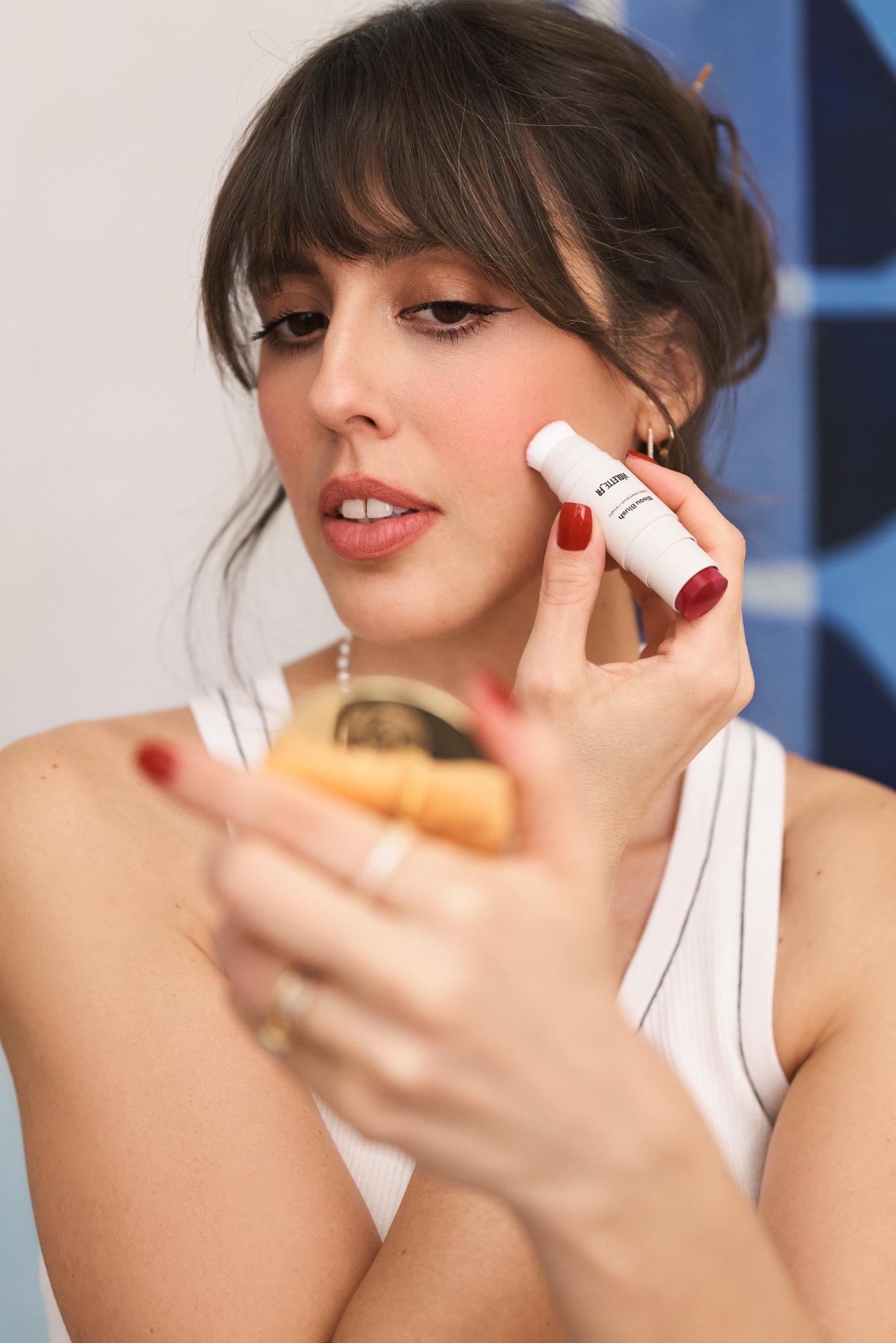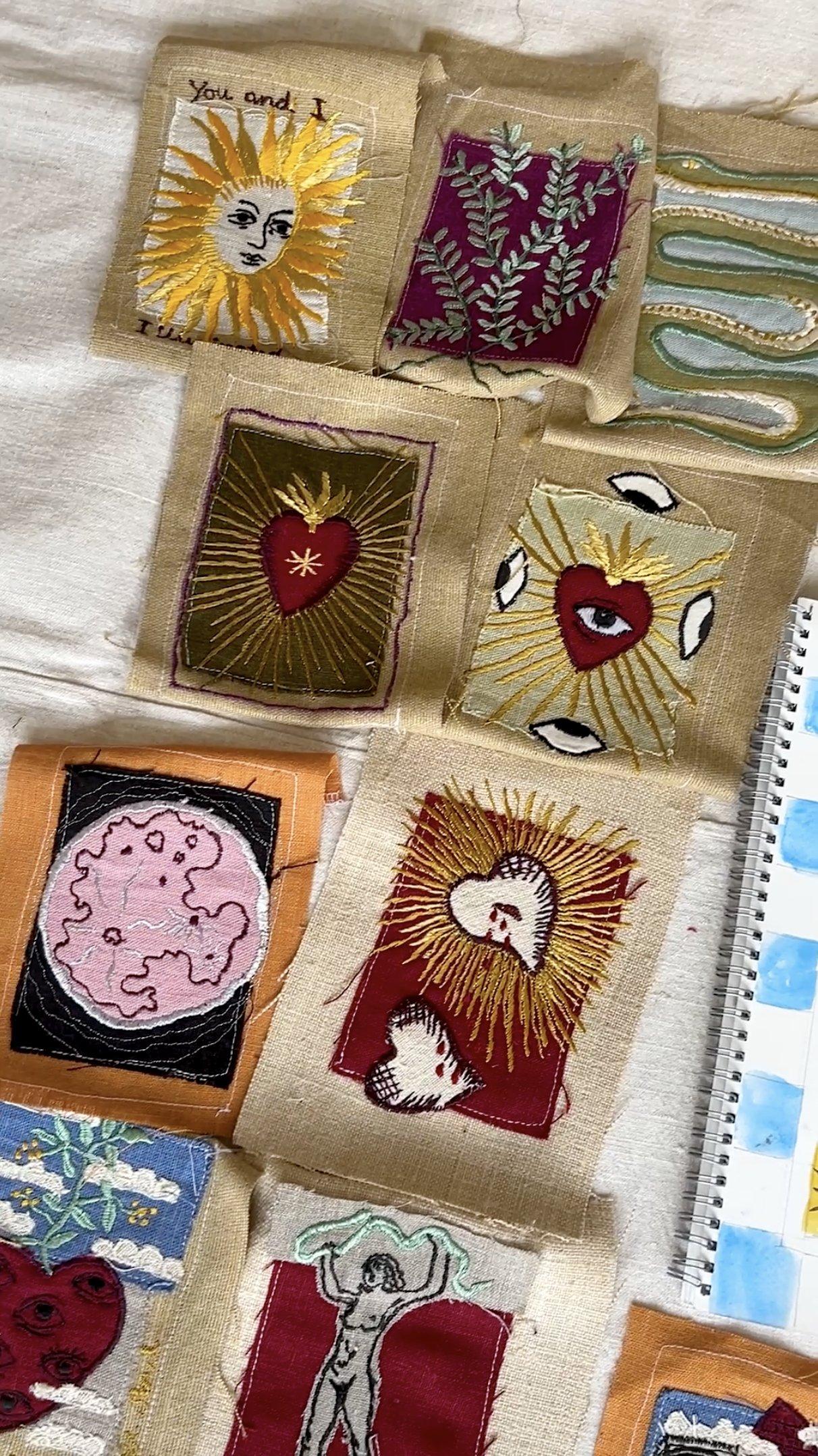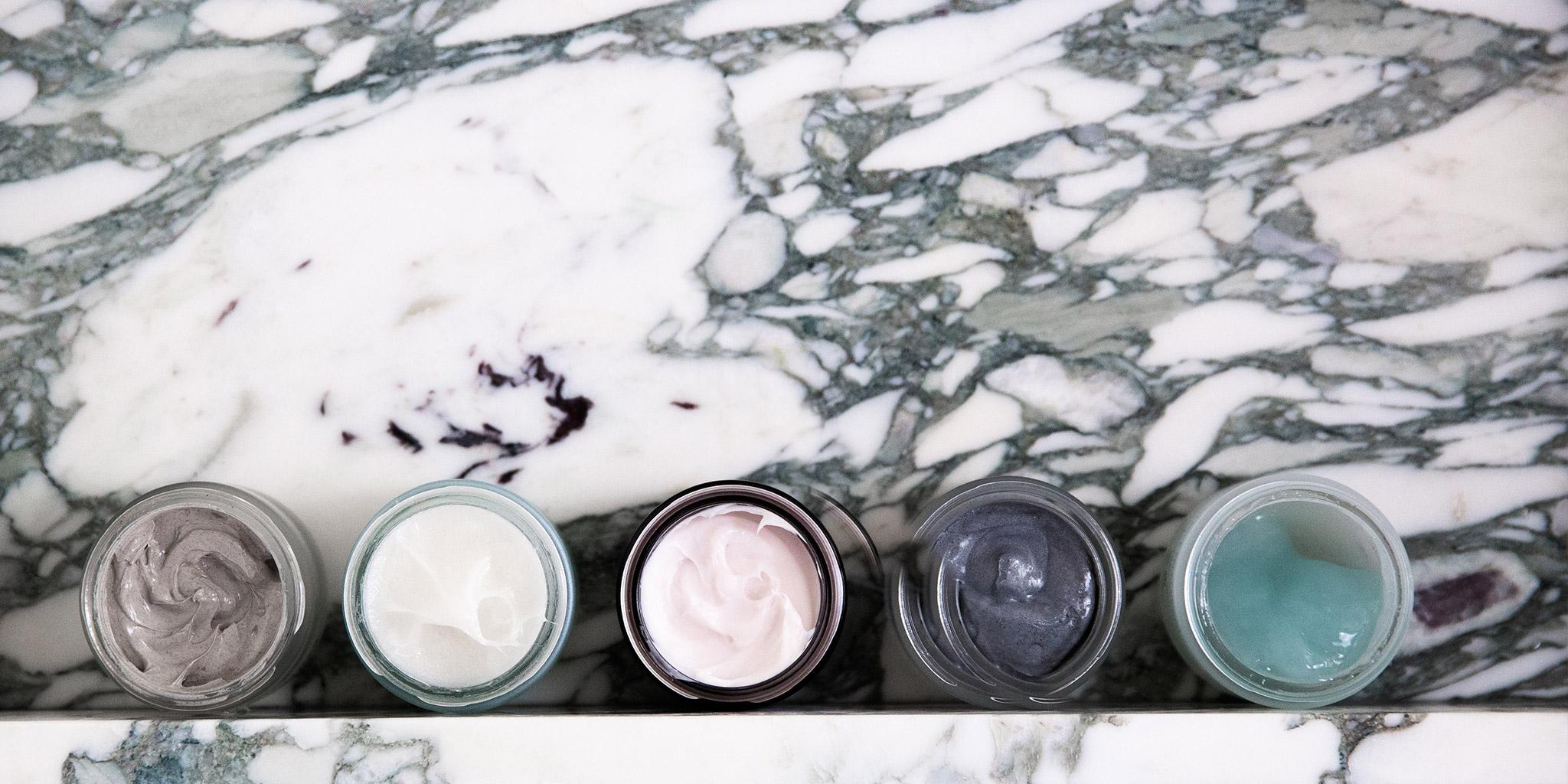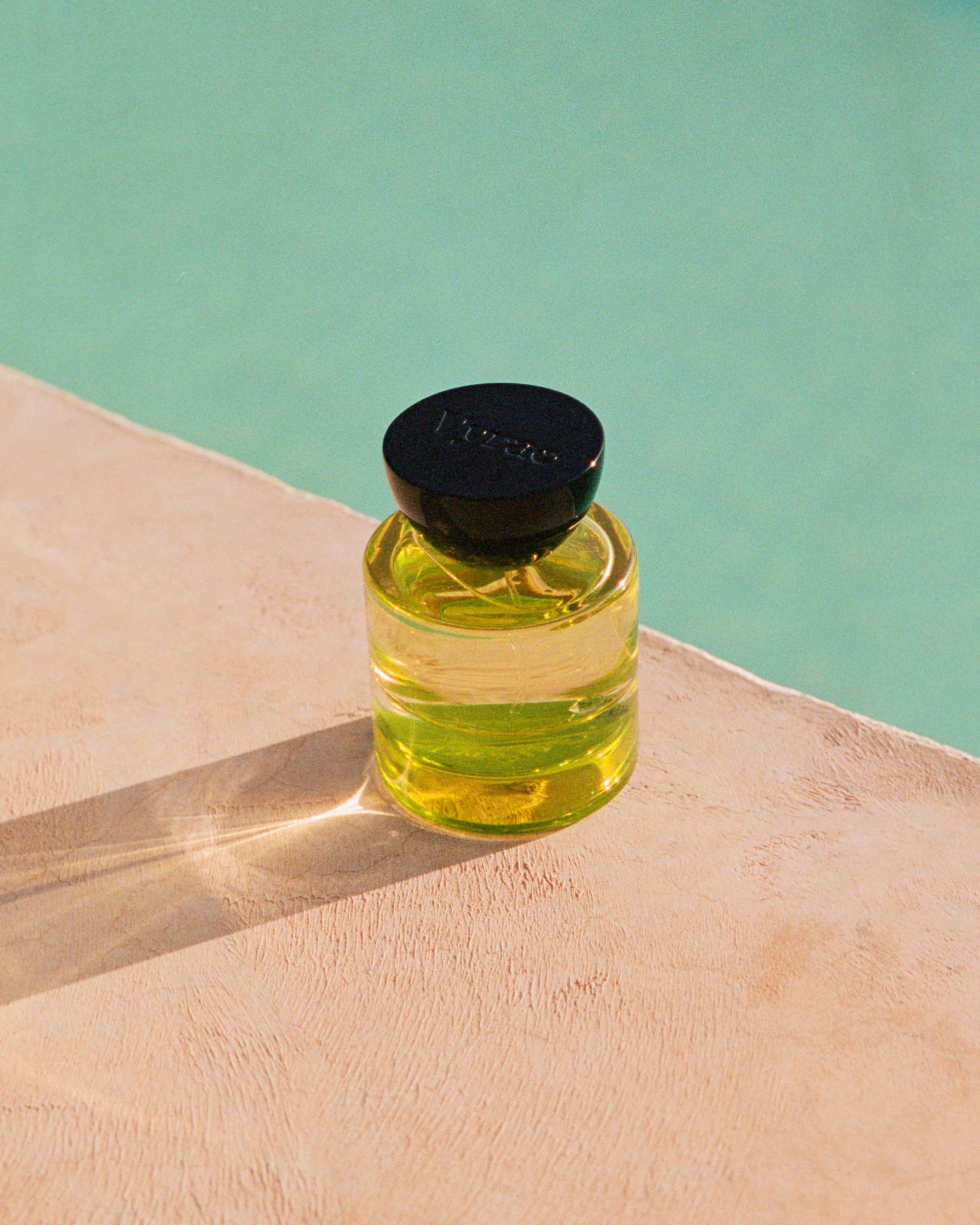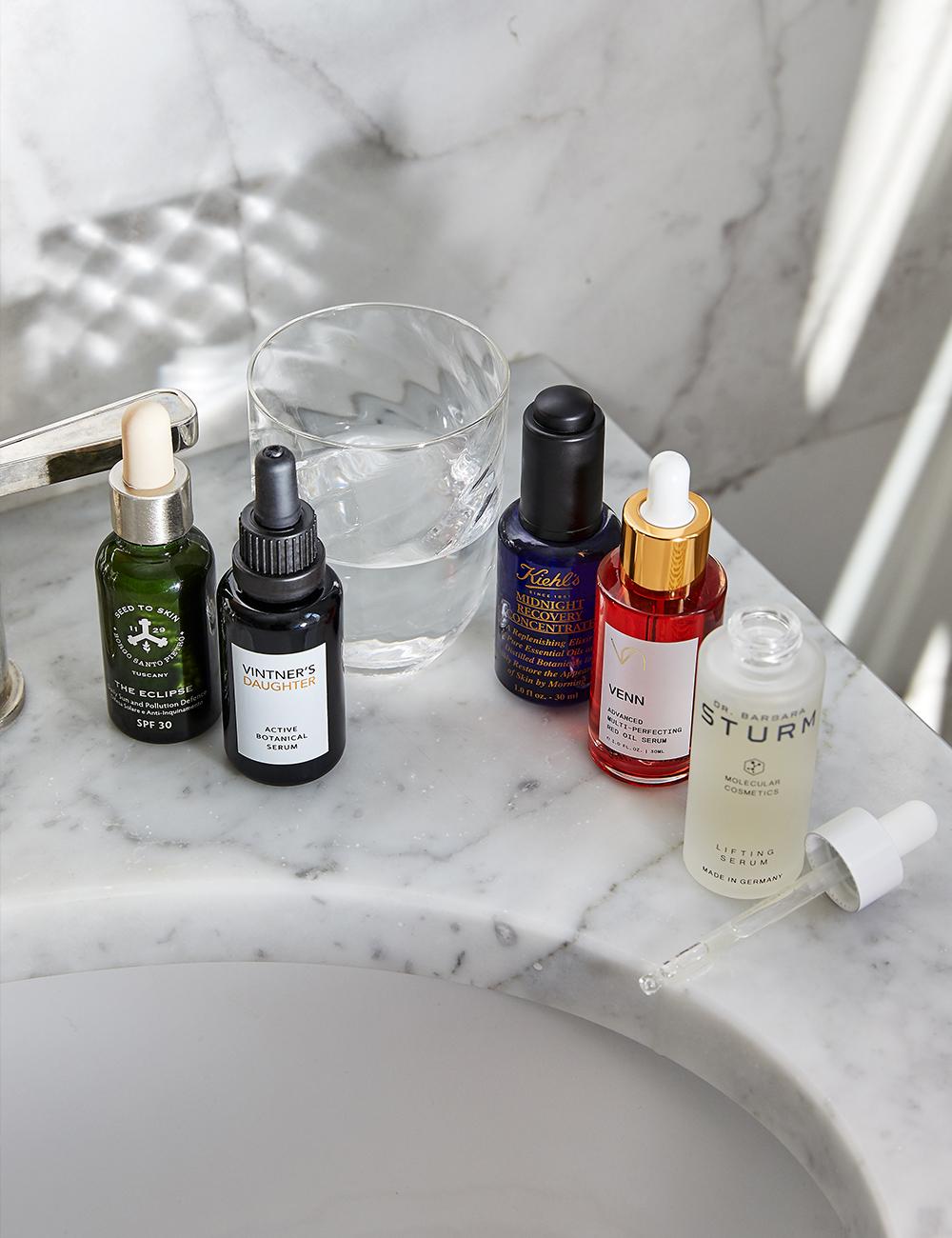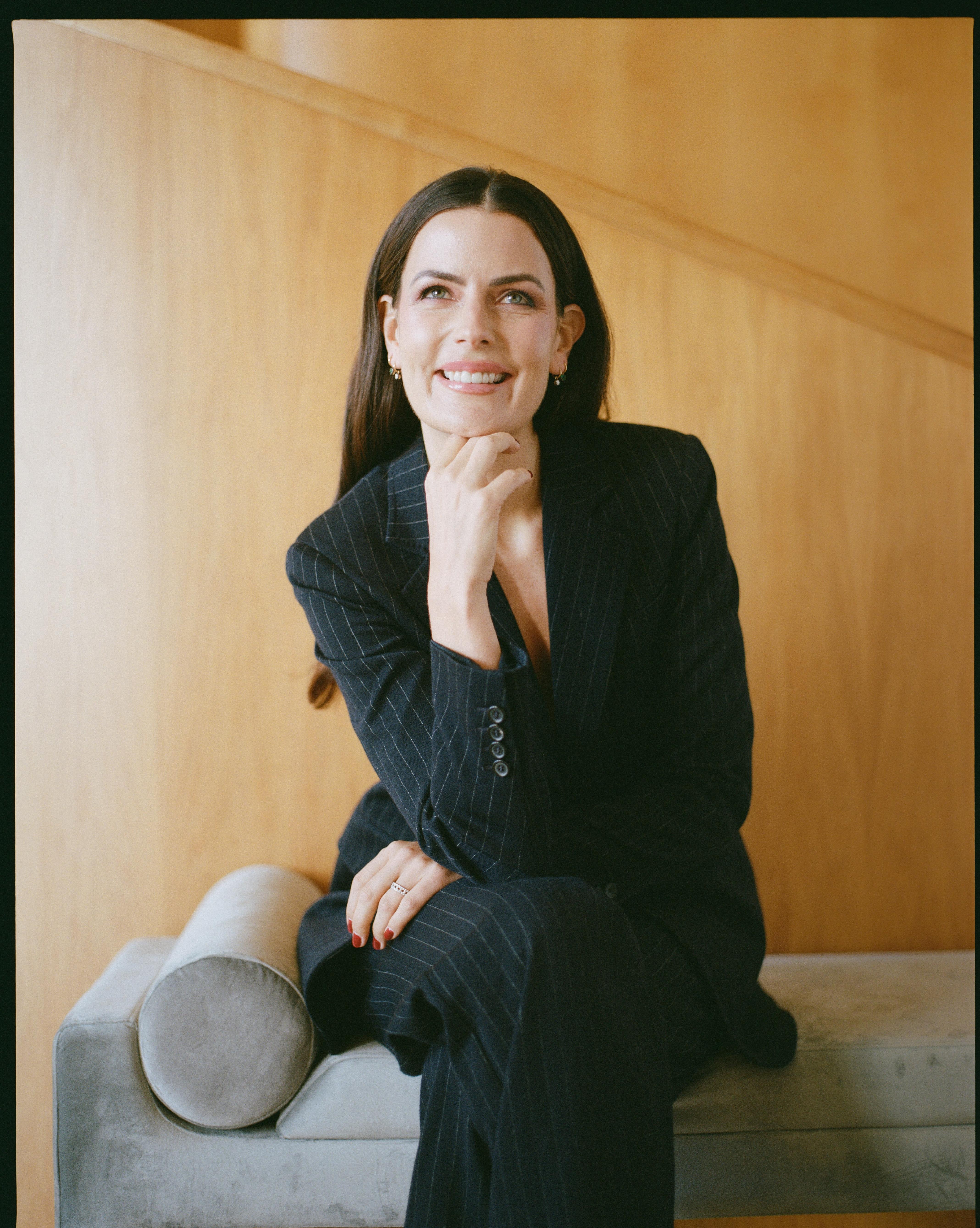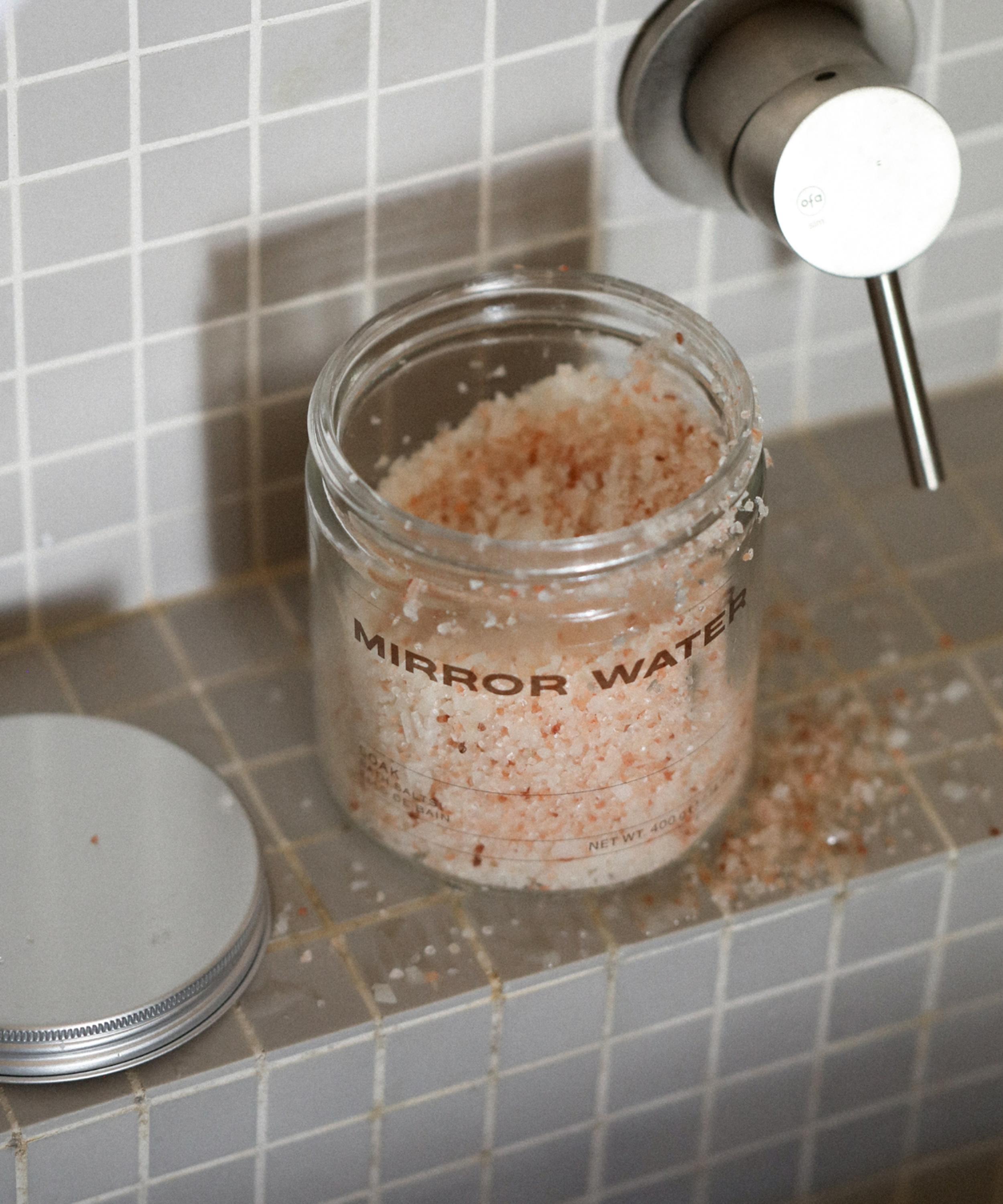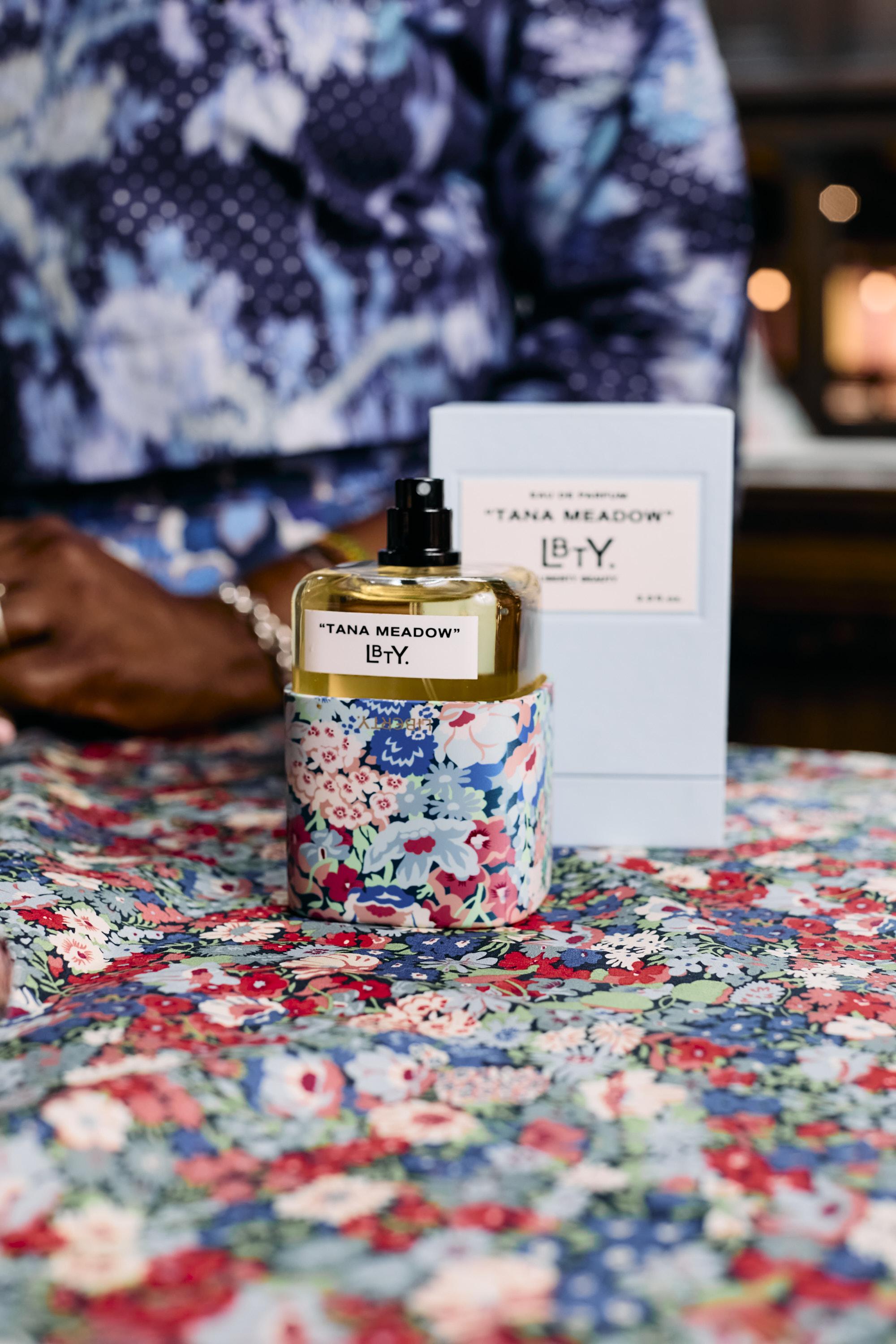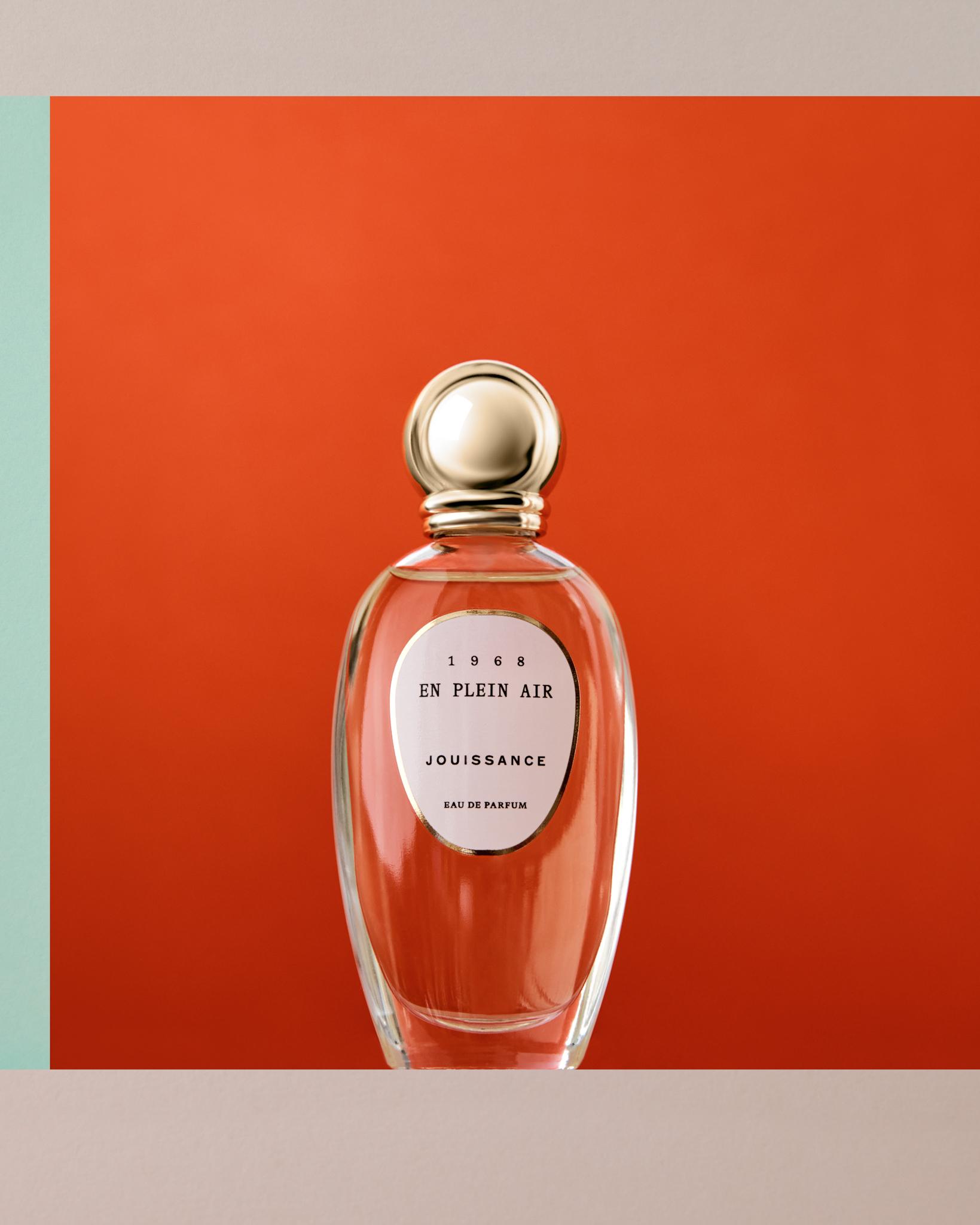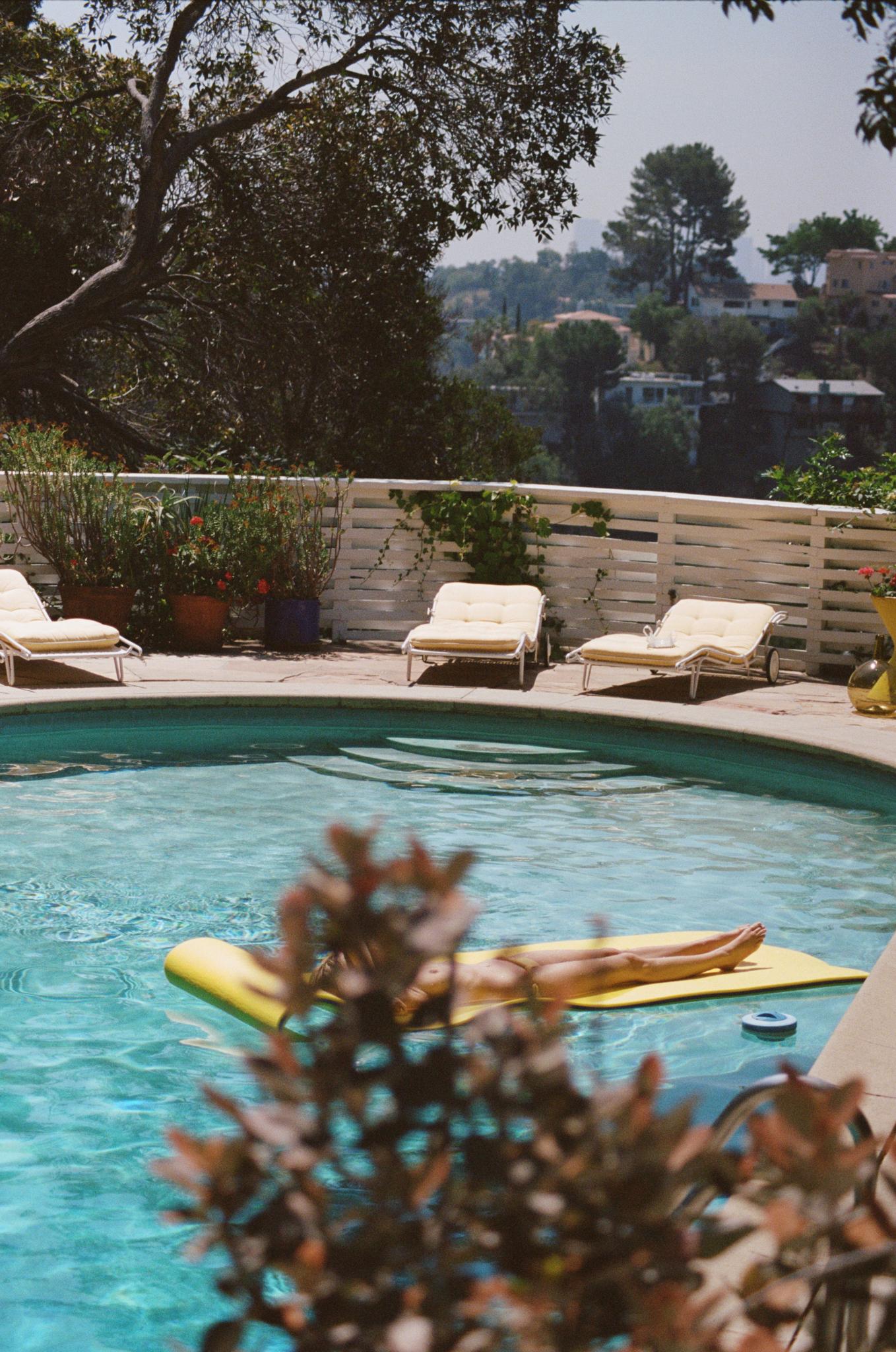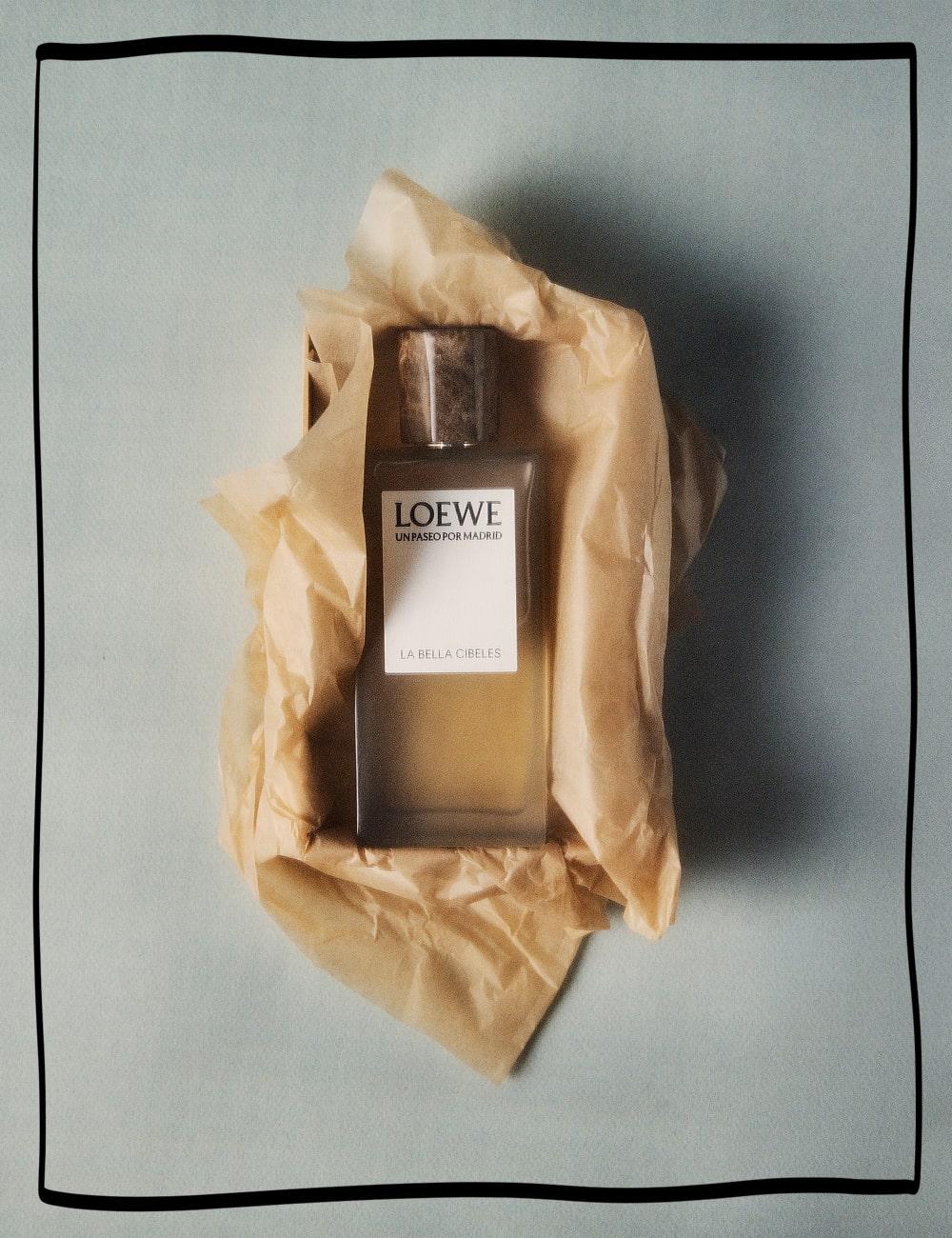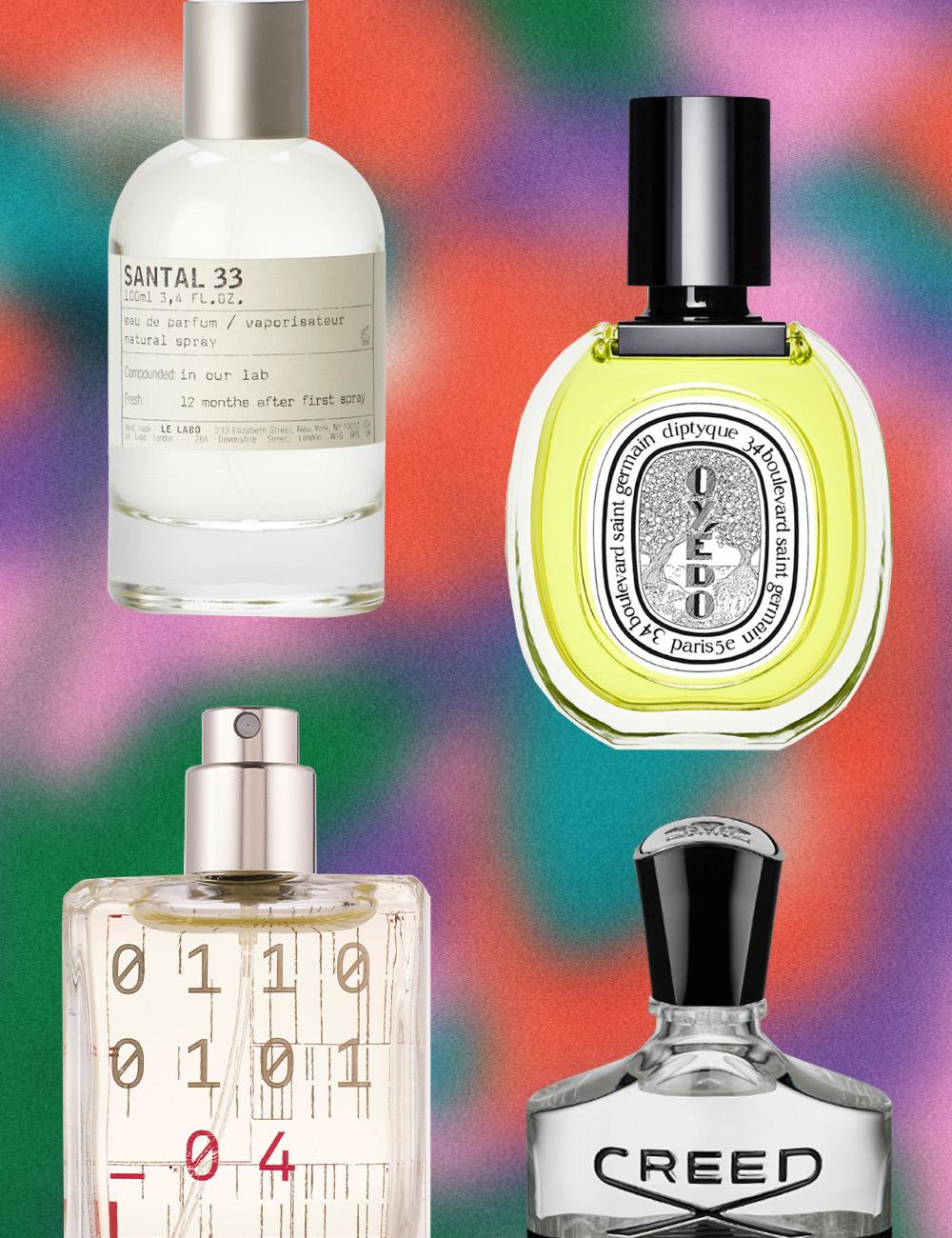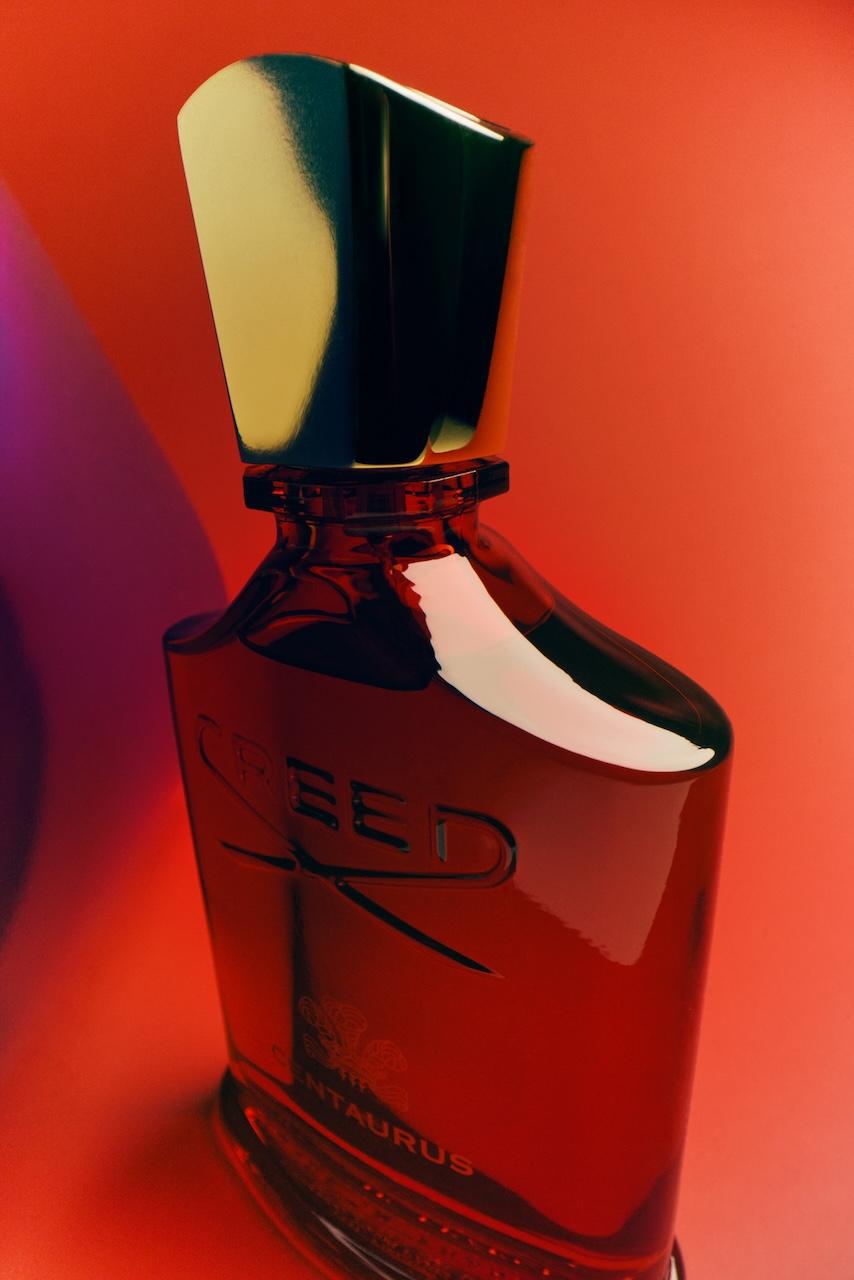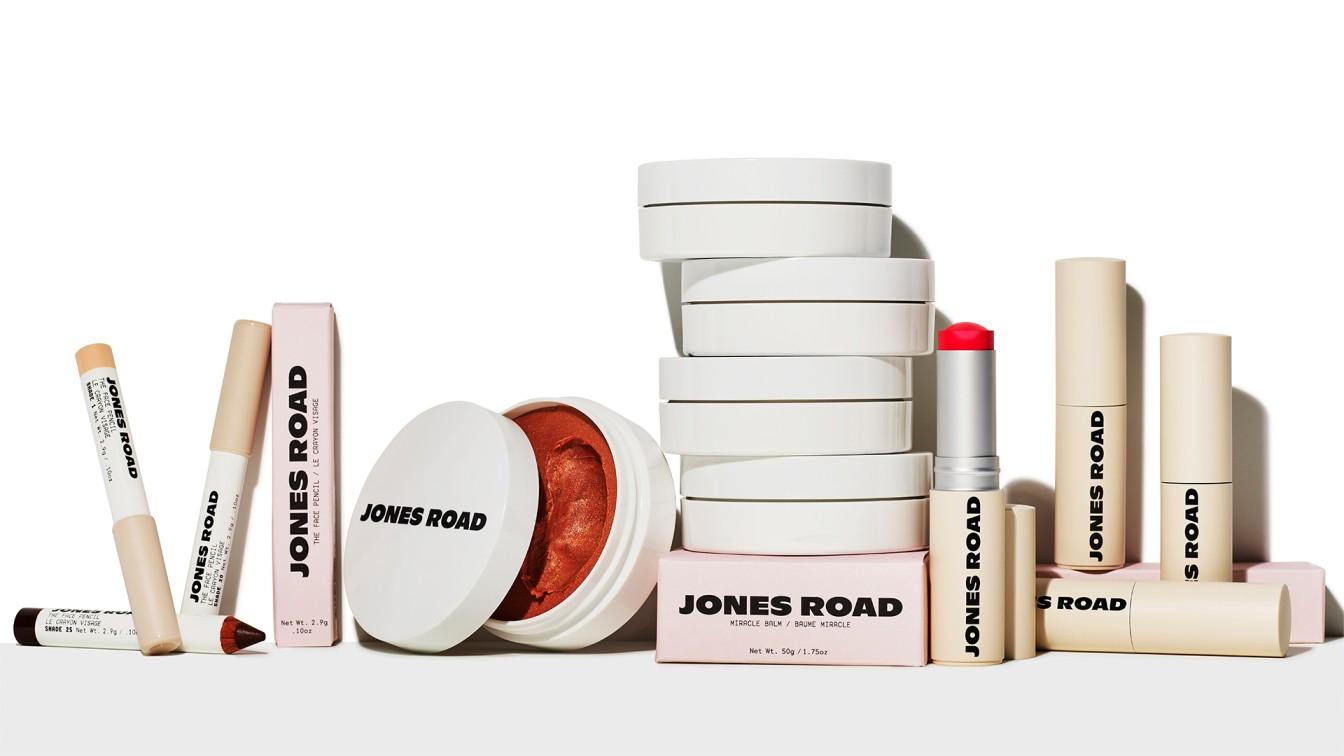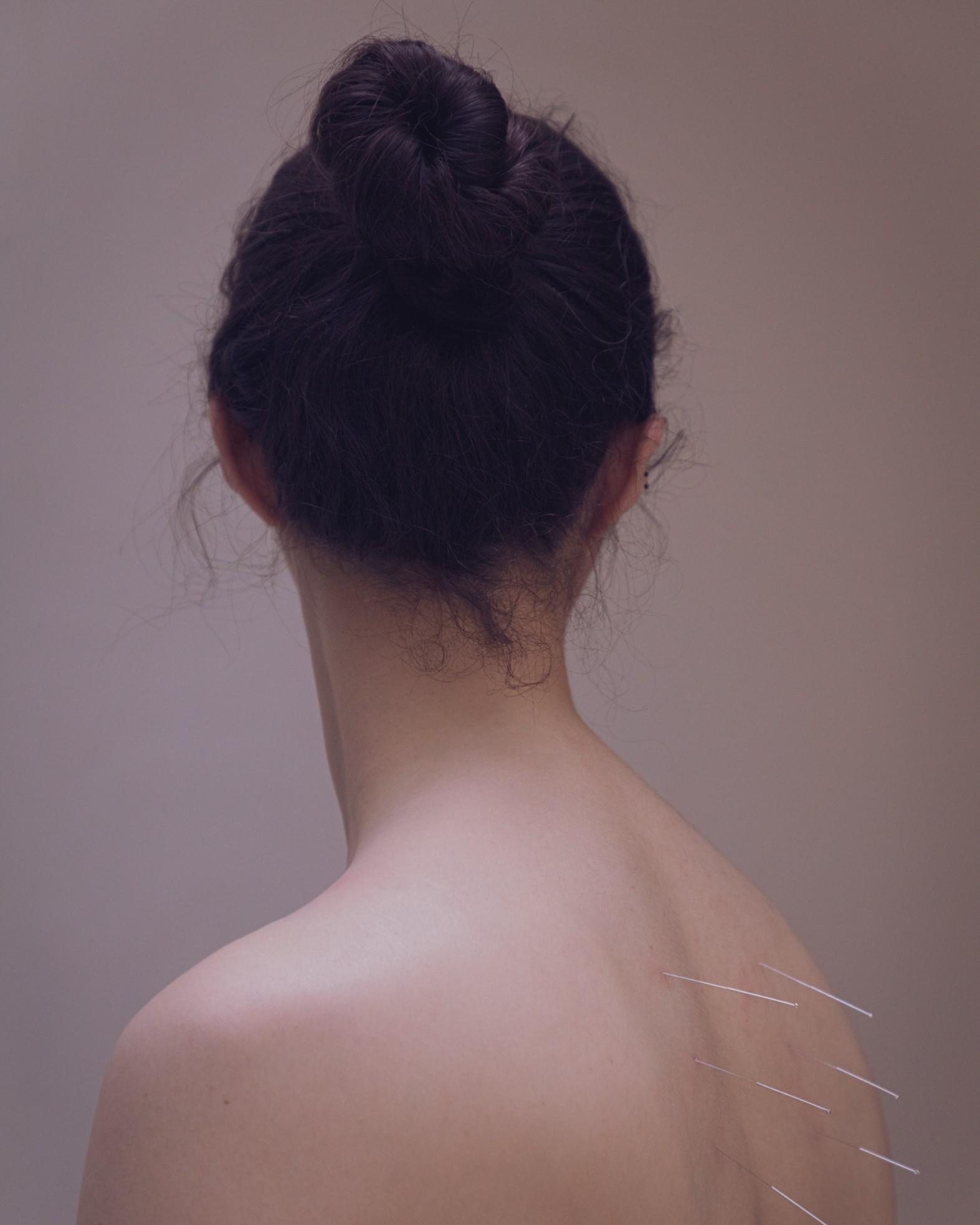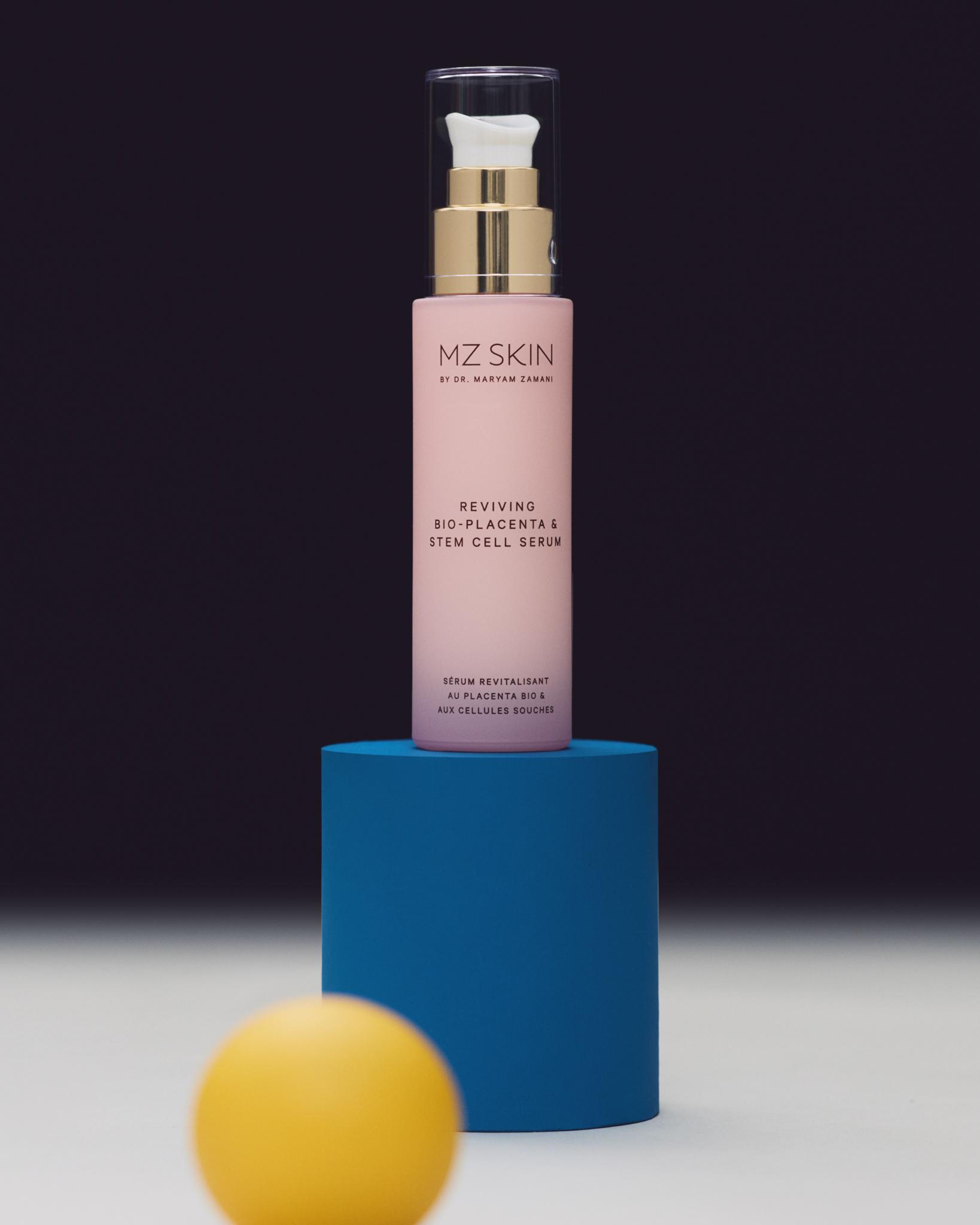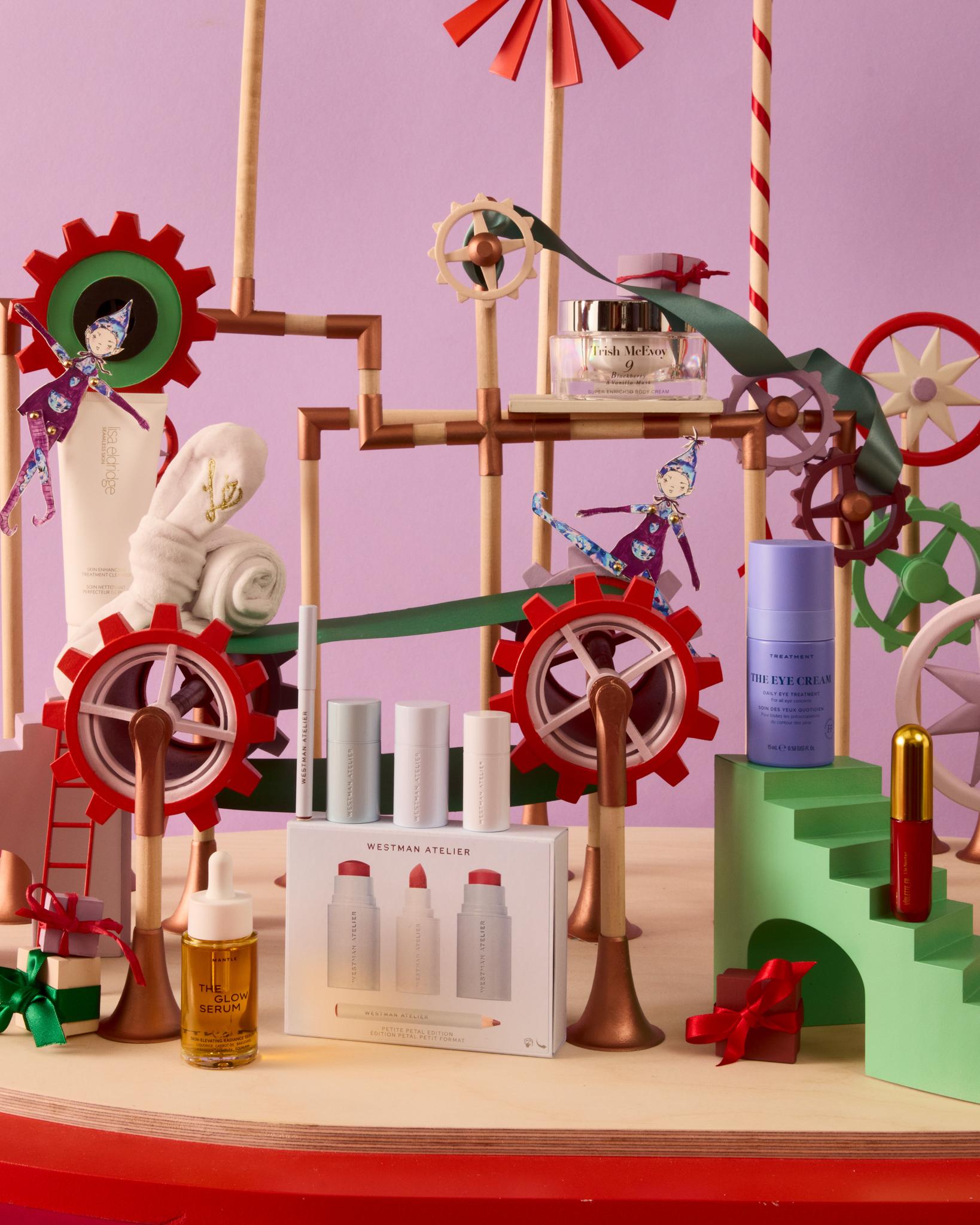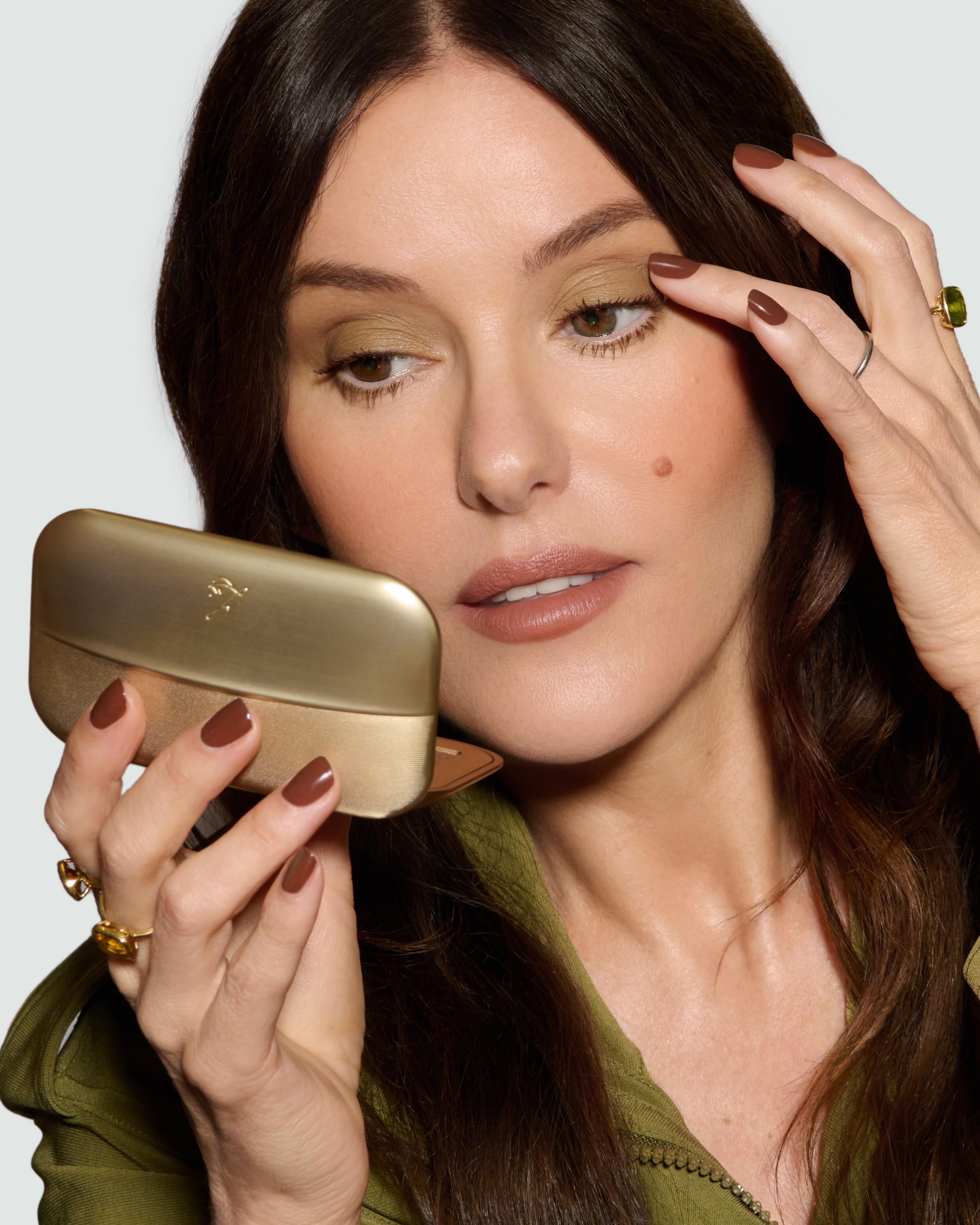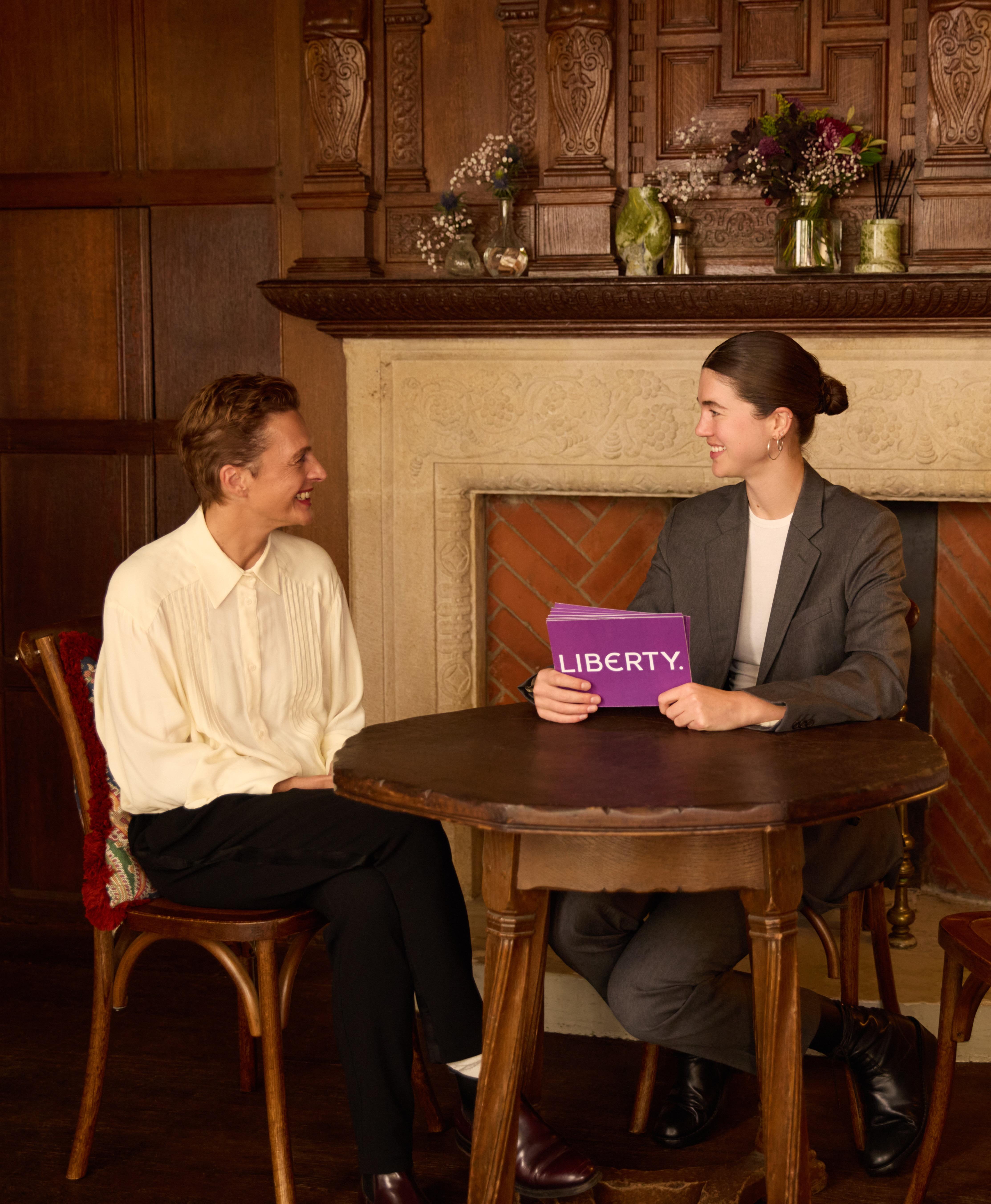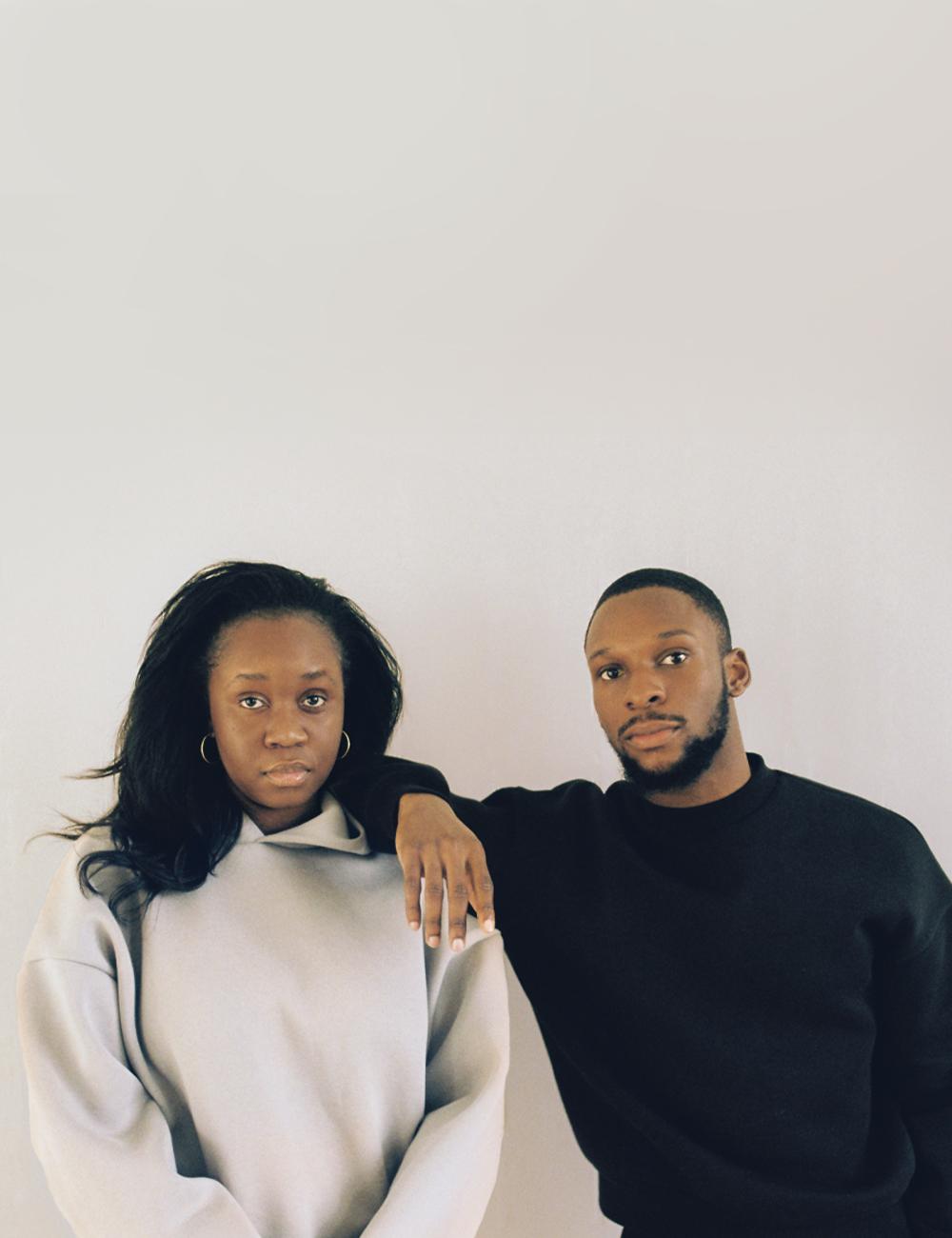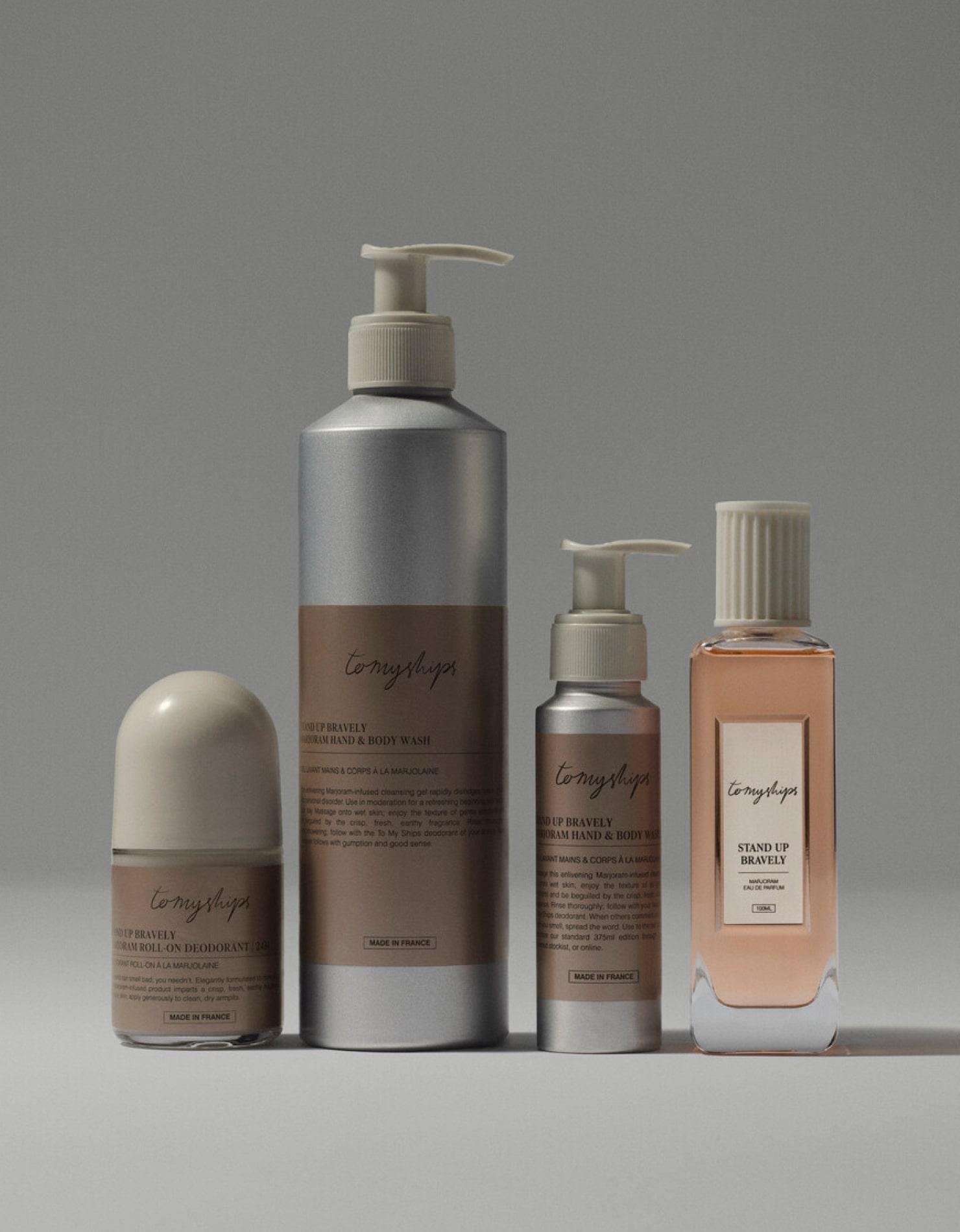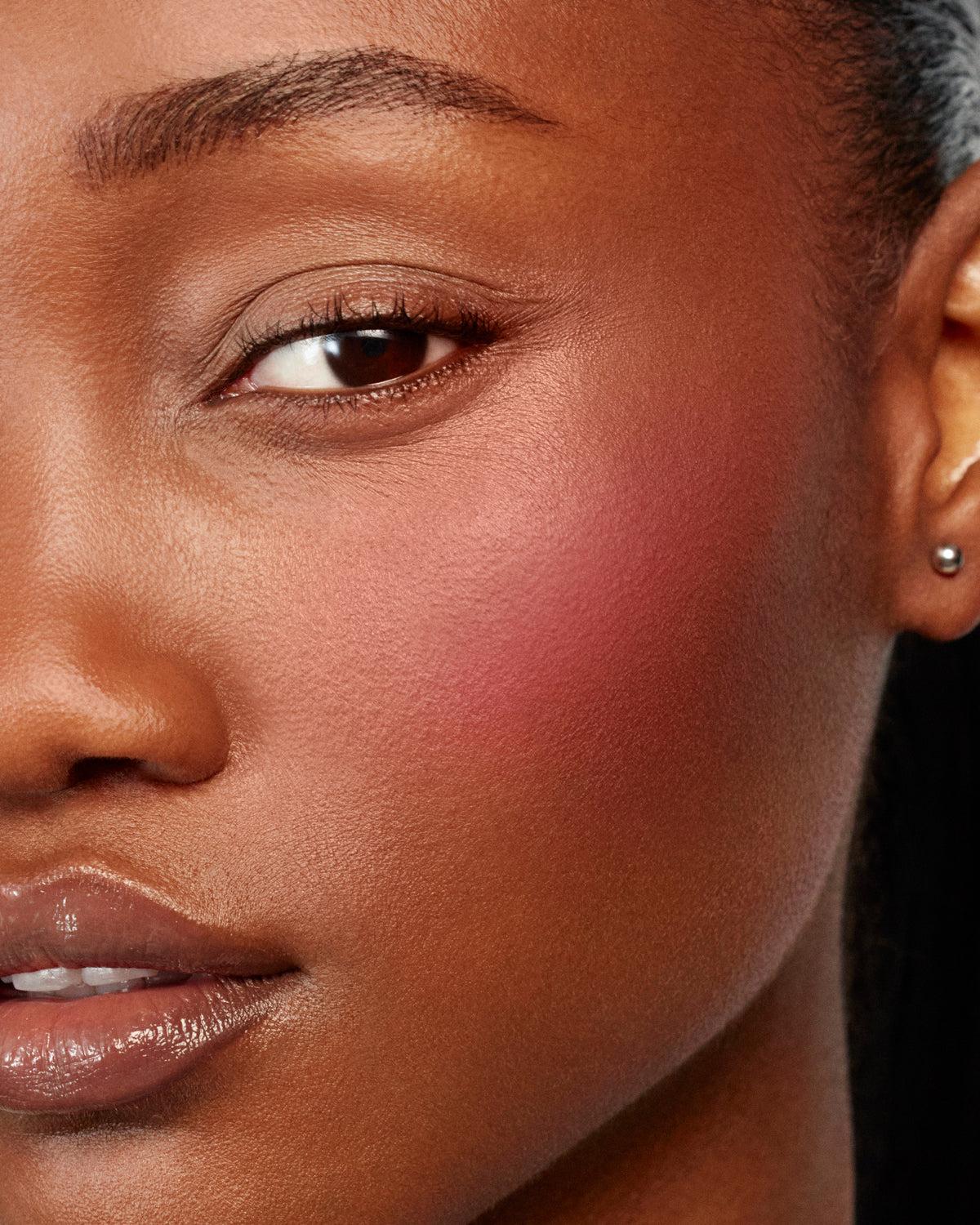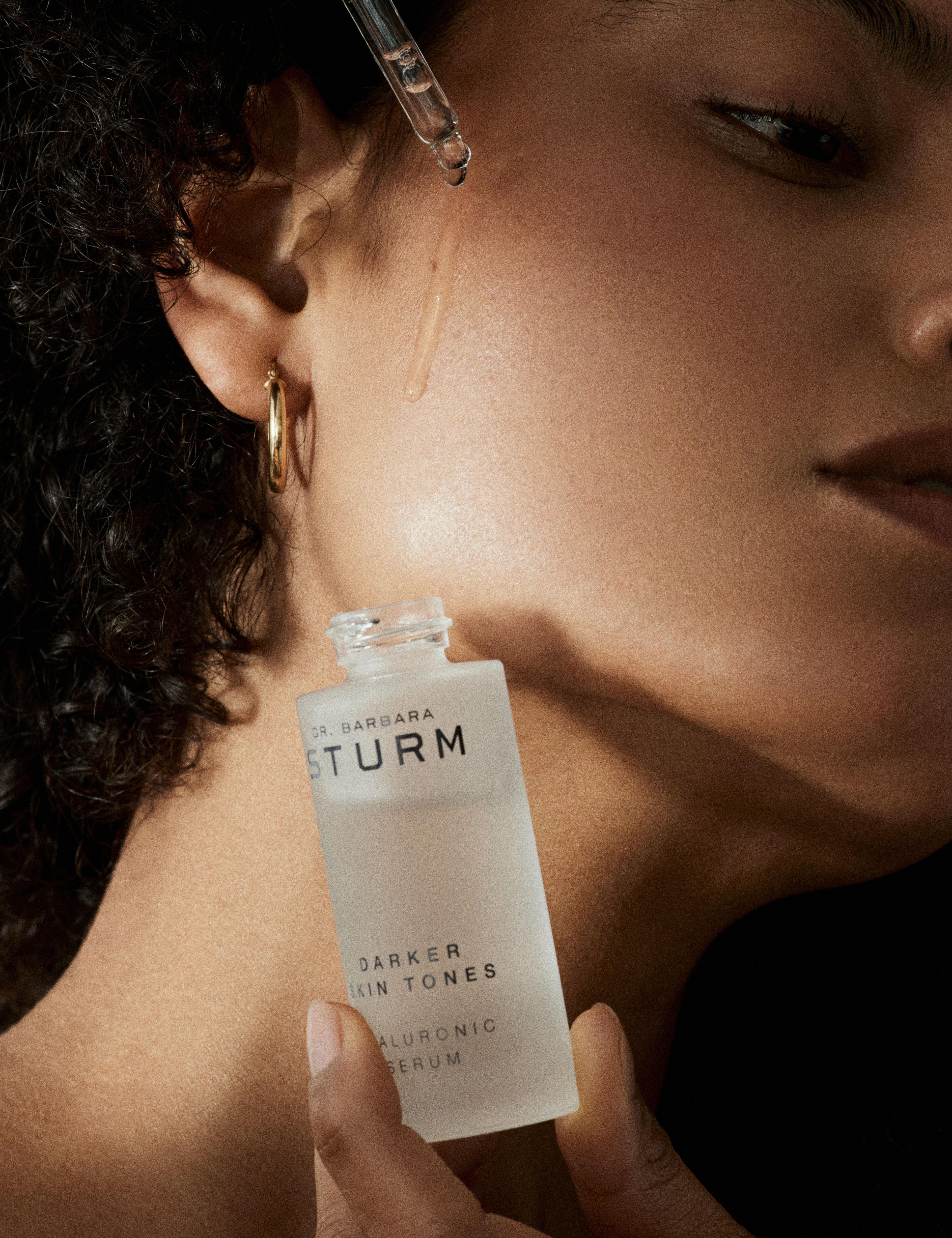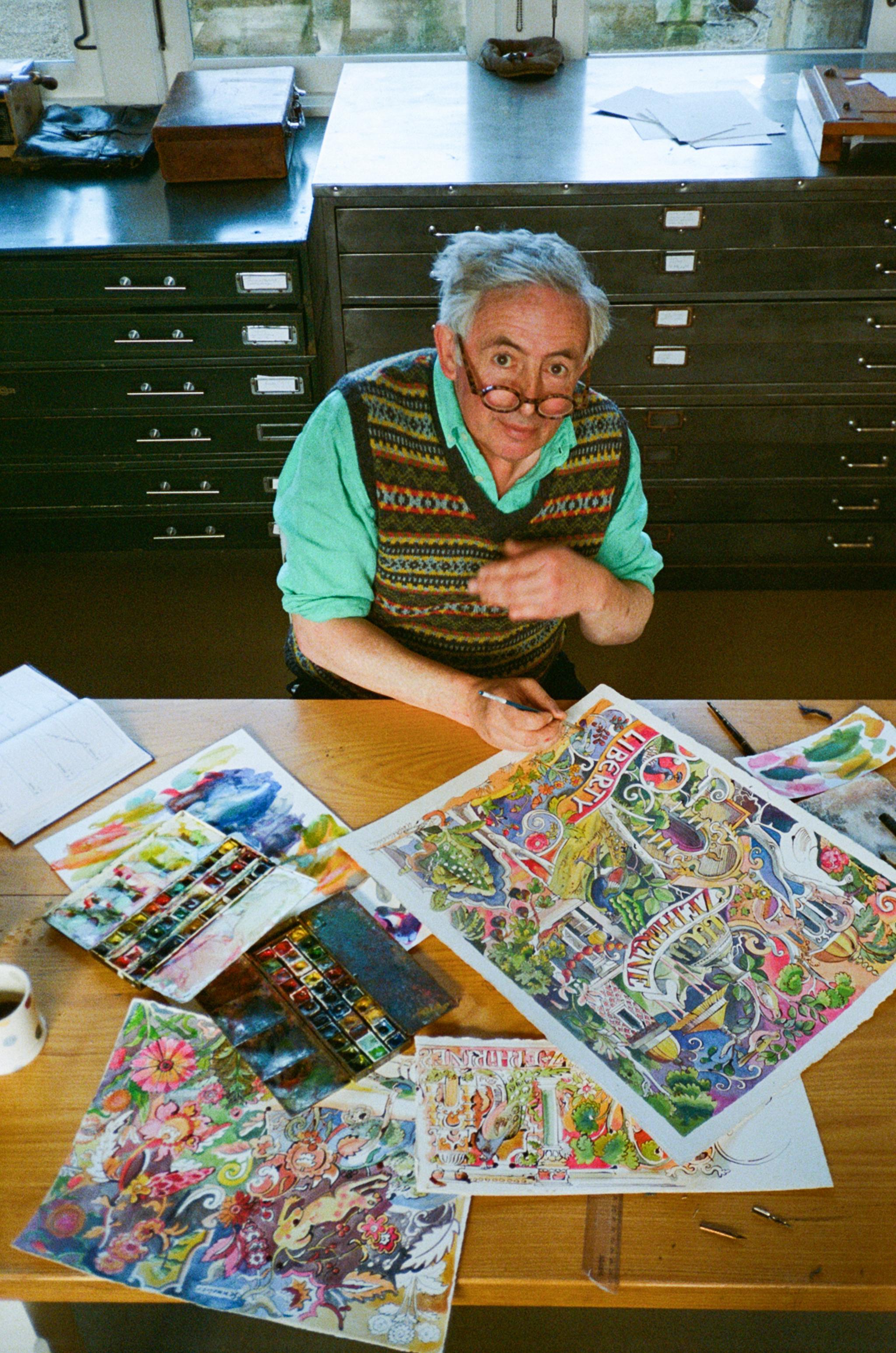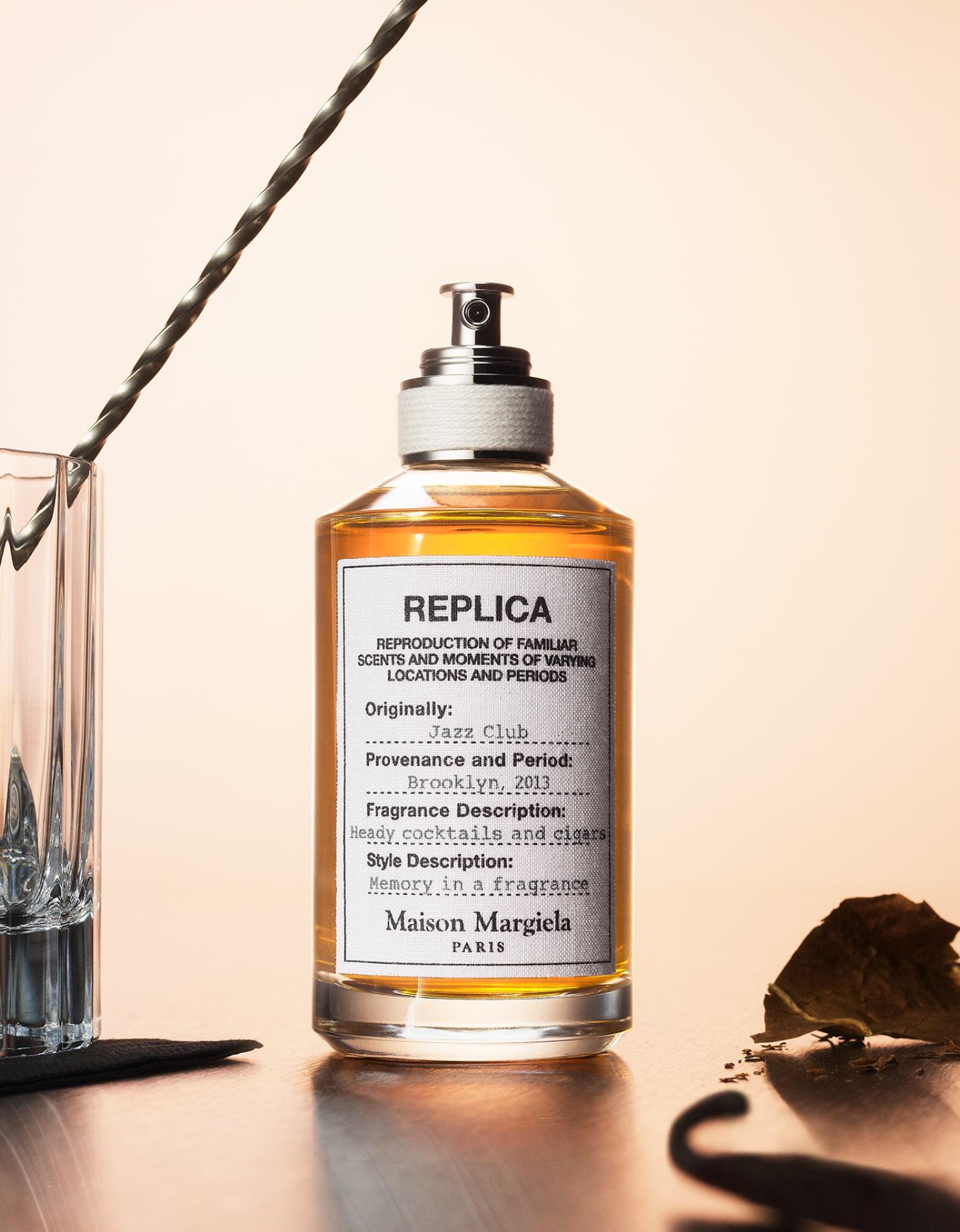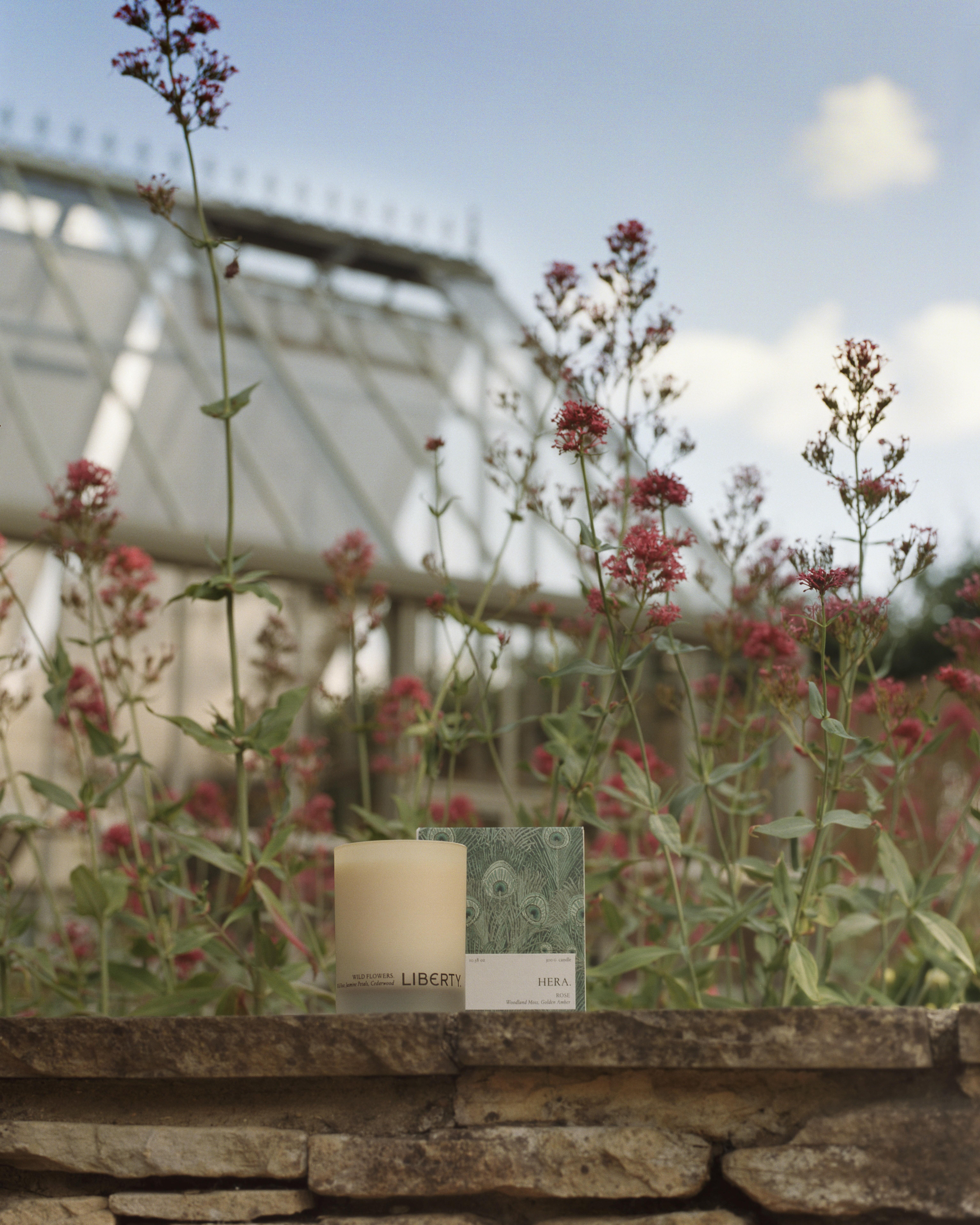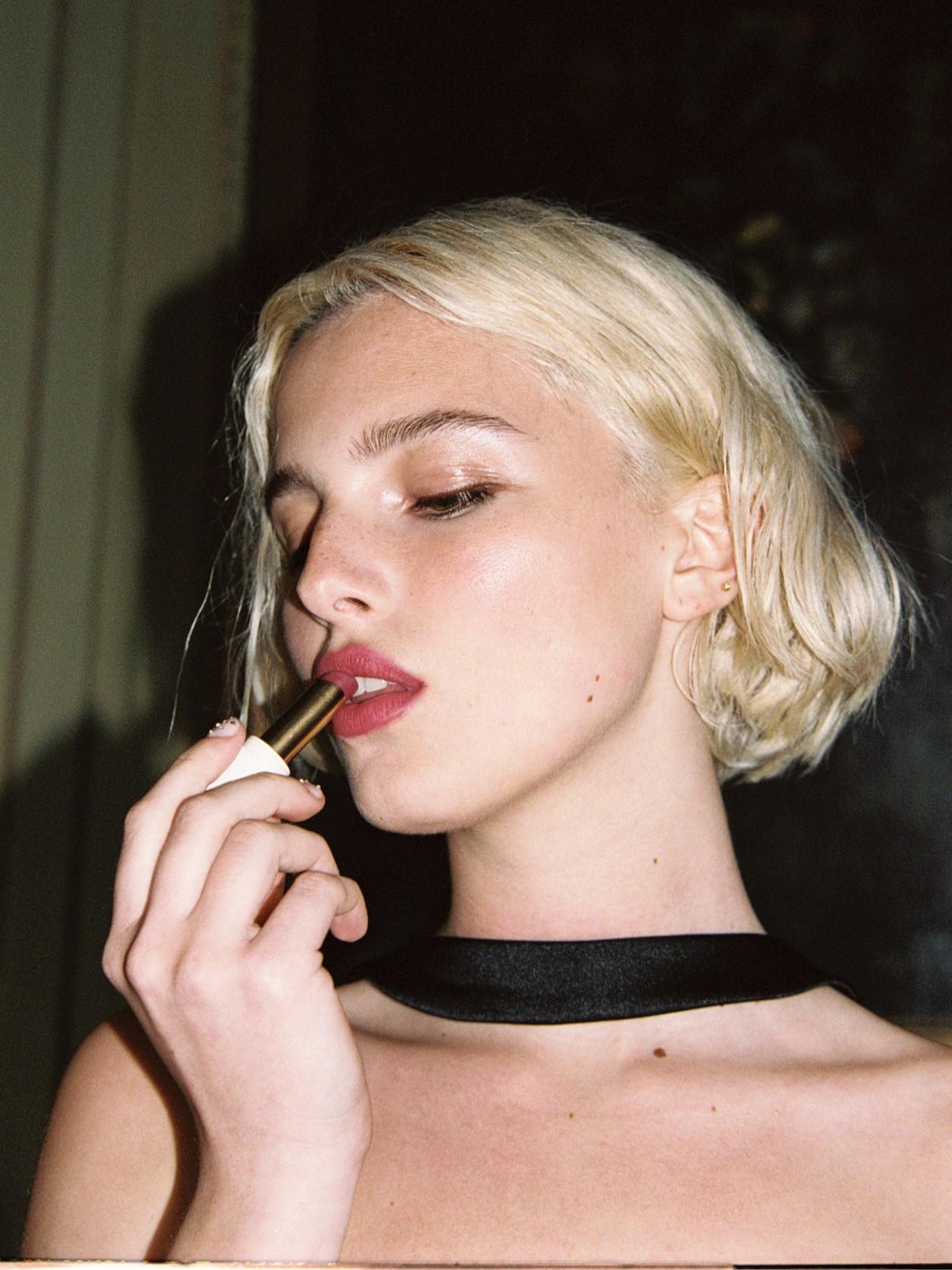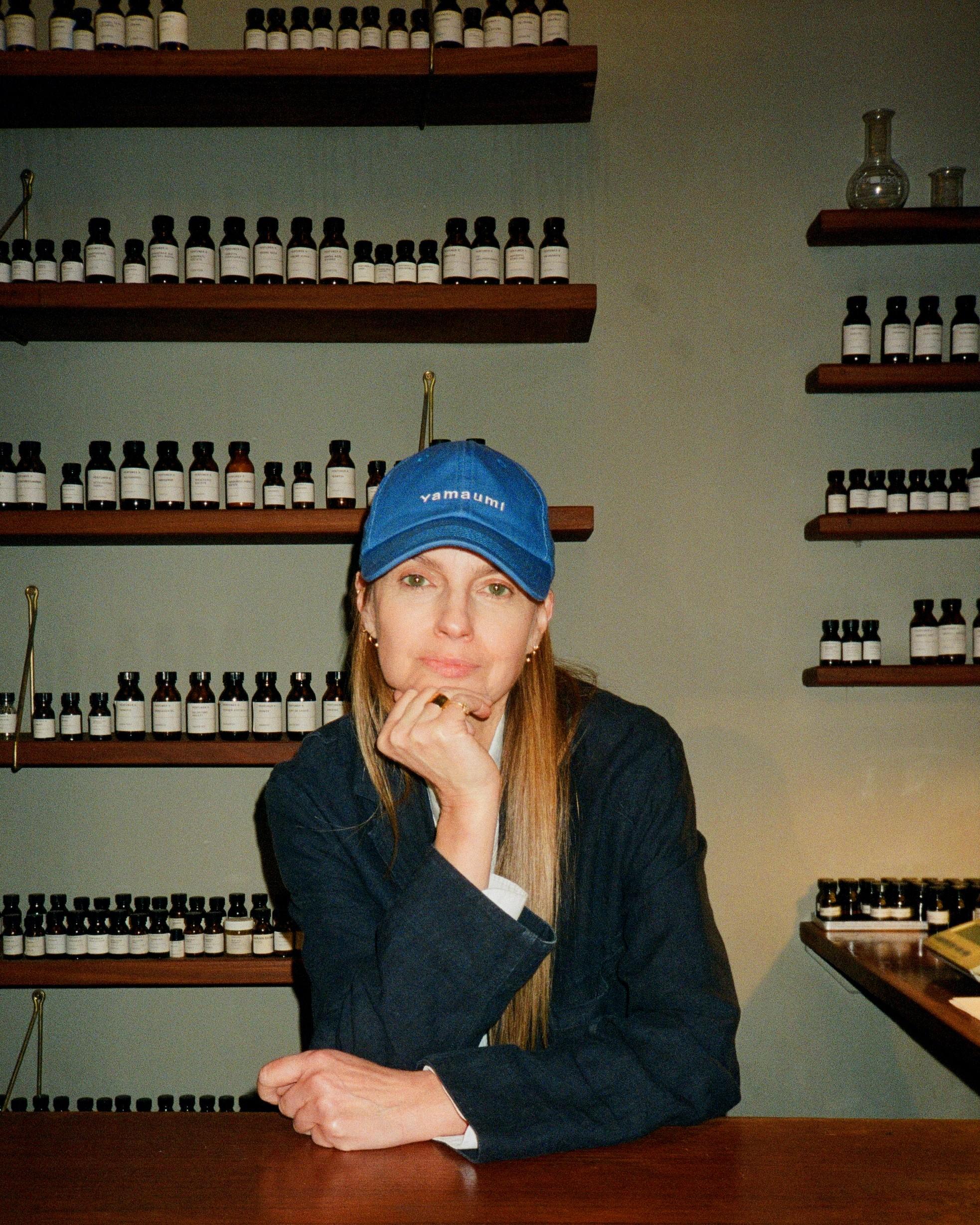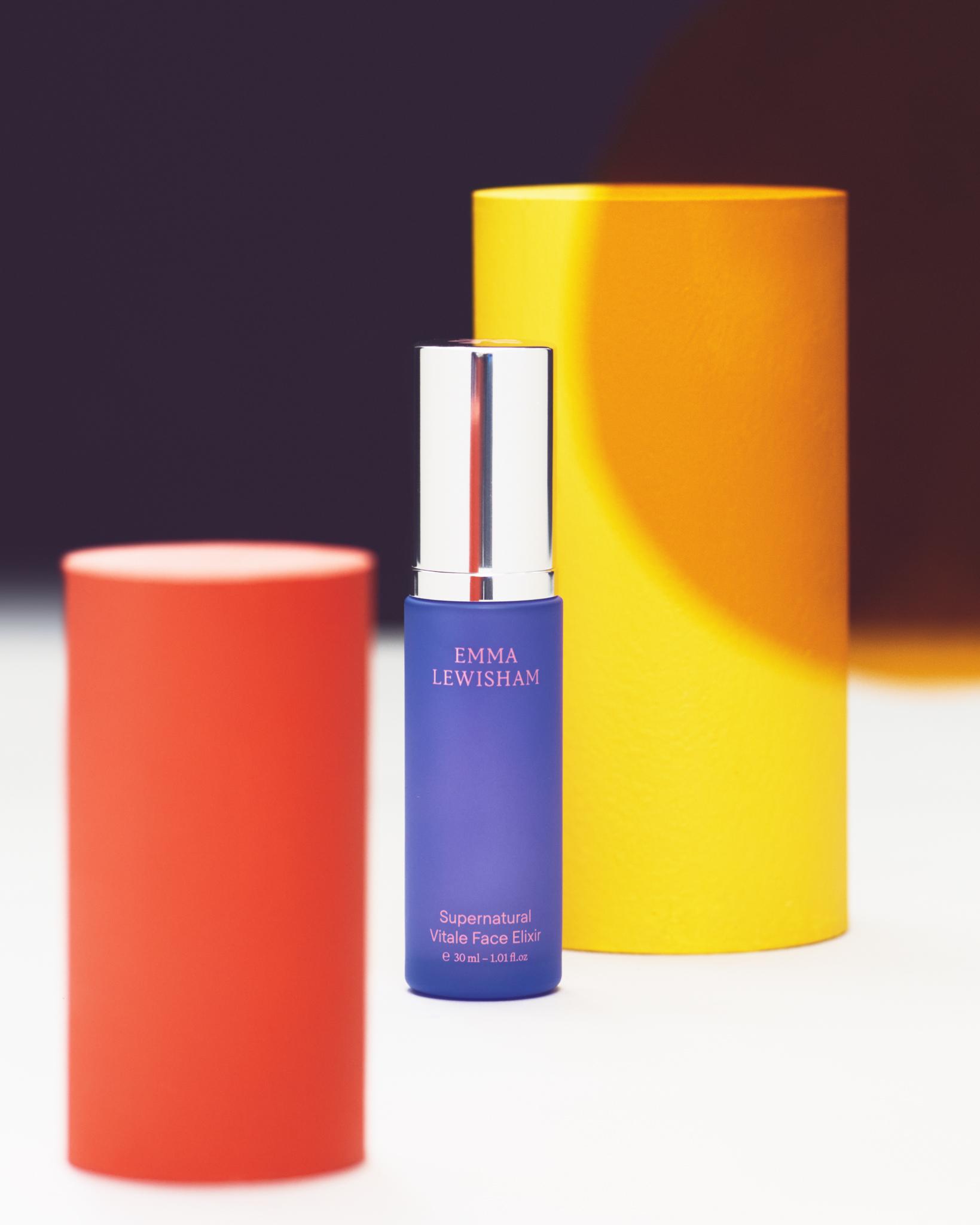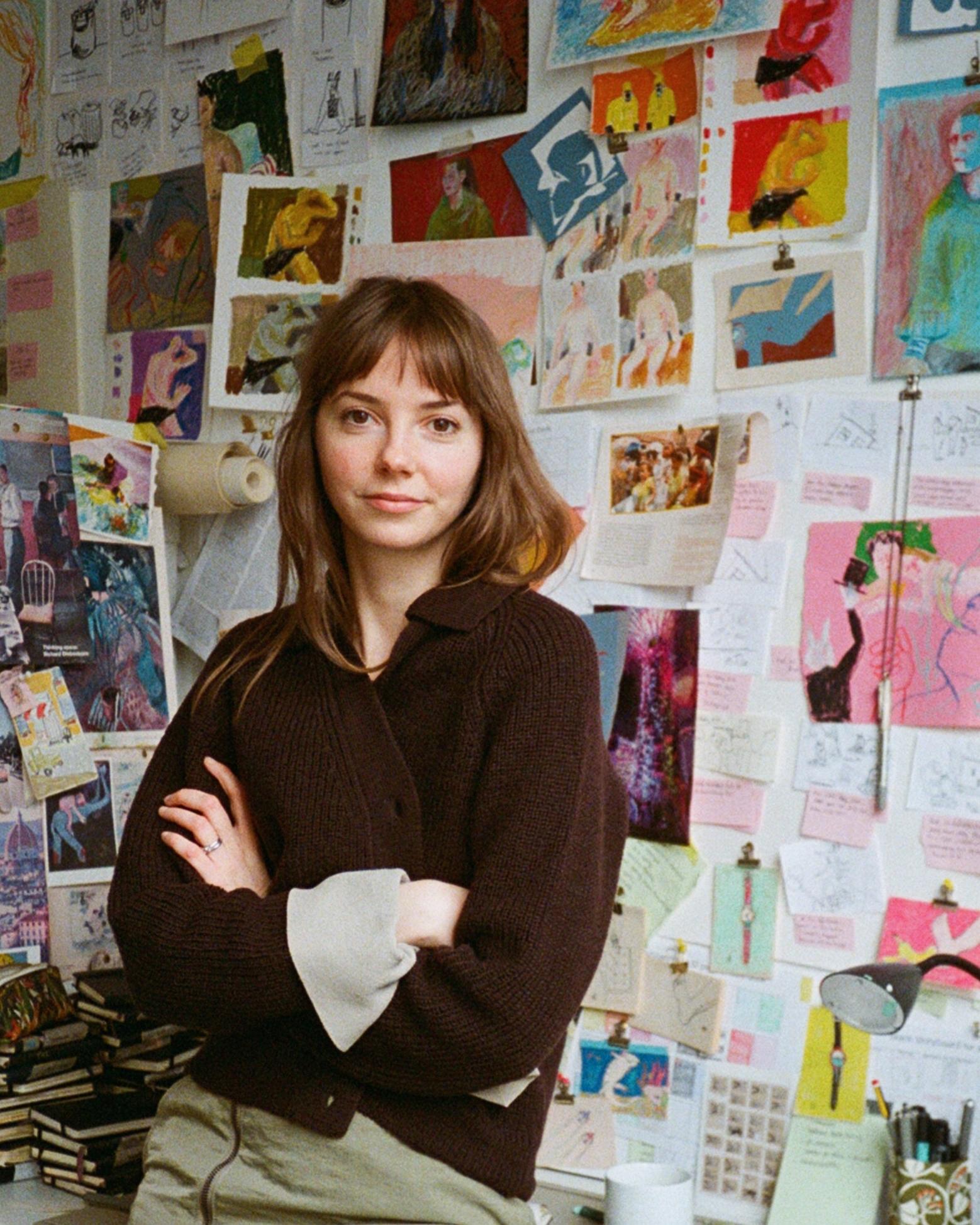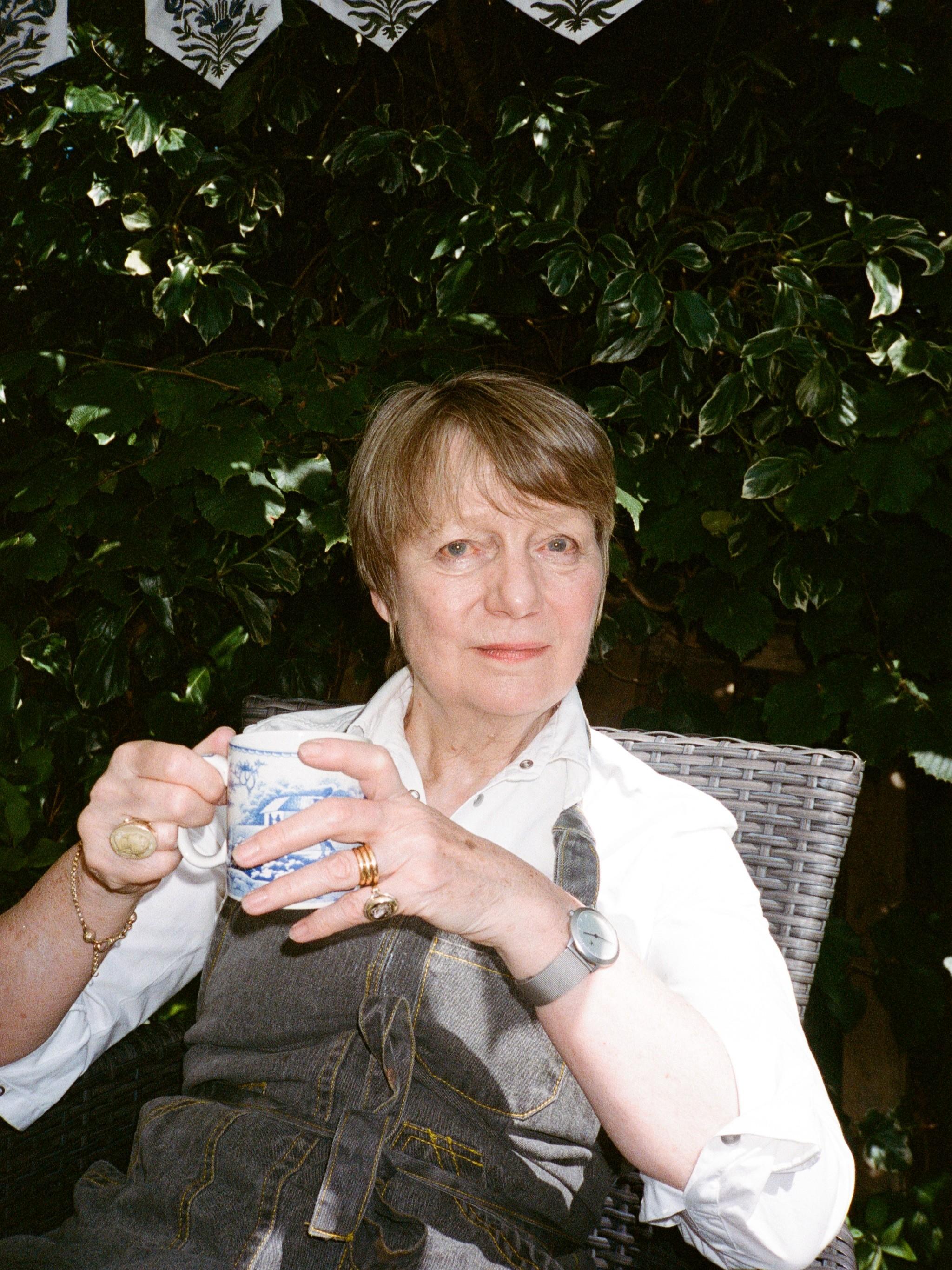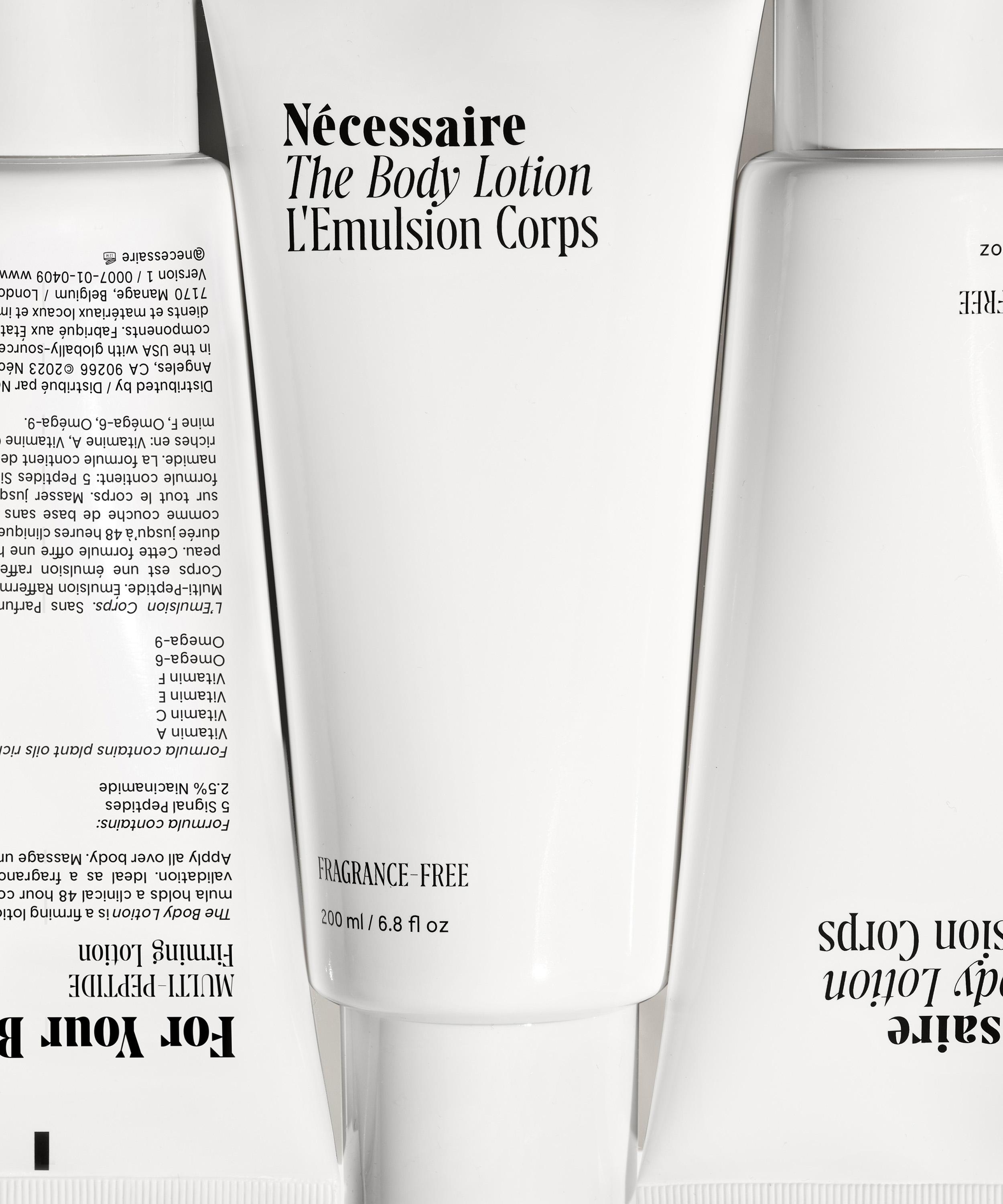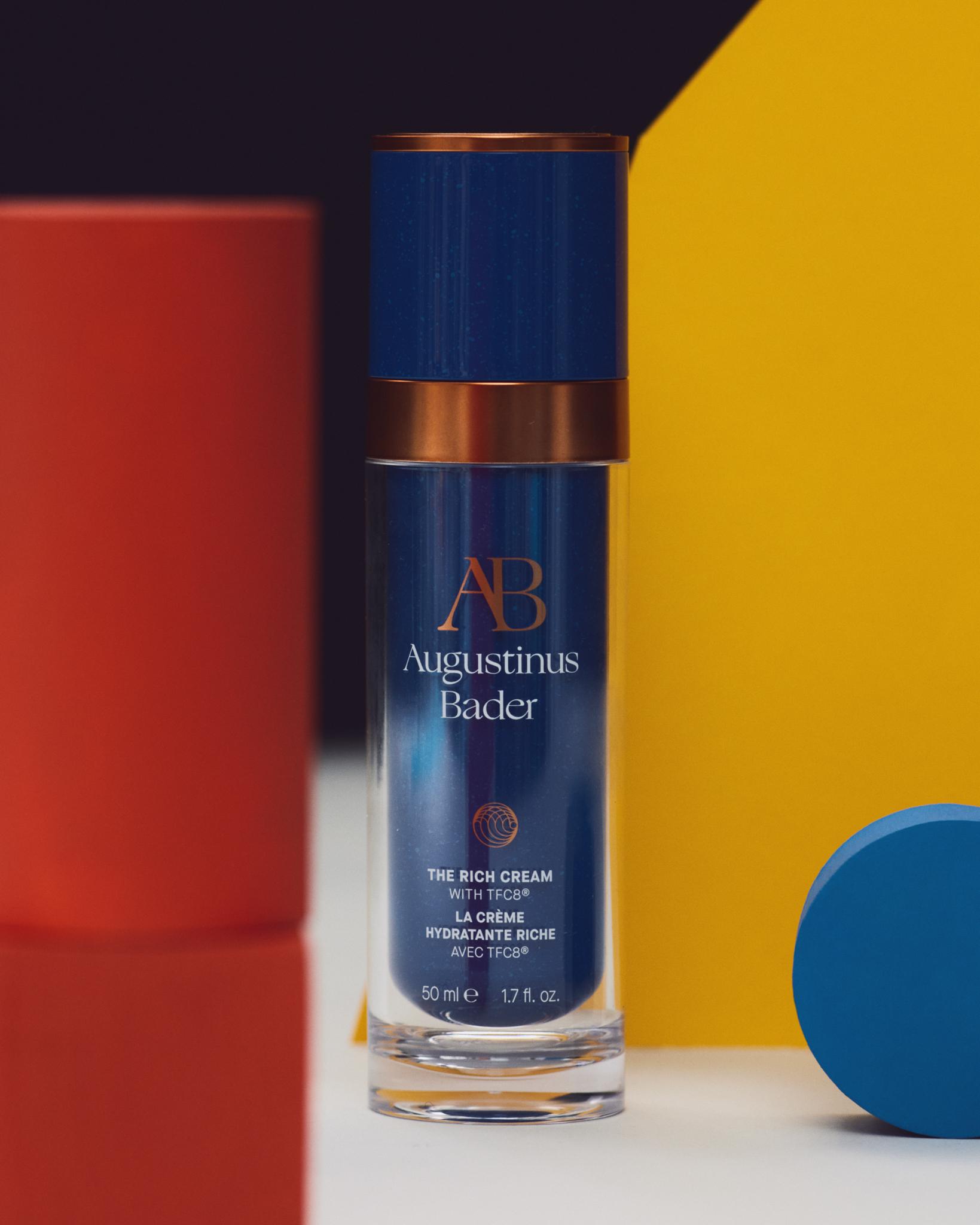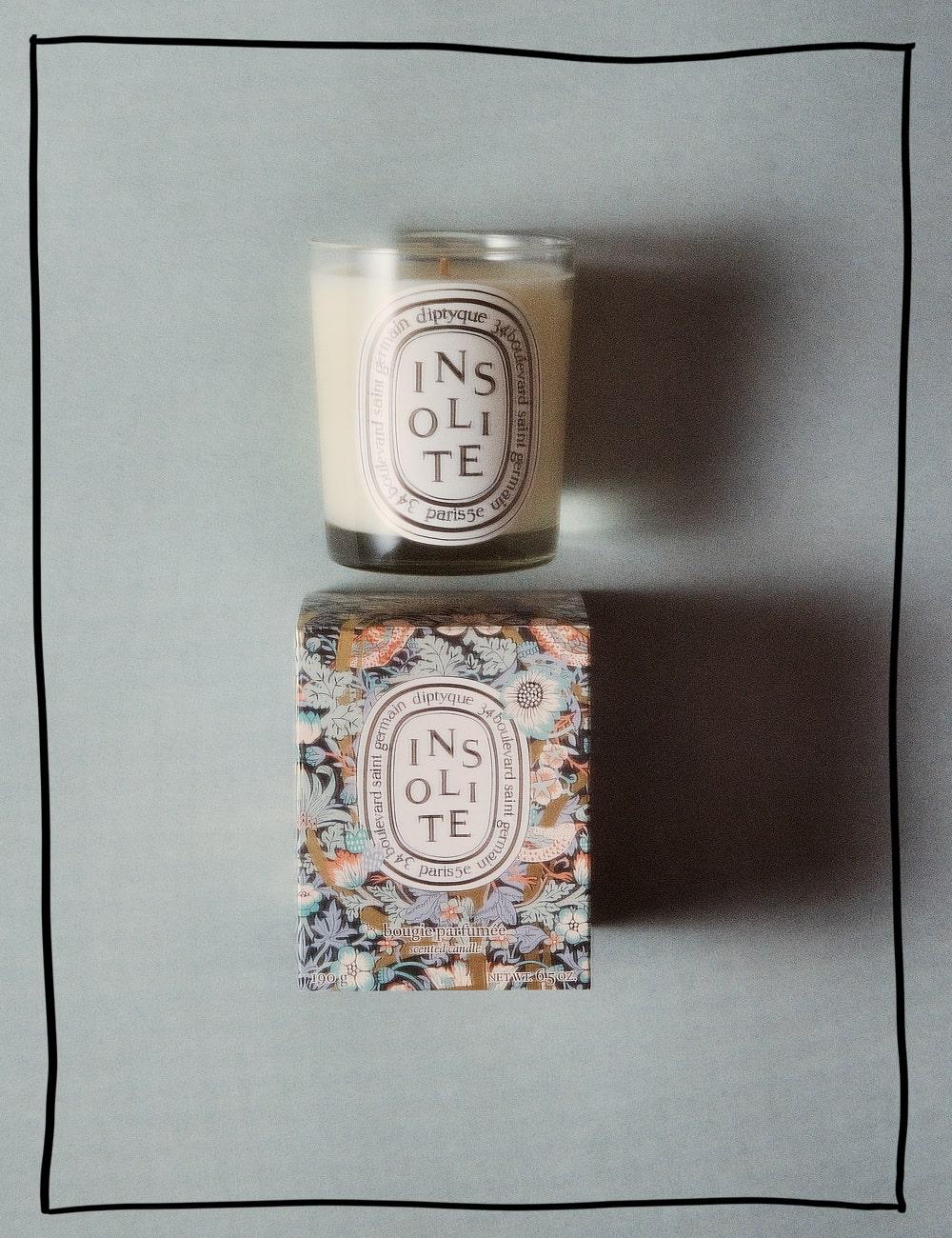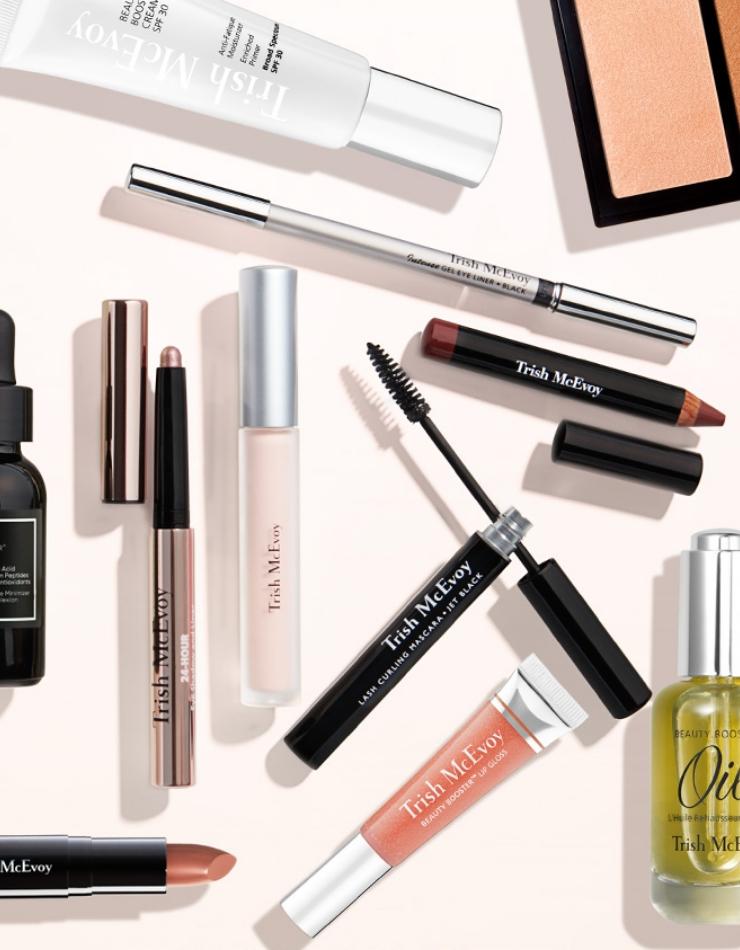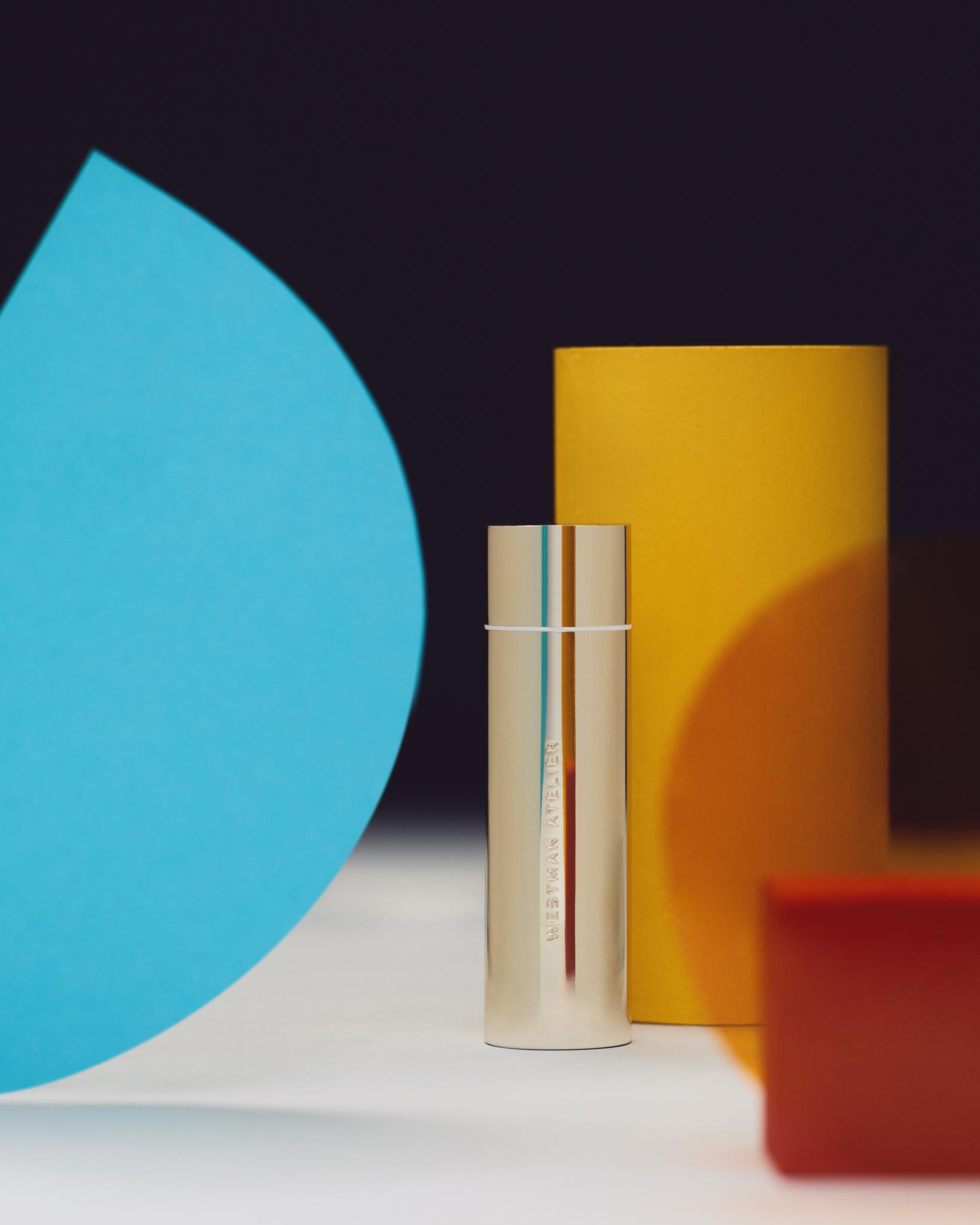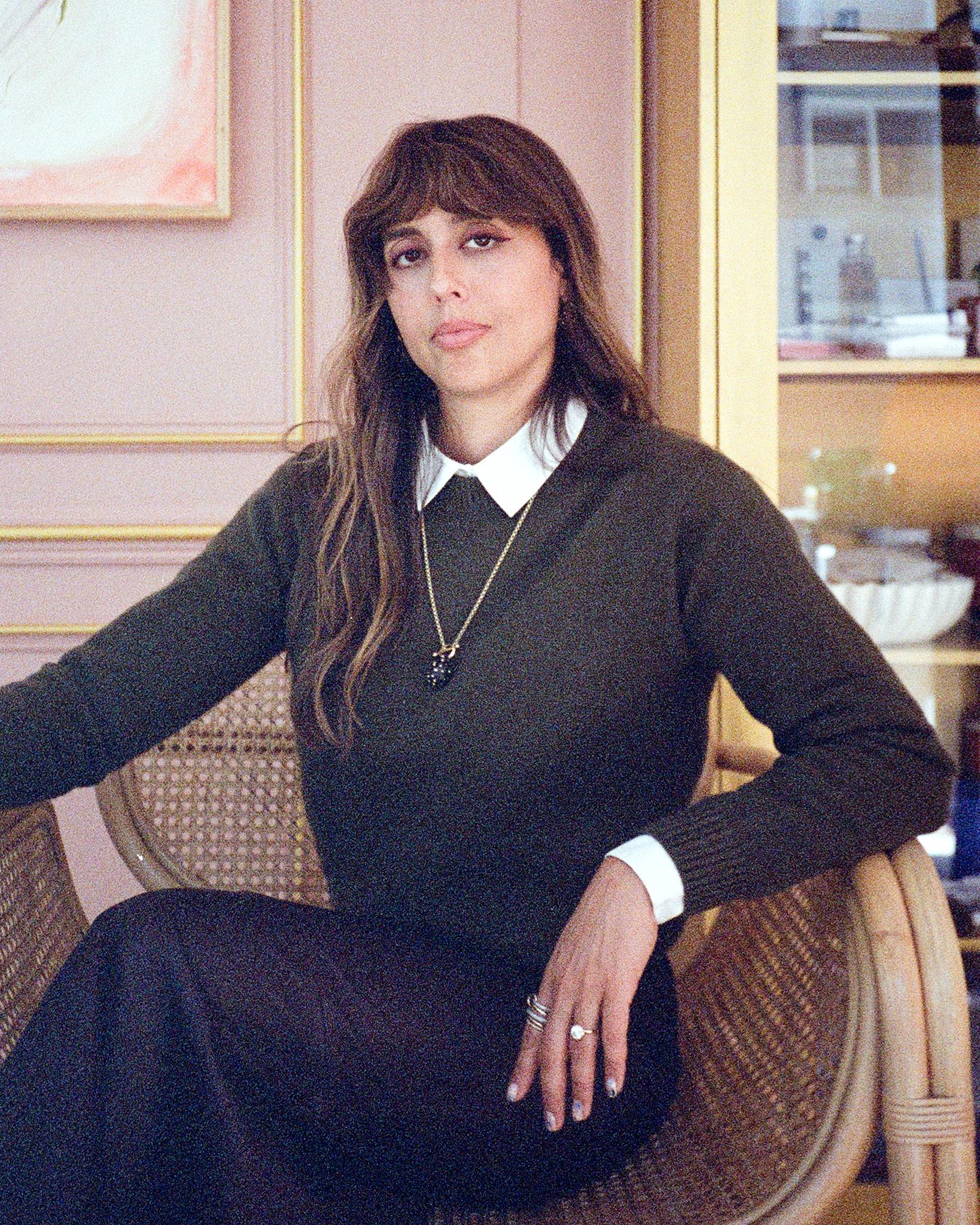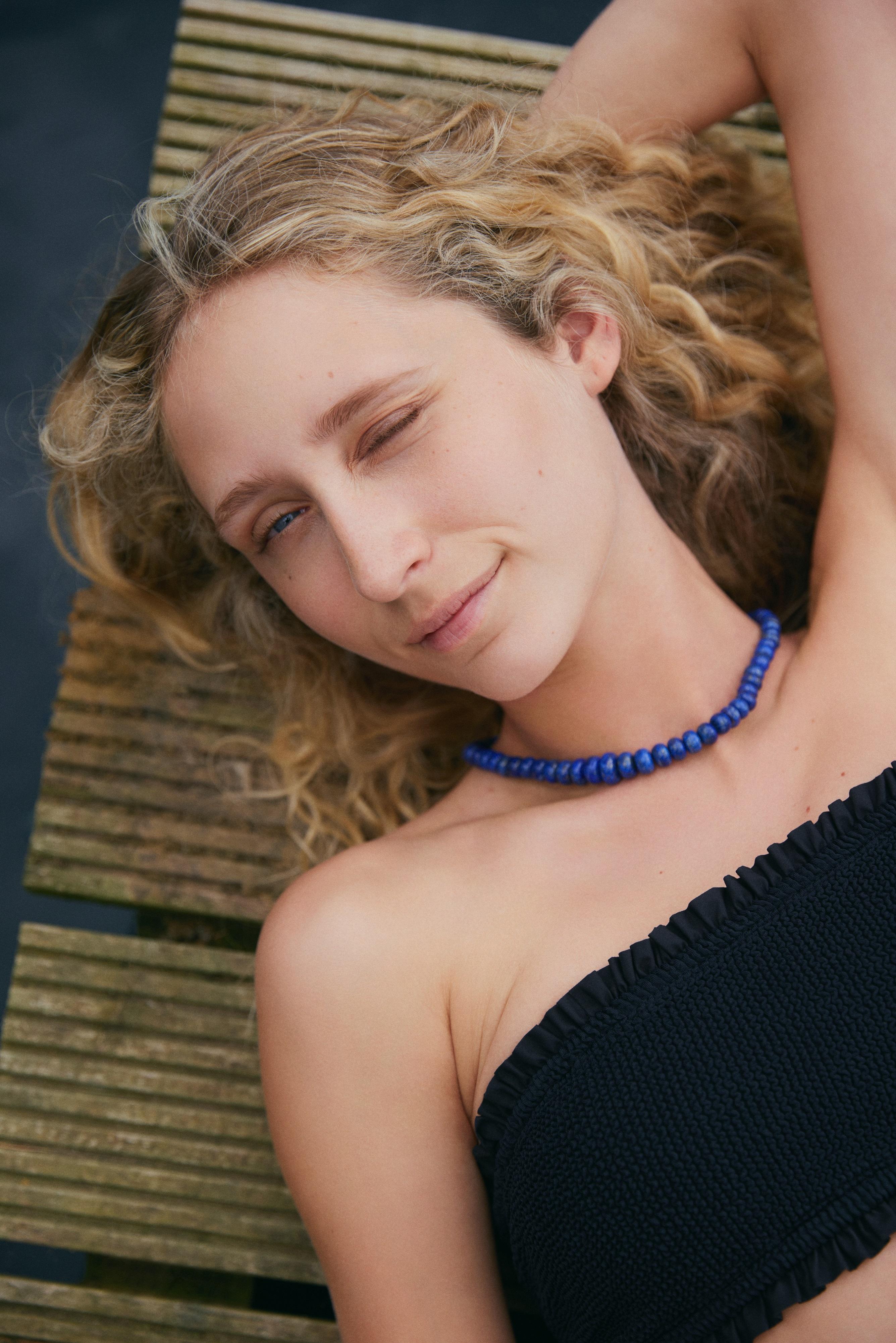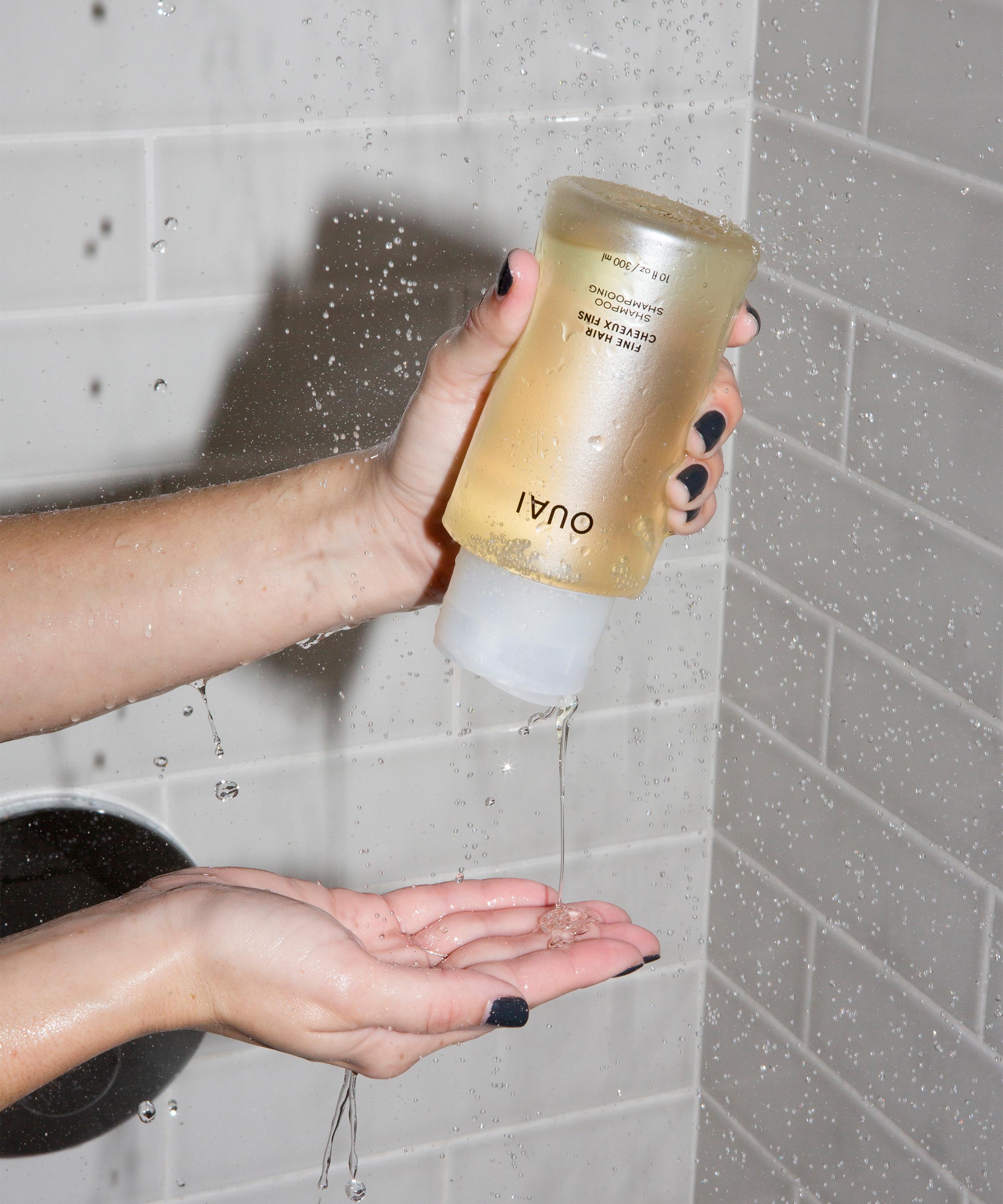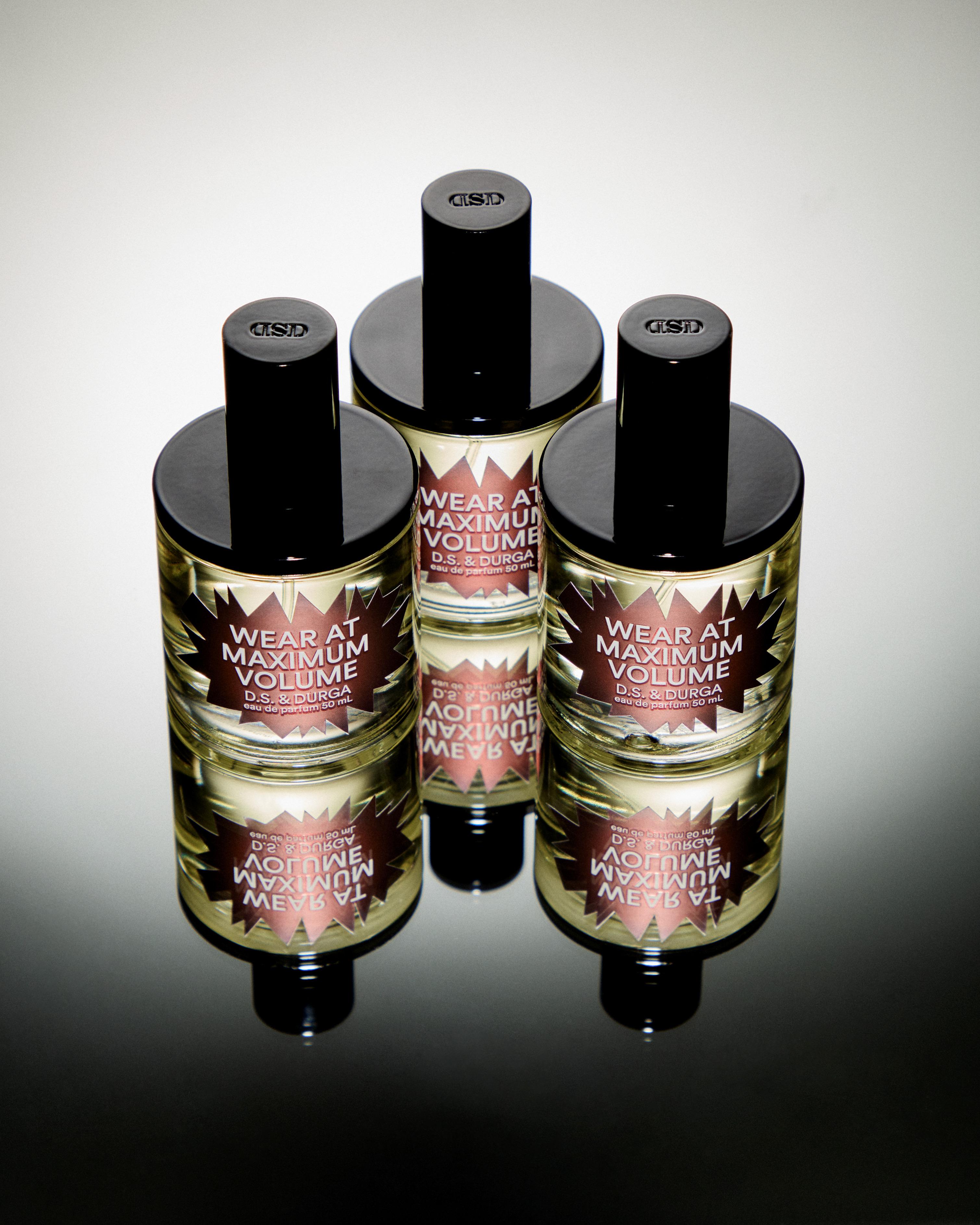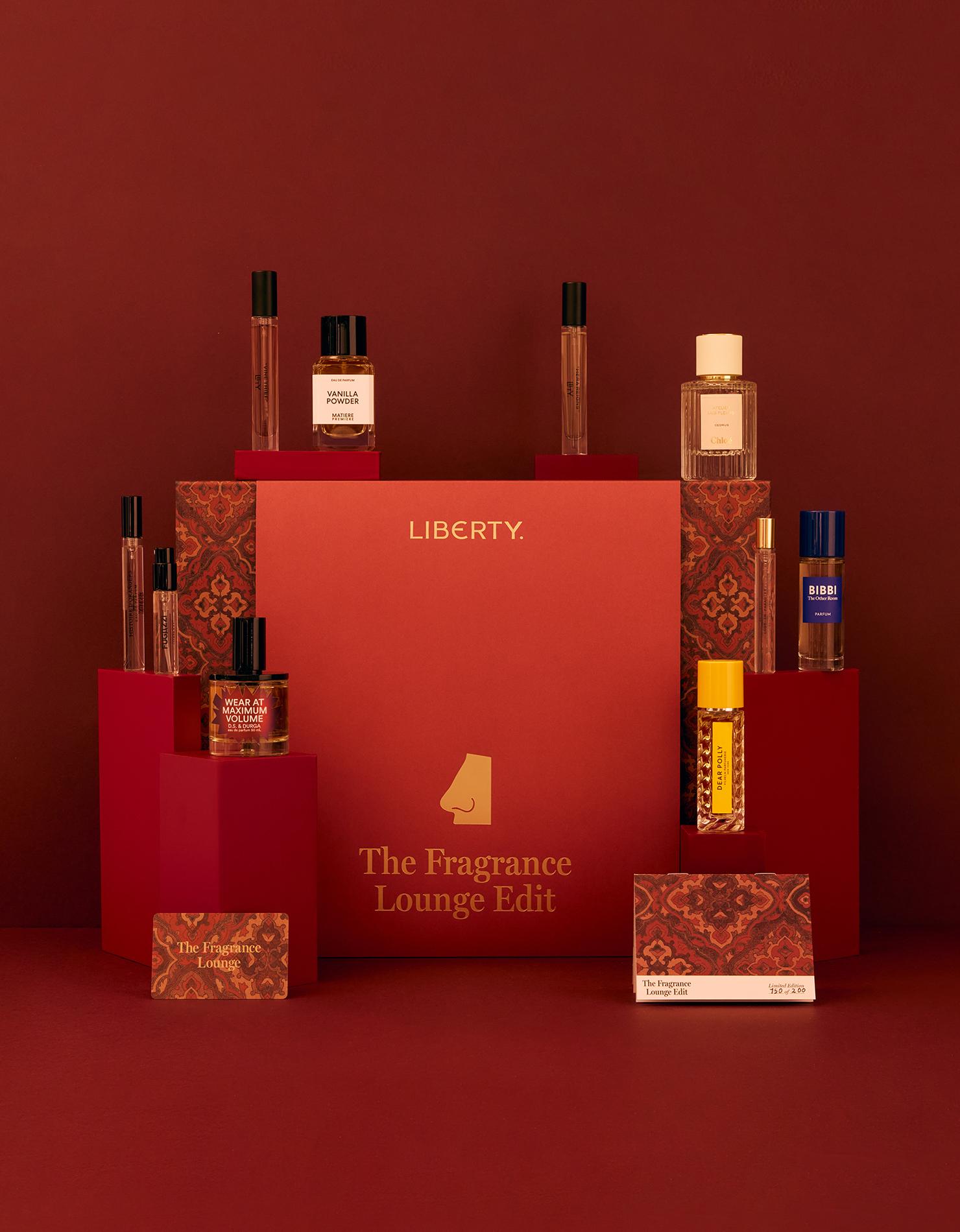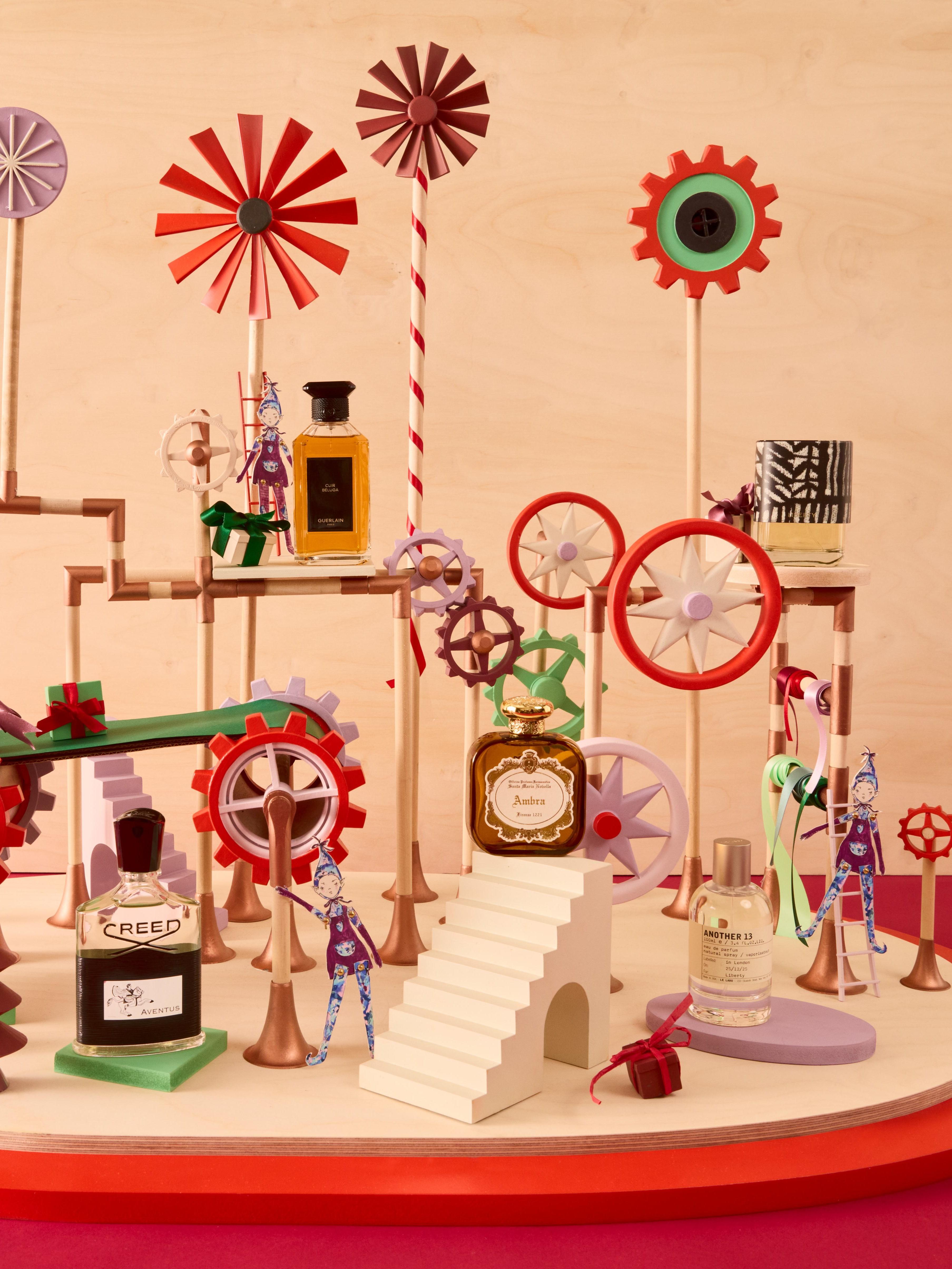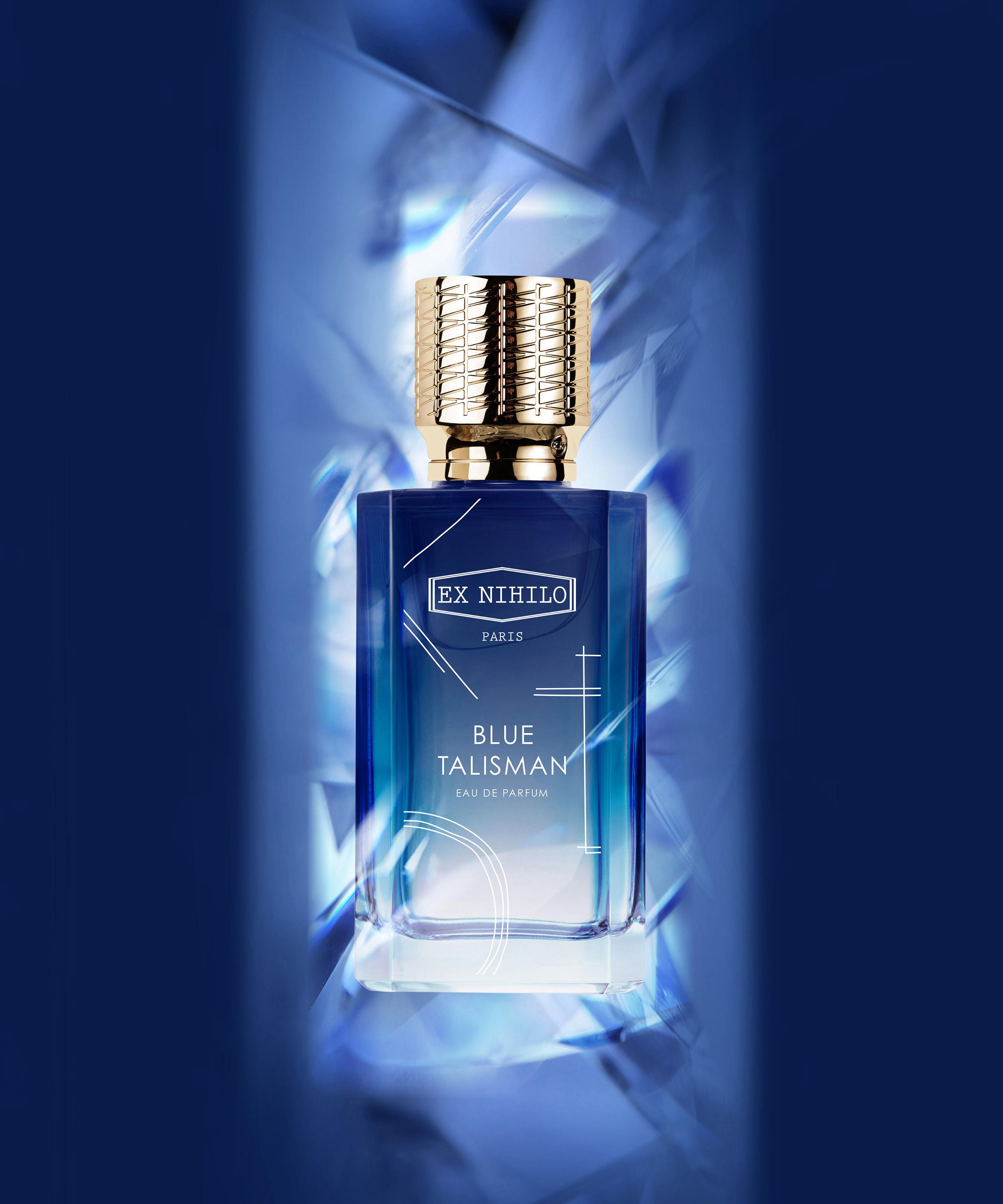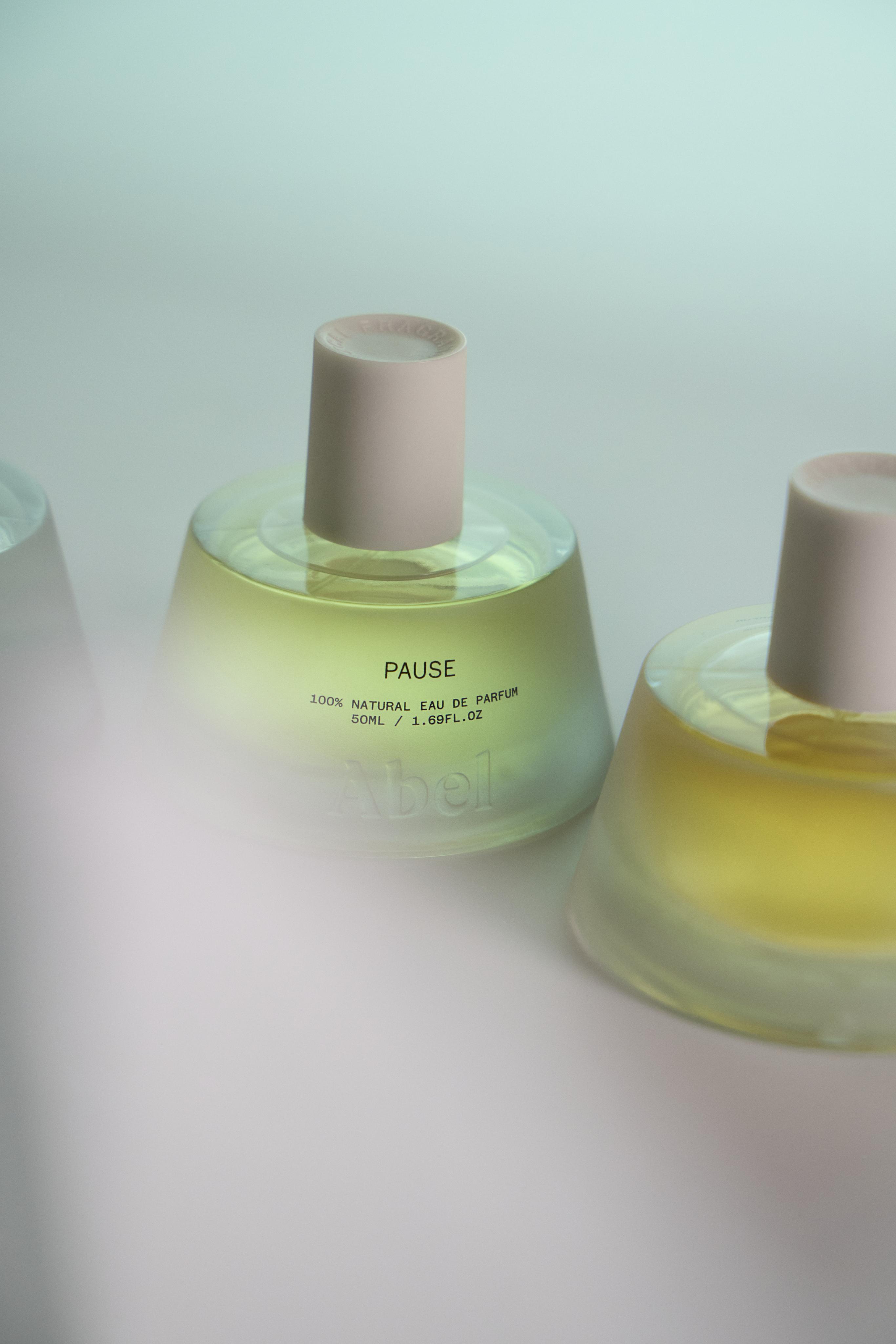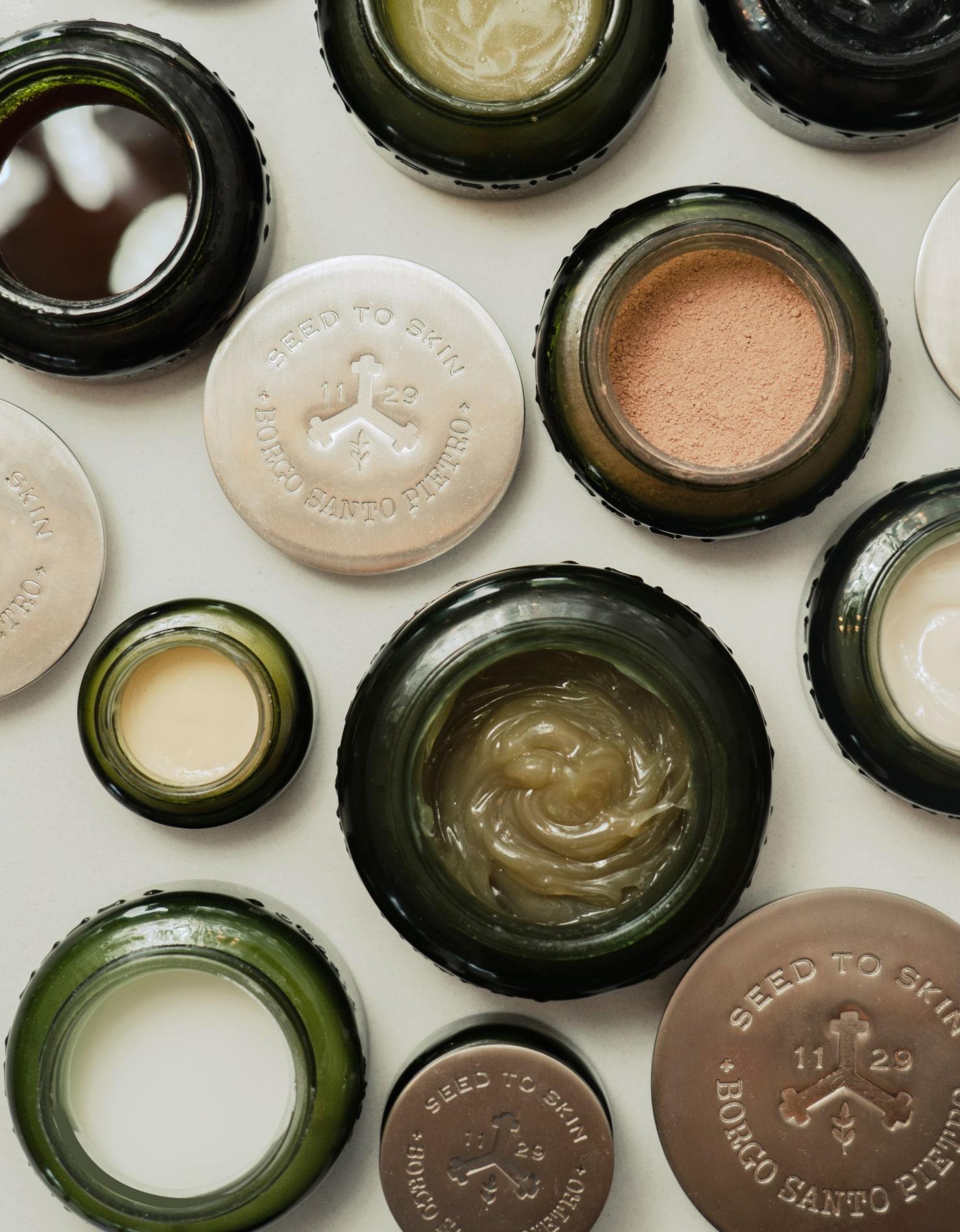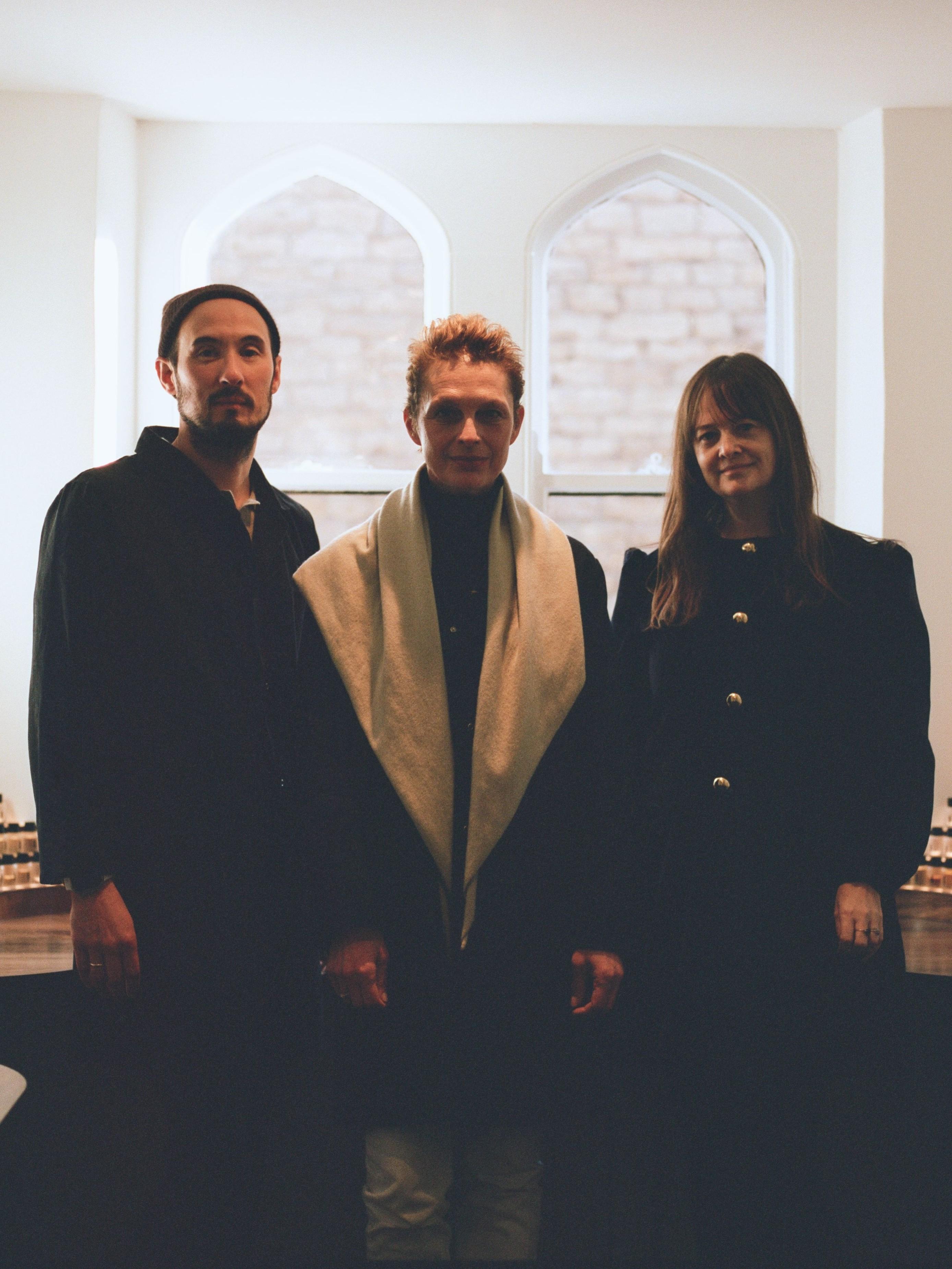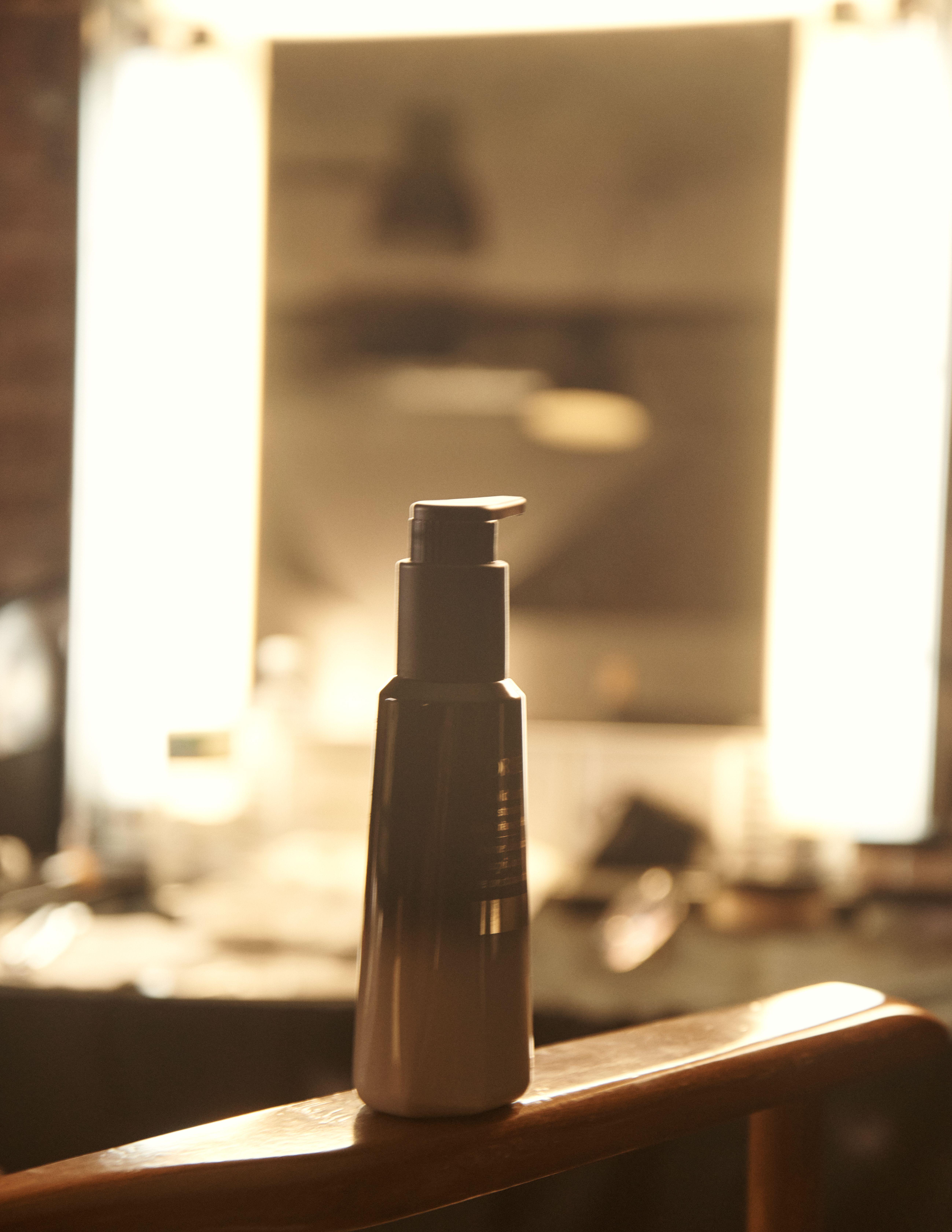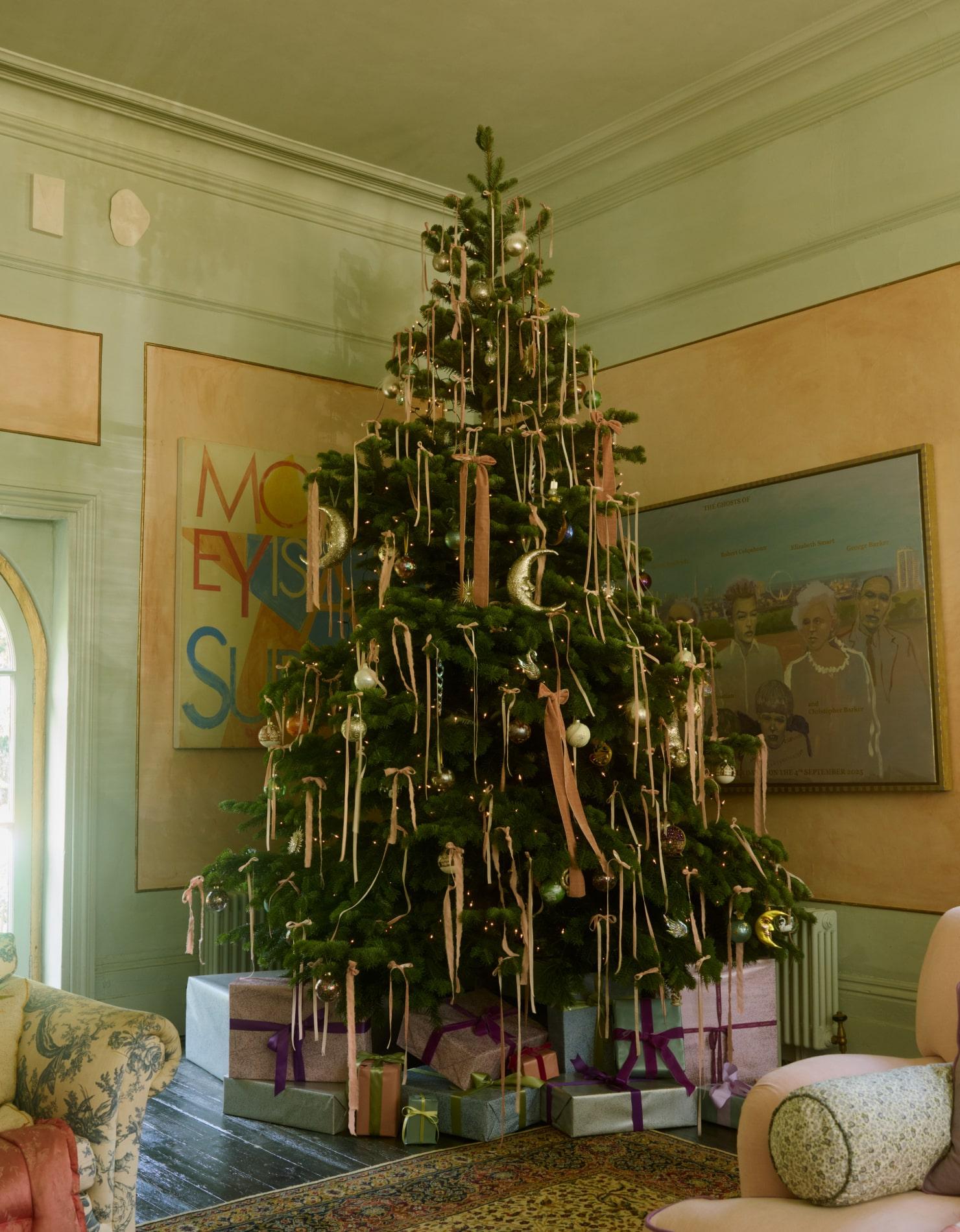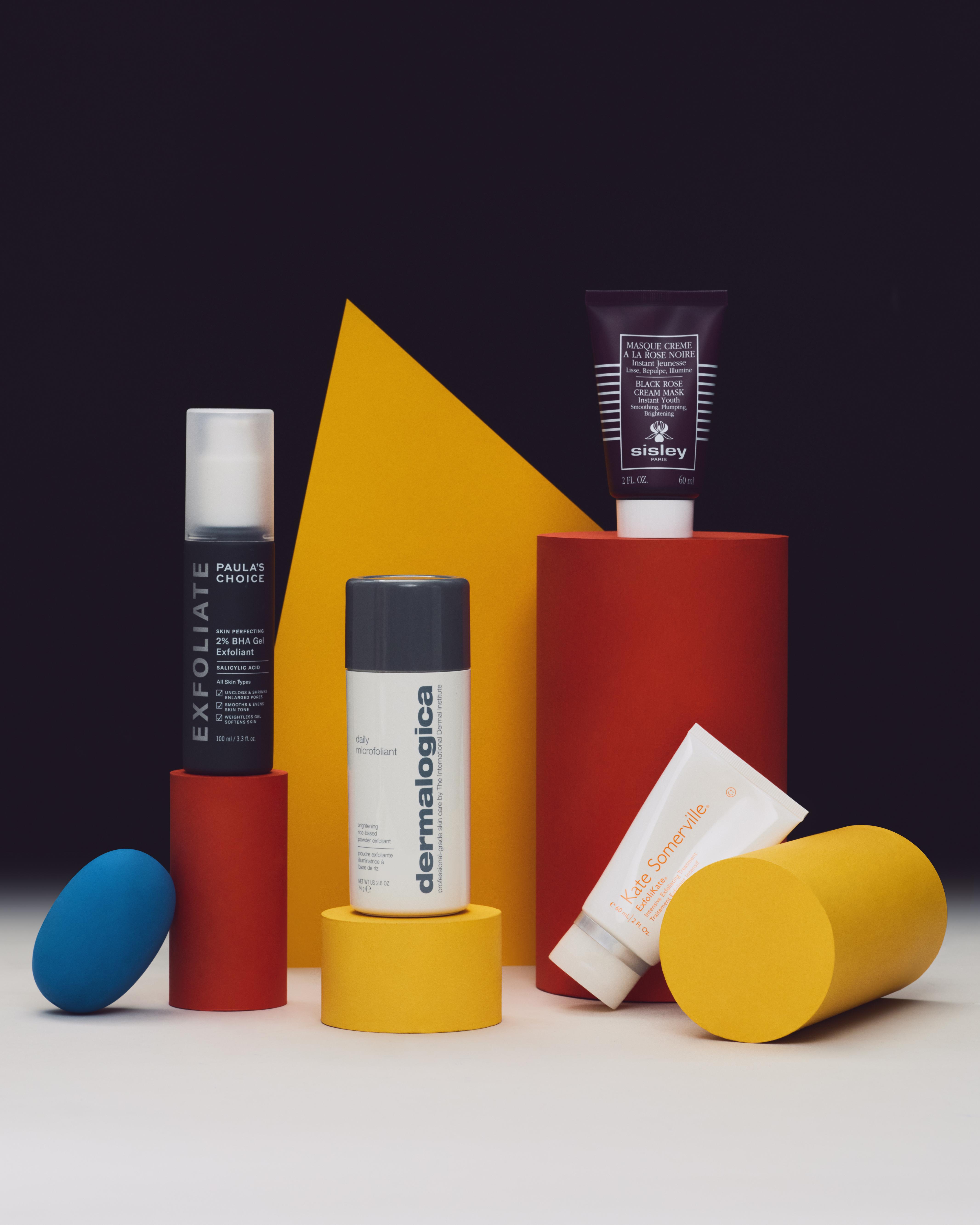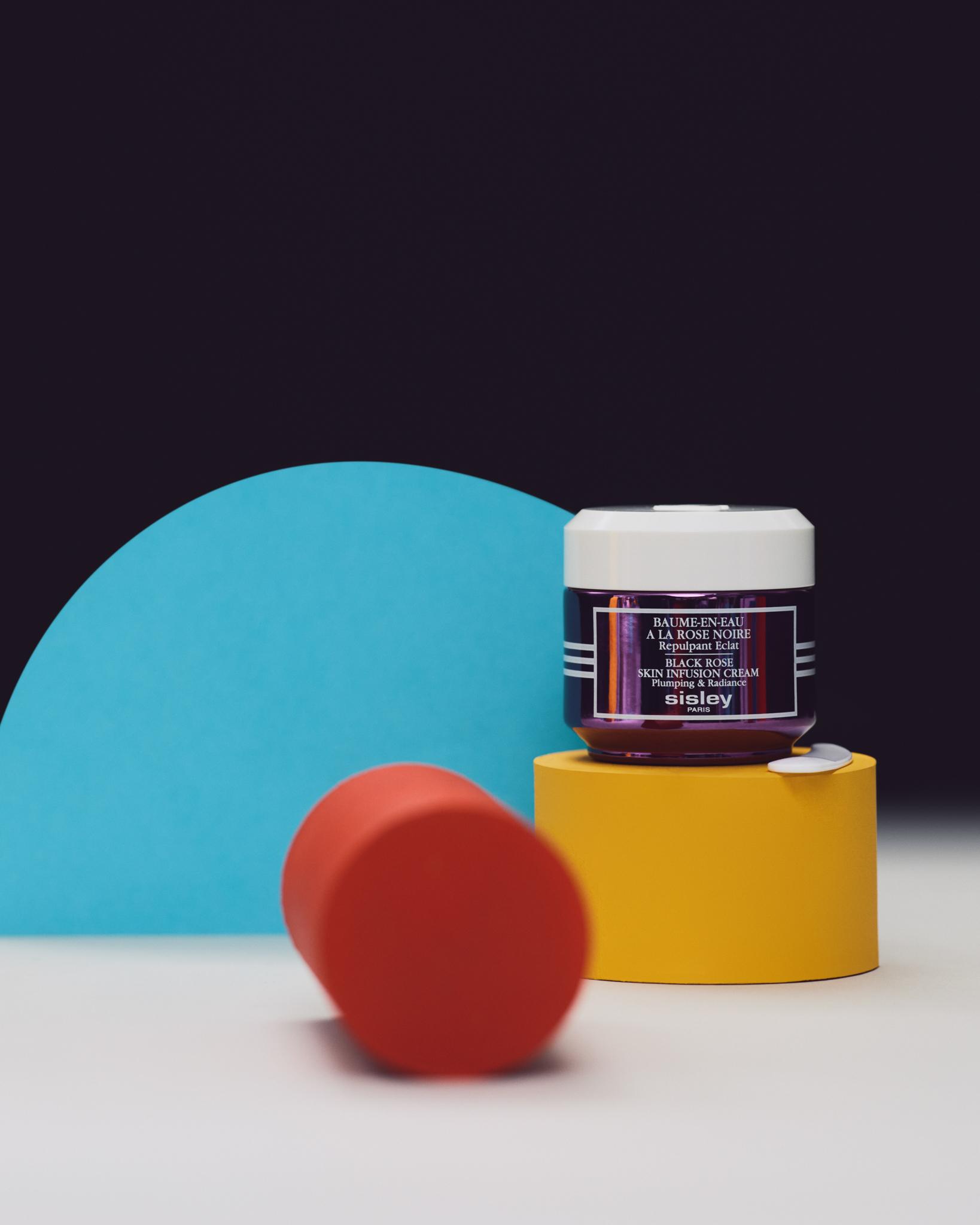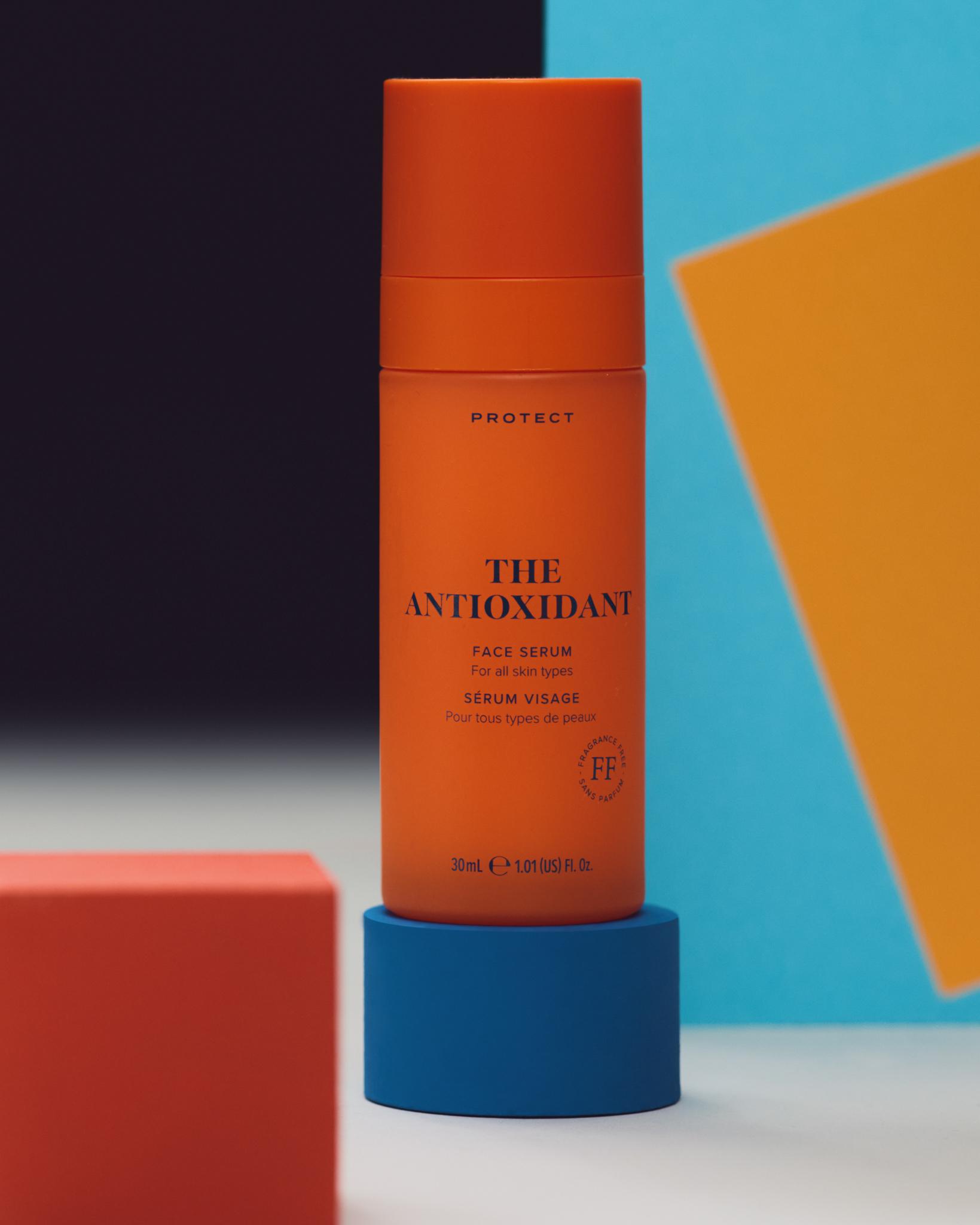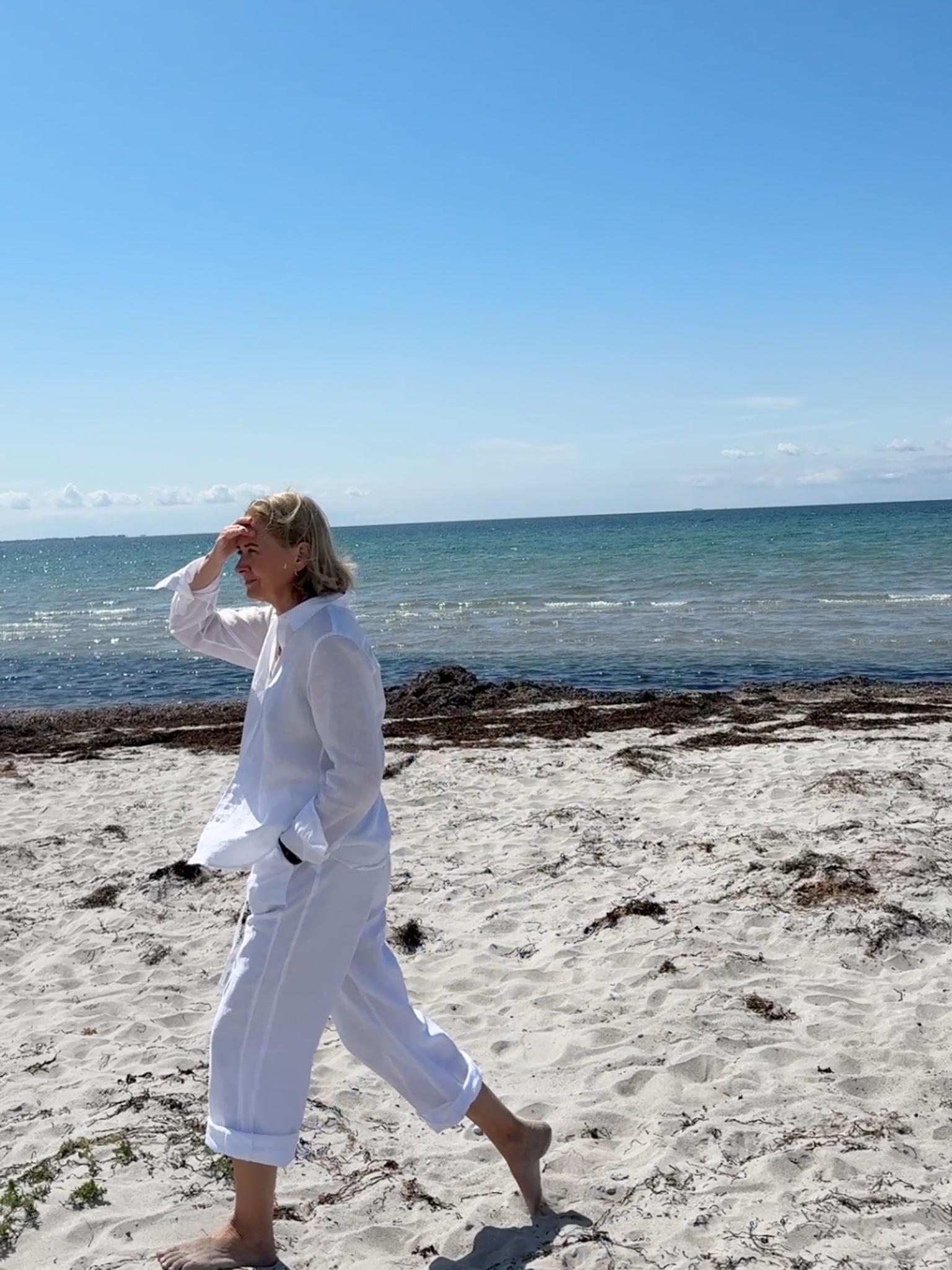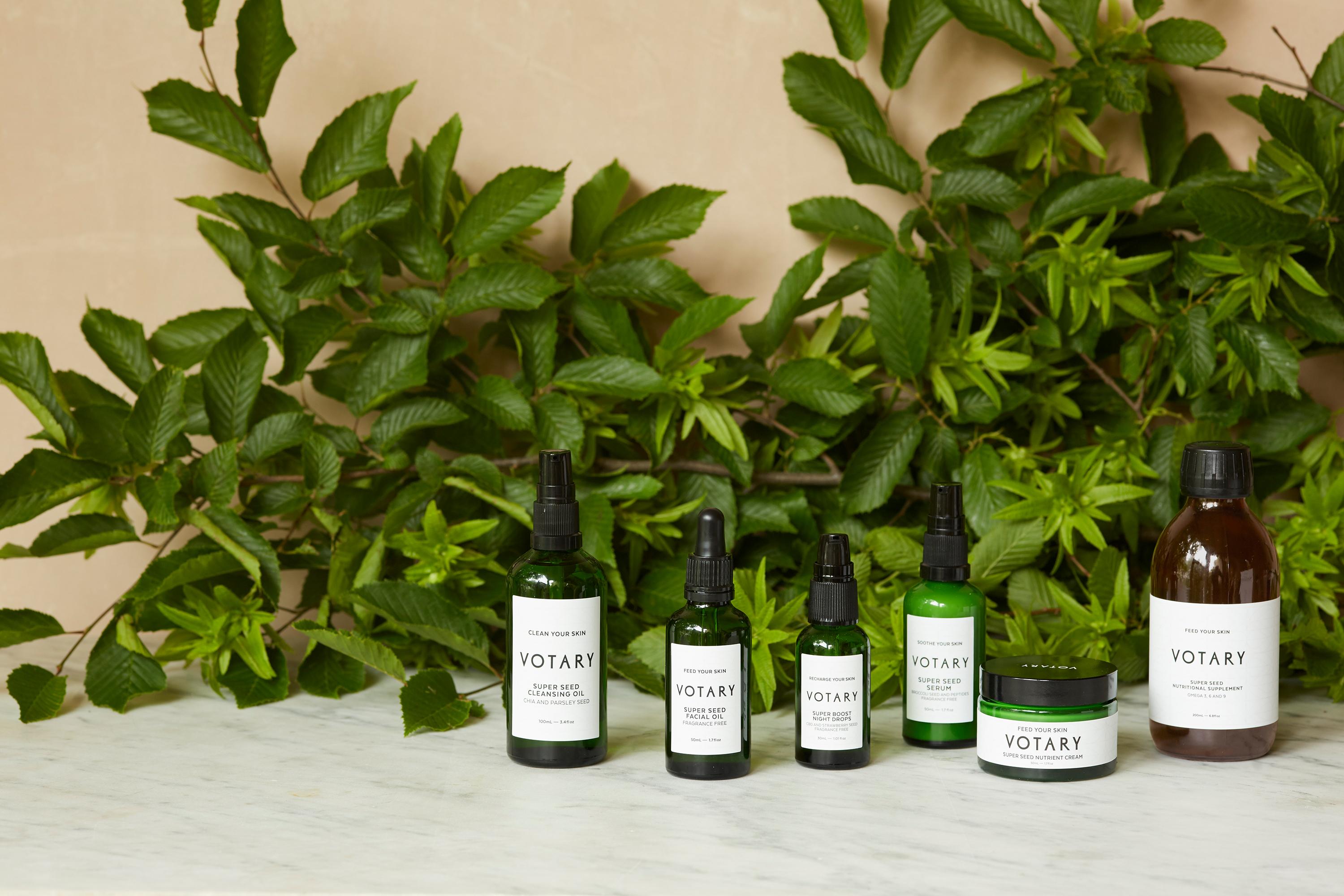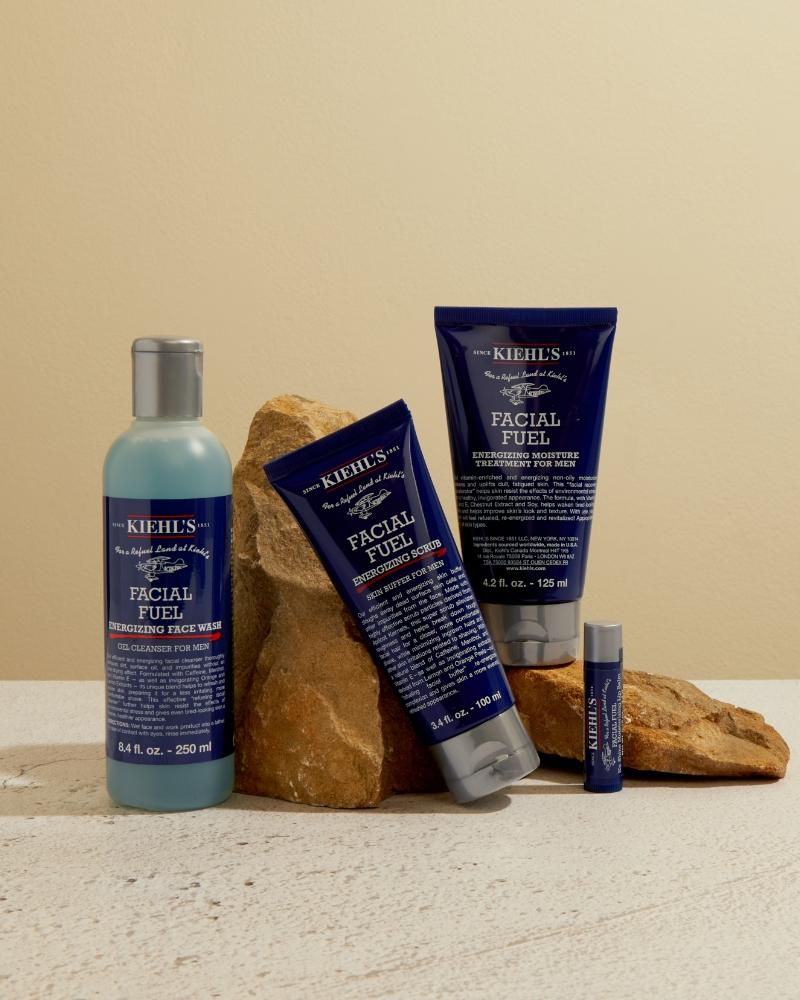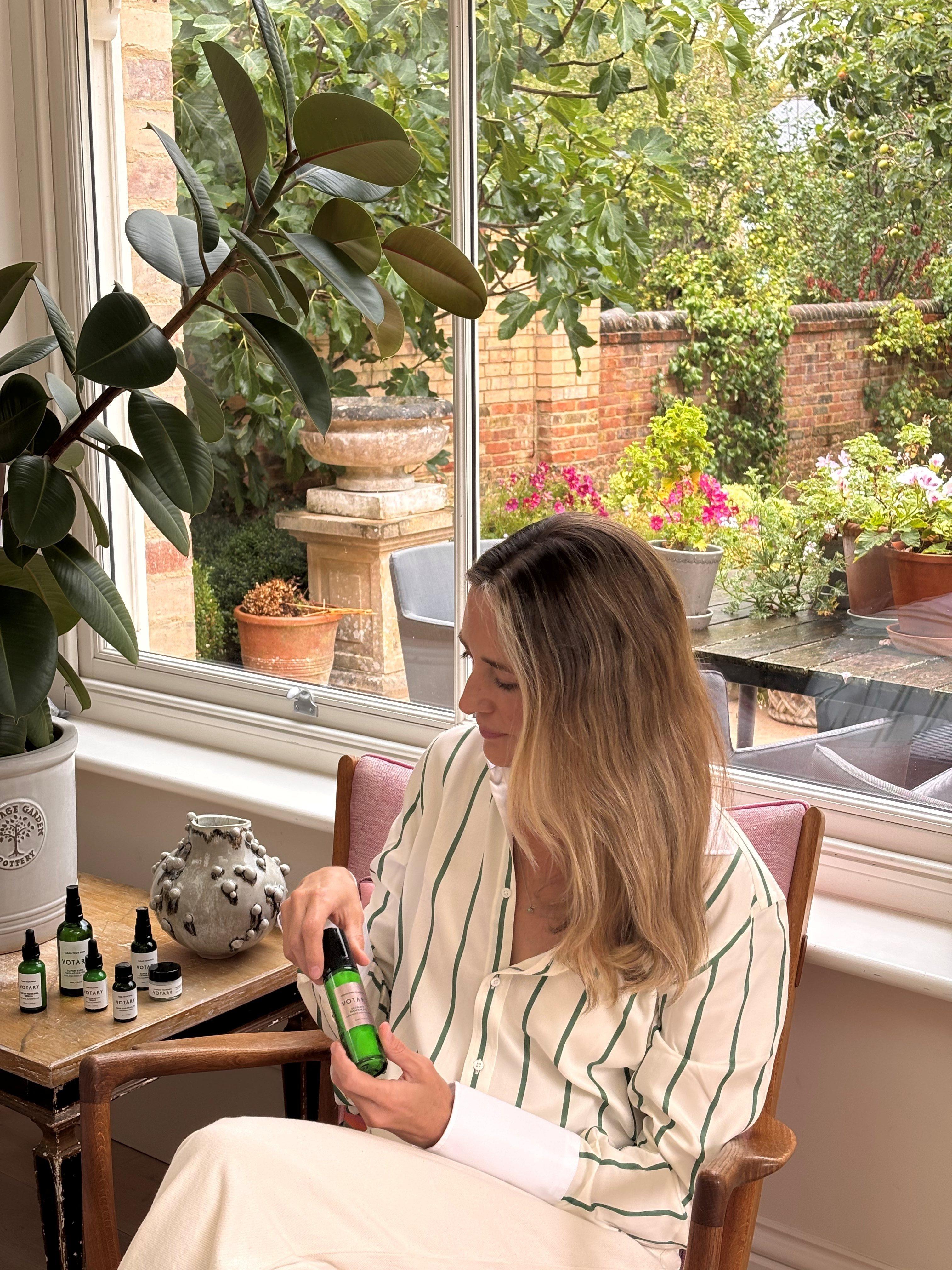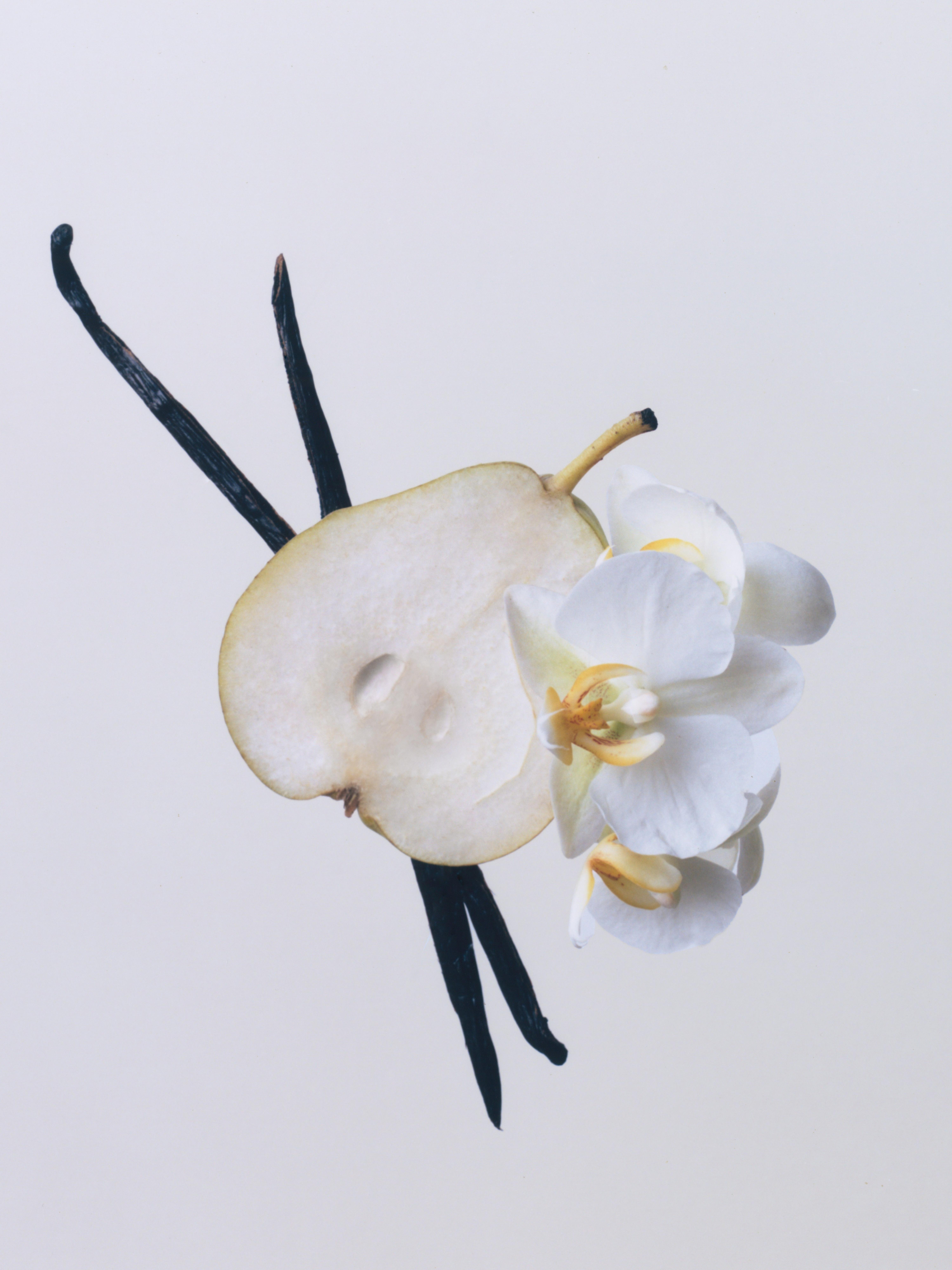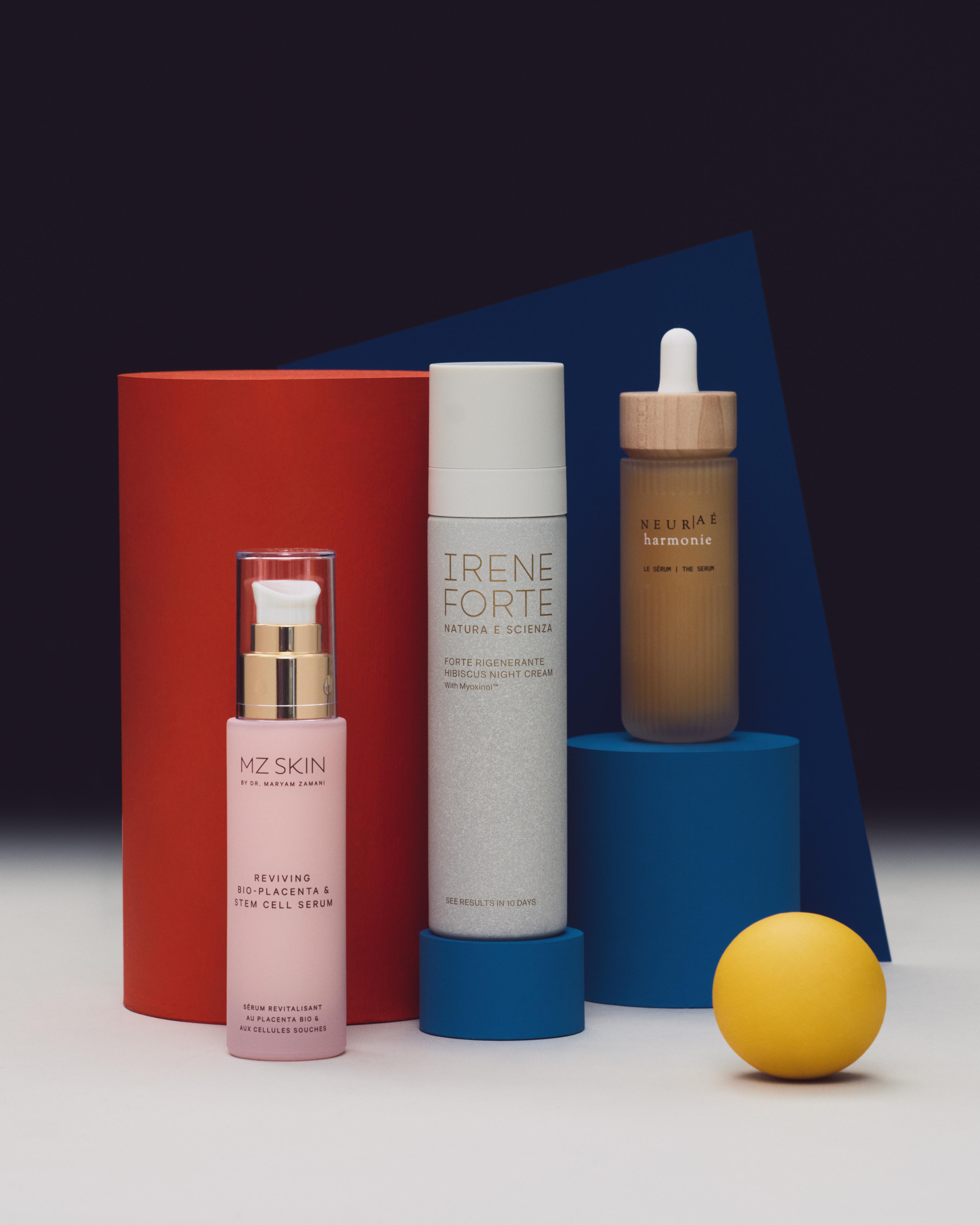?fmt=auto&qlt=default)
Inspired by LBTY: Ianthe Oud by Rob Ryan
The papercutting artist turns his hand to Liberty LBTY. Fragrance’s enchanting Ianthe Oud, with magical results
Read more
?fmt=auto&qlt=default)
Inspired by LBTY: Ianthe Oud by Rob Ryan
The papercutting artist turns his hand to Liberty LBTY. Fragrance’s enchanting Ianthe Oud, with magical results
By: Team Liberty
A deep-rooted passion for artistic expression lies at the heart of Liberty, from the Tudor foundations of our store upwards and outwards. The exquisite world of Liberty’s LBTY. Fragrance is no exception, guided by a passion for creativity and collaboration, celebrating history and heritage with an eye to the future.
And what better way to explore the intricacies of the Liberty’s LBTY. Fragrance collection than by continuing our close collaboration with the creative world? This year, we tasked a series of contemporary creatives with reimagining each scent through their unique artistic media as part of our Inspired by LBTY. series
Rob Ryan’s distinctive, intricately detailed narrative designs harmonise a sense of storytelling prowess with structure and symmetry. Part whimsically thought-provoking, part exquisite craft, pieces are crafted with Ryan’s signature paper cutting and printing techniques.
While best-known for these papercutting creations, Ryan describes his practice as nuanced: “I’m a printmaker, a storyteller, a poet, a draughtsman, and a painter—a bit of everything,” he says. And throughout his work, he has sought to create art which is accessible and enjoyable for all.
Born to Irish parents in Cyprus, Ryan studied Fine Art at Trent Polytechnic and at the Royal College of Art in London where he specialised in Printmaking. Today, he designs and makes all his worked at his studio in East London, where Liberty visited him as he crafted his work inspired by Liberty LBTY. Fragrance’s Ianthe Oud.
Here, Ryan talks us through his process, his inspirations and his passion for creating his democratic, emotive and instantly-recognisable art.
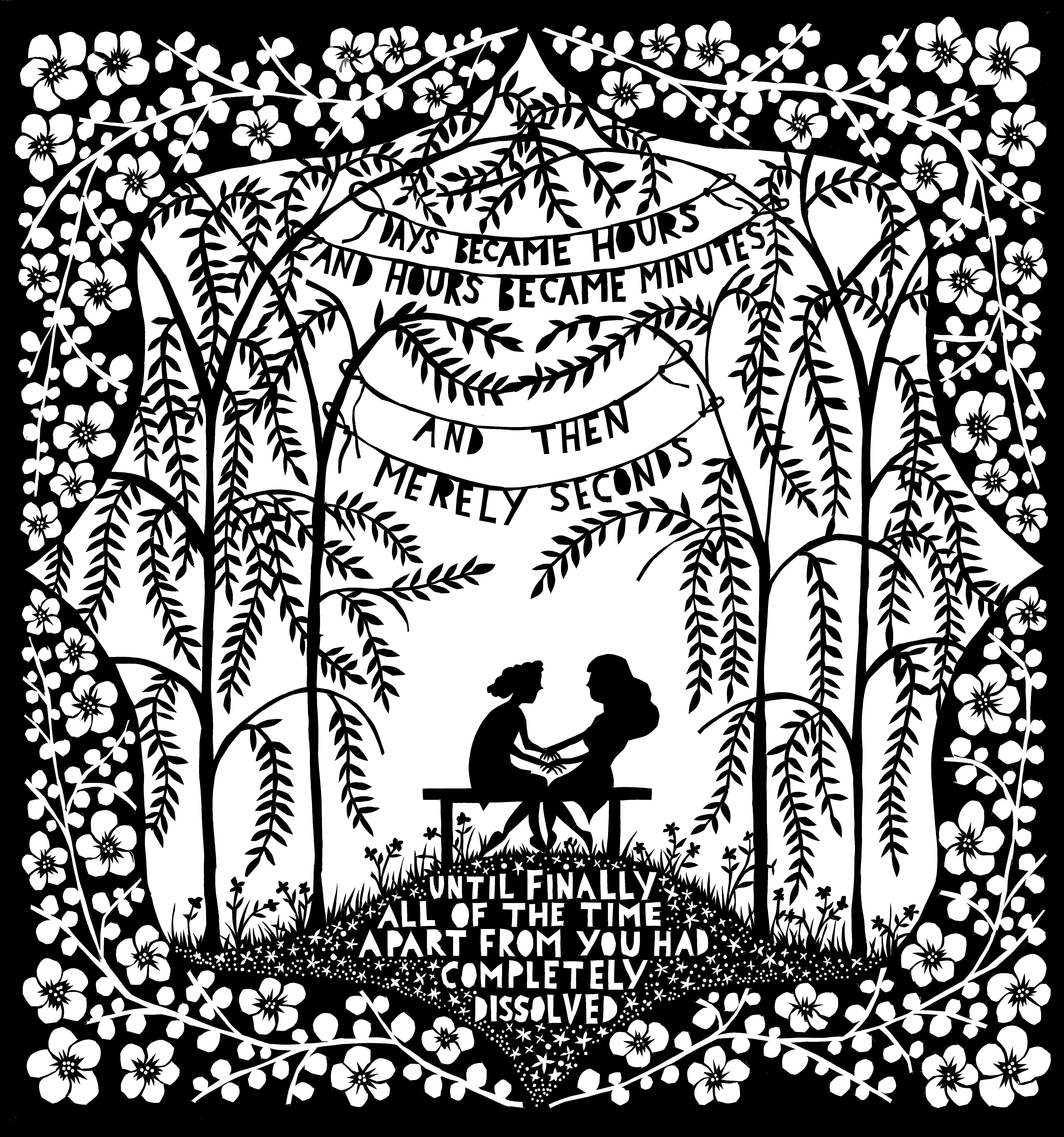
Can you describe your work and your style? Why do you do what you do?
I go to the studio every day—this is my job, and I’ve been doing it for many years. Since the day after I left college, really. I studied printmaking and was always drawn to working with paper rather than canvas or other materials.
At college, I wasn’t yet doing the work I’m principally known for—paper cutting—but it was present in my stencil-based screen printing. I was drawn to screen printing because it’s bold, replicable, and fits my DIY philosophy. Coming from punk culture and homemade fanzines, I wanted my work to be affordable. I’d rather 100 people own my art than just one person.
Over time, paper cutting became a breakthrough for me. It simplified my process and allowed me to say a lot through simple silhouettes. Unlike painting—where it’s often hard to know when you’ve finished—a papercut has a natural end. You can only cut so many holes before the paper disappears. I love the structure and symmetry that paper cutting brings, and I think it reflects my love of both fine art and decorative art.
I wouldn’t describe myself as just one thing. I’m a printmaker, a storyteller, a poet, a draughtsman, and a painter—a bit of everything, really.
?fmt=auto&qlt=default)
Can you tell me about the first time you discovered paper cutting and how you decided to evolve that practice?
My discovery of paper cutting came at a point when words had taken over my work. My prints and paintings were covered in writing, and I began to question whether I should give up art and just focus on writing poems or stories. But I knew I was an artist at heart.
I began working in paper cuts where words weren’t possible. I’d fold a sheet of paper, cut one side, and unfold it to reveal perfect symmetry. Words didn’t work because they’d appear backwards when mirrored. For a year, I used only imagery, symbols, and shapes to tell stories without words. Eventually, I began cutting words into the paper, unfolding it earlier in the process, and then stopped folding altogether. By then, I’d developed a visual language where words and imagery coexisted.
The beauty of papercuts is that they create balance. In my previous prints, words and pictures often fought for dominance, but with paper cutting, the silhouettes of the words and images are part of the same sheet. They’re equals—neither takes precedence. This discovery was a happy accident that gave me a way to make both elements work together seamlessly.
?fmt=auto&qlt=default)
Tell us about the artwork you created inspired by Ianthe Oud?
For this piece, I did some research to understand the story behind Ianthe Oud. I learned it’s rooted in the ancient myth of Iphis and Ianthe—a beautiful, romantic story with very modern undertones. It’s about a woman disguising herself as a man, another woman falling in love with this ‘man’, and all the resulting intrigue.
I wanted to incorporate elements of this story into the artwork. I included flowers like mimosa and violets, which are tied to the story, and set the piece in an imaginary Mediterranean garden. The scent evoked a sense of summer, warmth, and romance for me. Parks and gardens are spaces where people can be alone yet still in public—places where couples sit, talk, and pour out their feelings.
I was inspired by the small walled garden near where I live. I love observing people sitting on benches there, surrounded by the smells of flowers and the soft atmosphere of a summer evening. That’s what I aimed to capture in this piece.
Your work is widely loved and resonates with so many people. Why do you think that is?
I think people connect with my work because it’s straightforward and not particularly mysterious. Many who enjoy my art aren’t necessarily interested in conceptual or abstract art—they simply like what they like. There’s an honesty in my work, especially in the way it expresses emotions. Talking openly about feelings can be seen as a bit taboo in the fine art world, but most people live their lives wearing their hearts on their sleeves.
When I had my shop in Columbia Road, I wanted to create a space where anyone could walk in and engage with art. Galleries can be intimidating; people worry about whether they’re behaving ‘correctly’, how long to look at a piece, or if they can afford anything. My shop offered an alternative: a welcoming space with art on the walls and products for everyone.
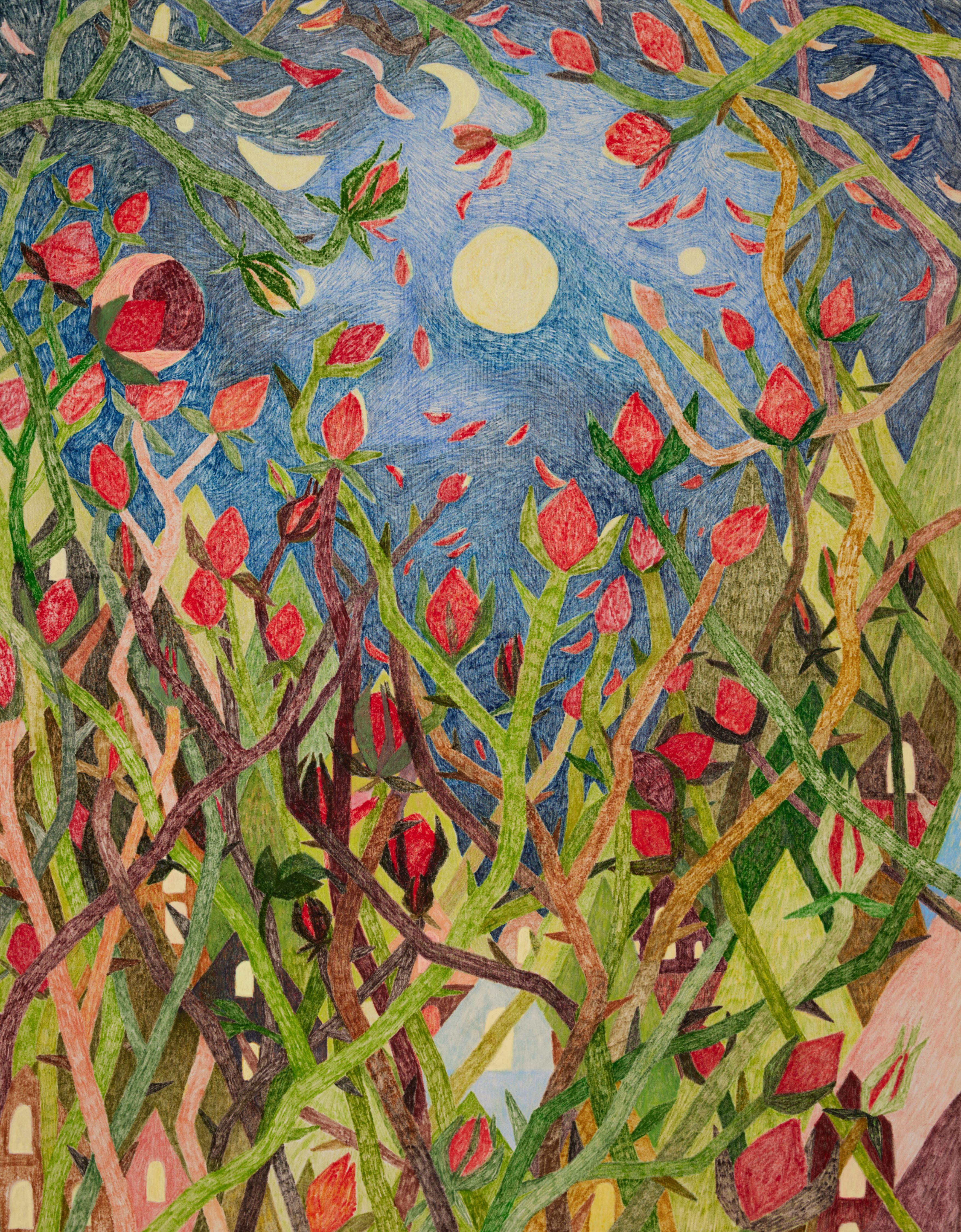

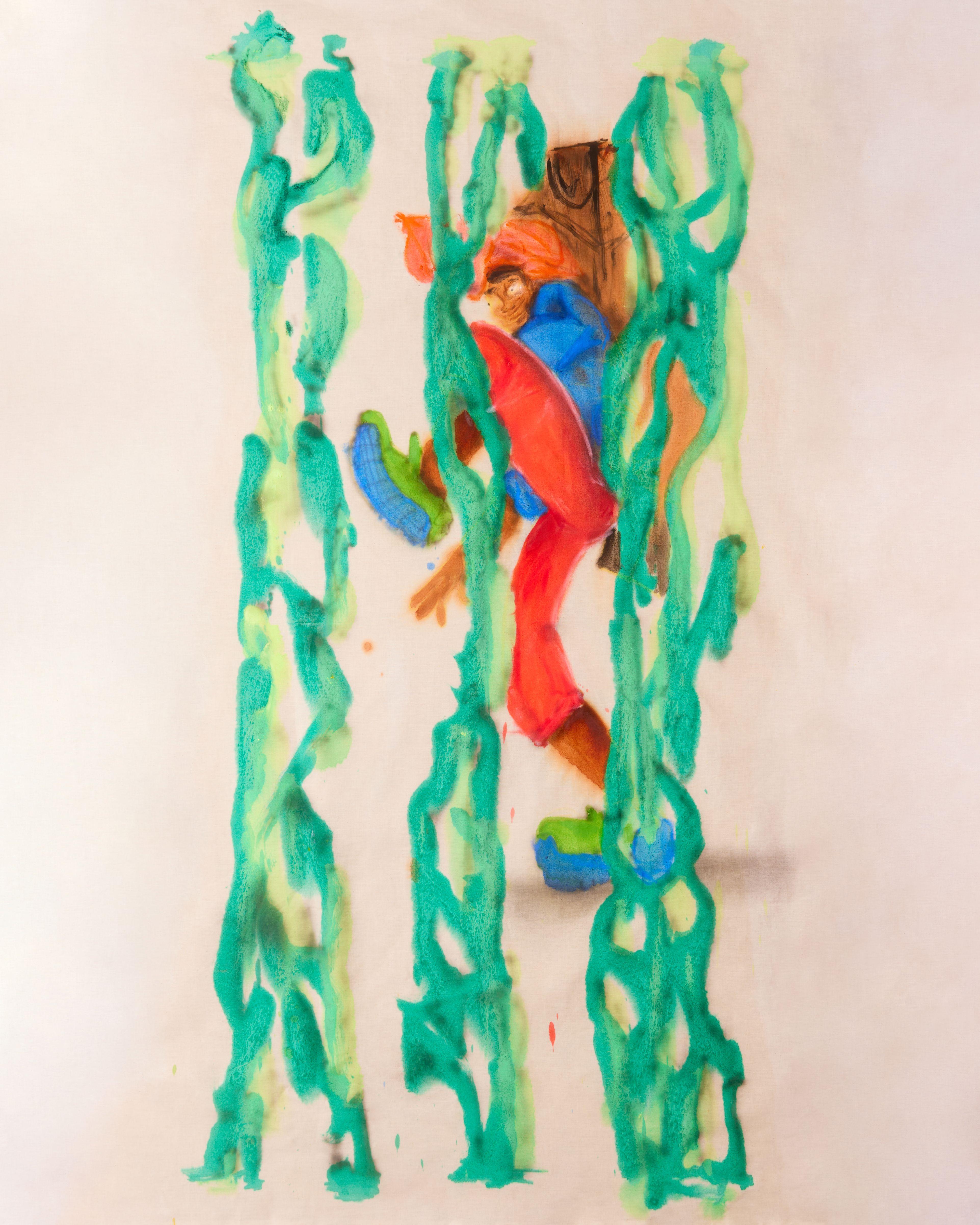
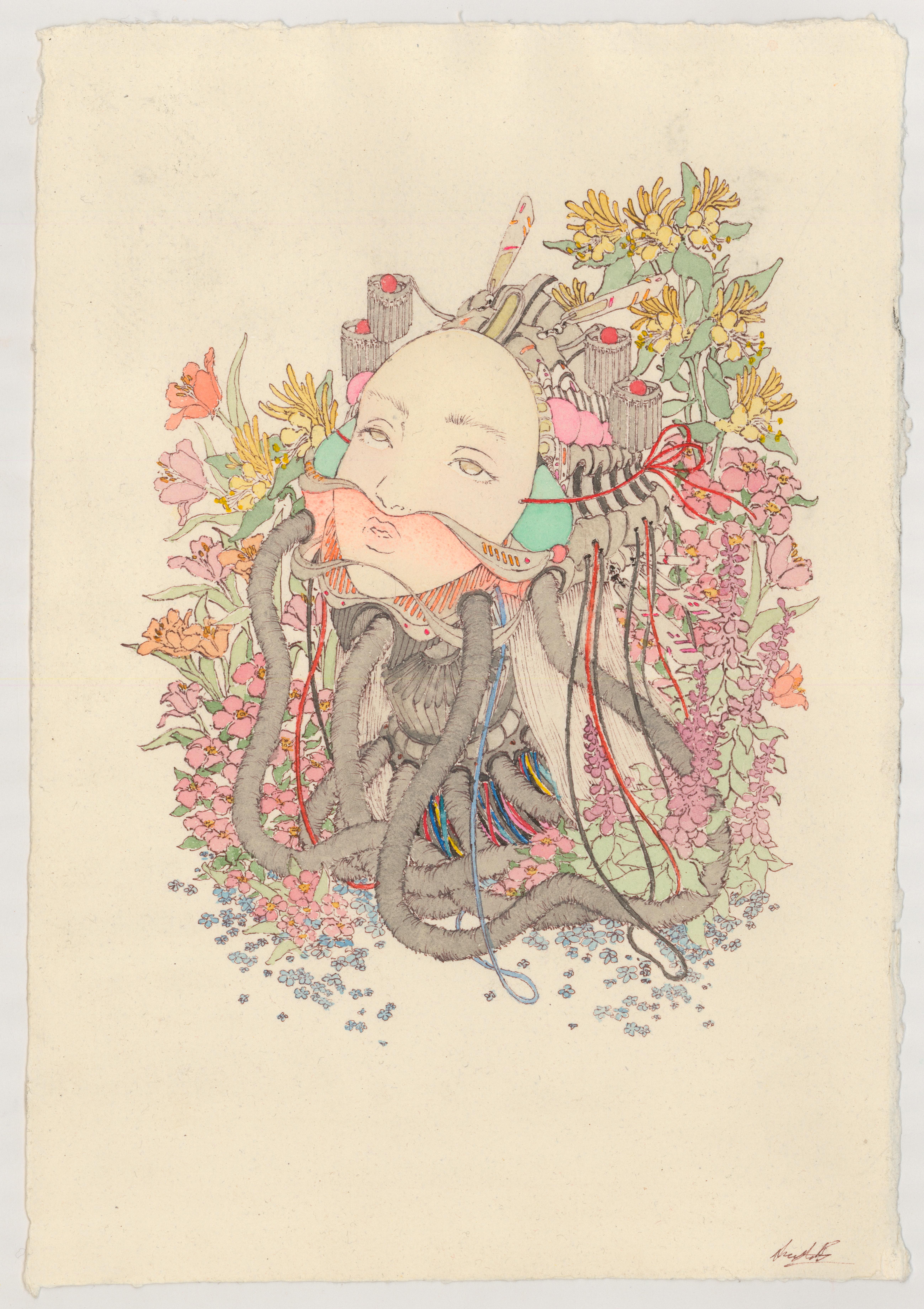
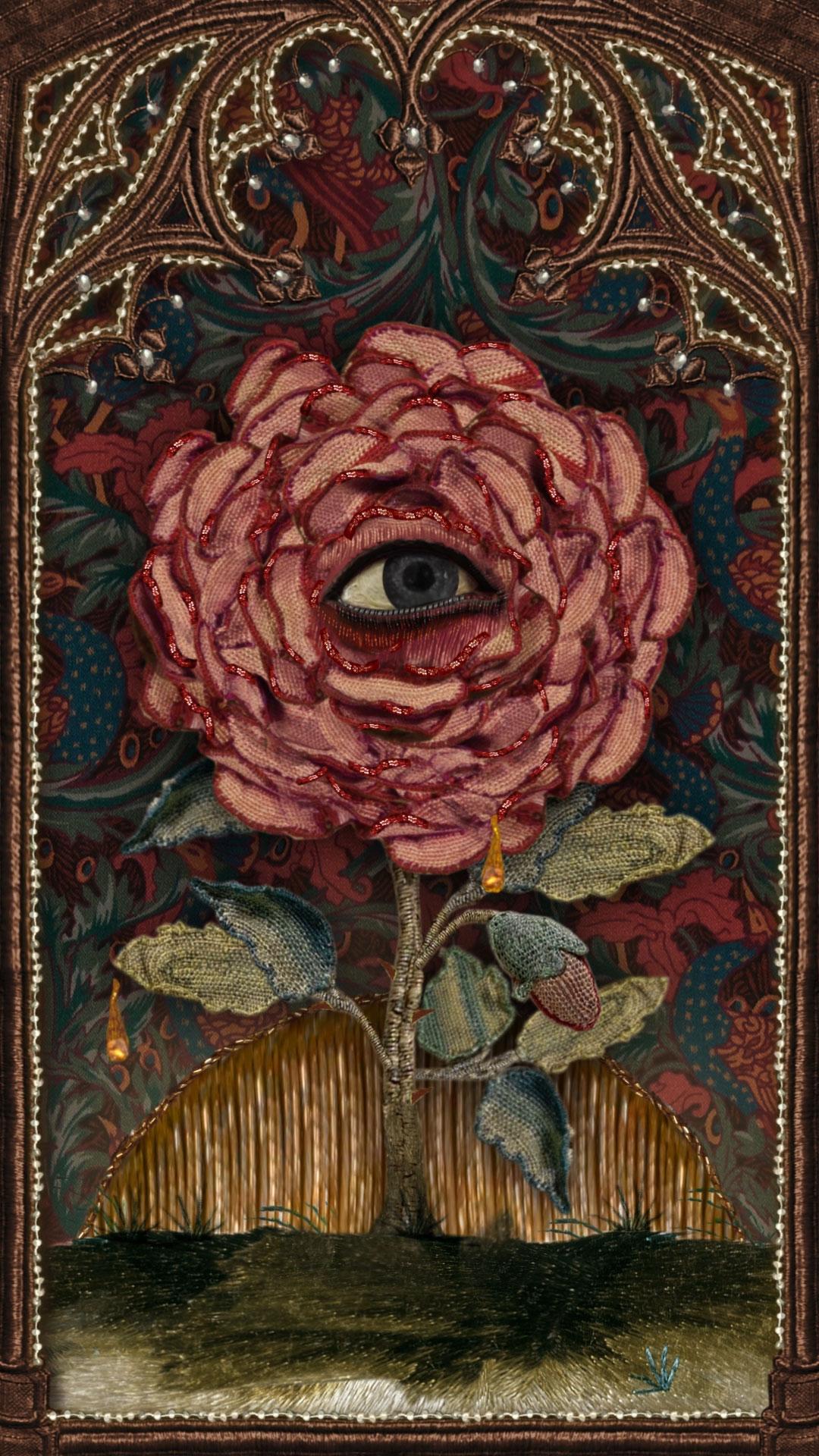
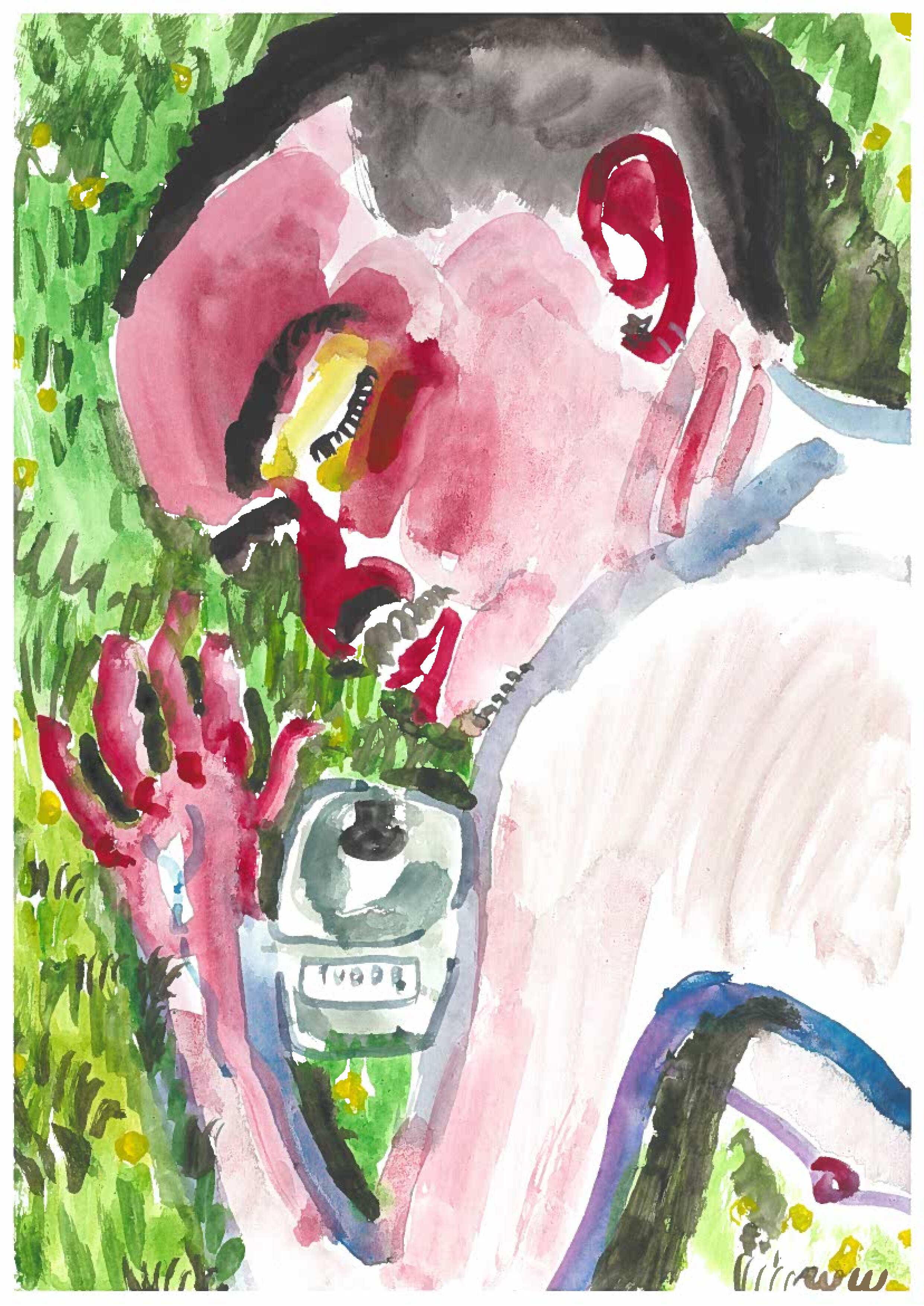
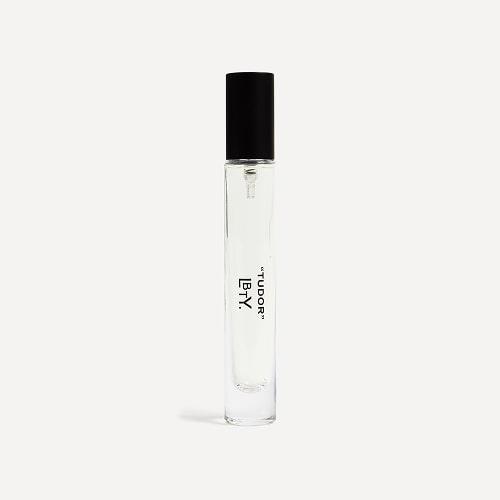
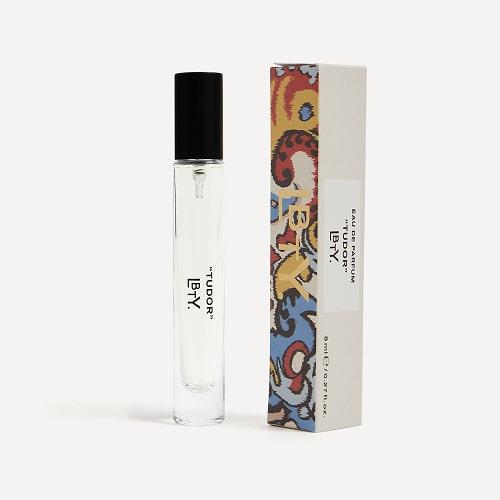
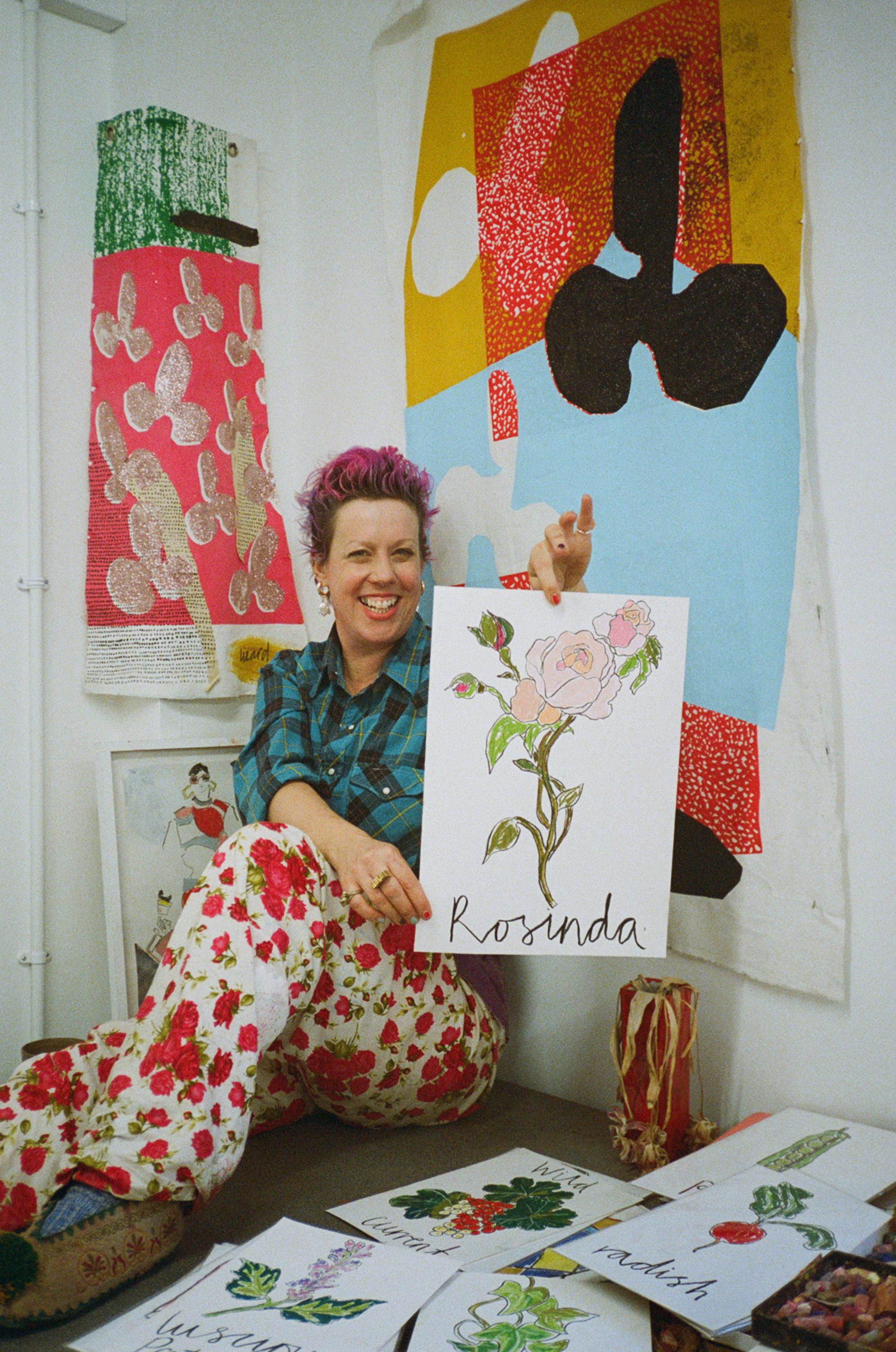
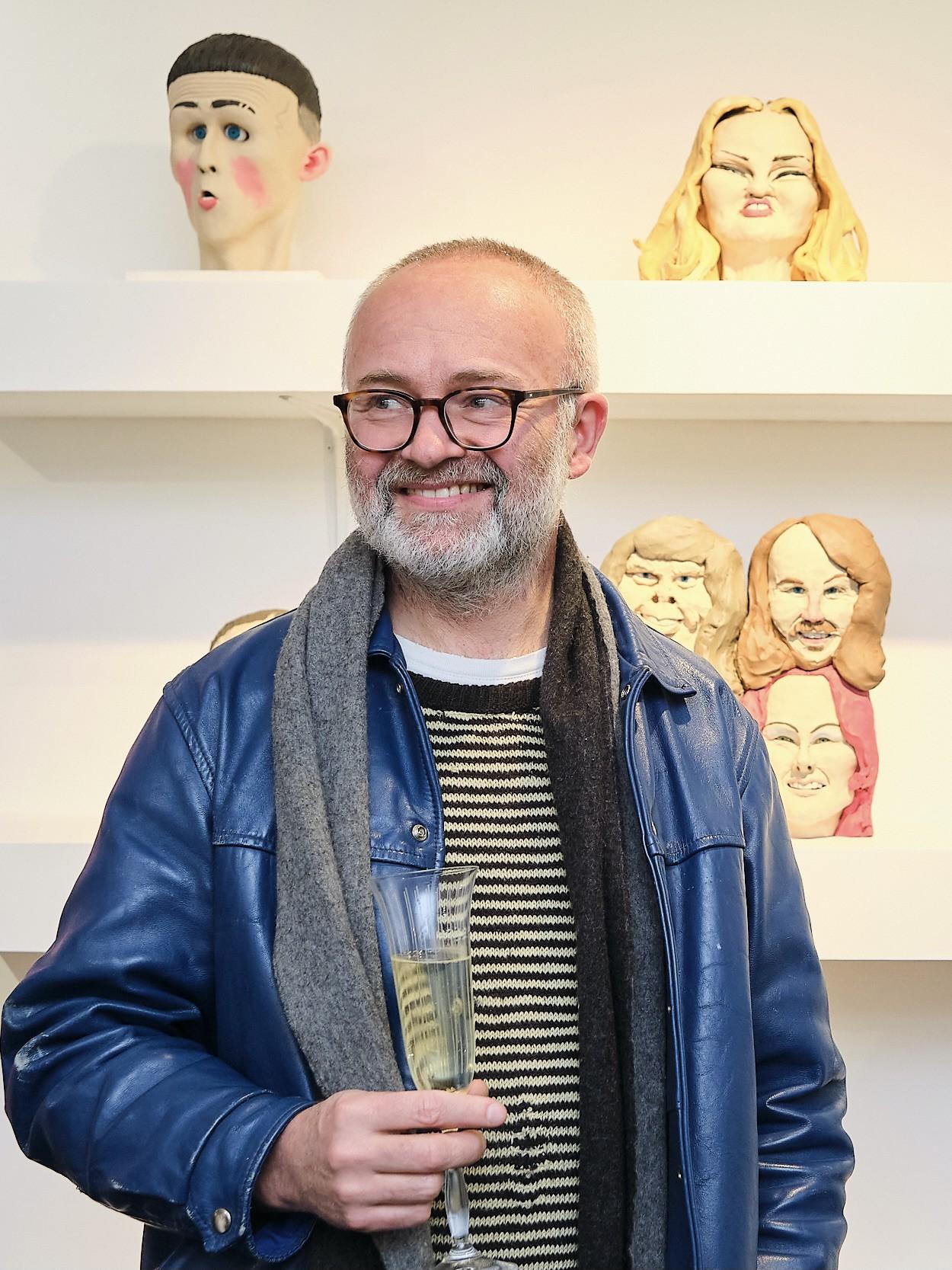
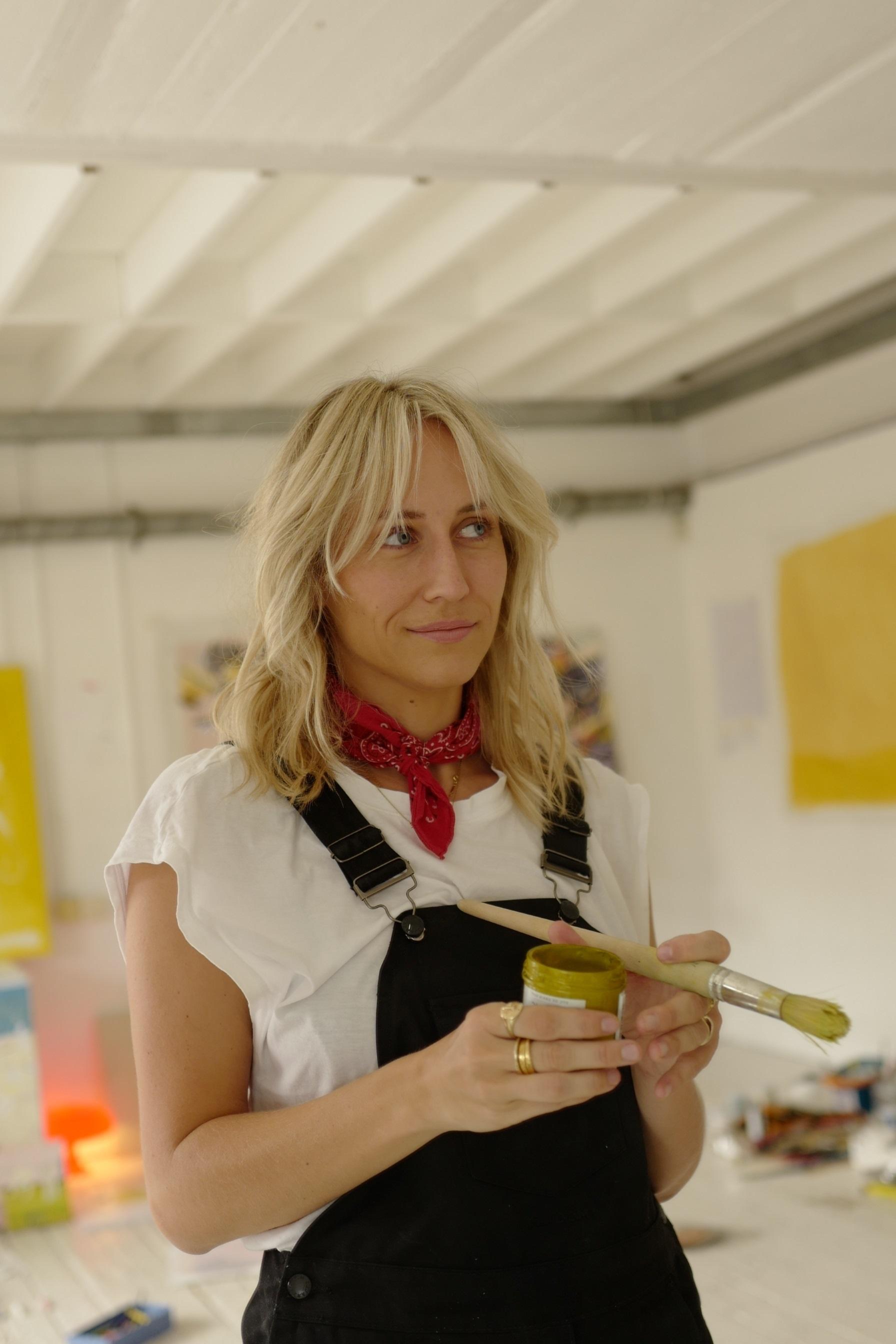
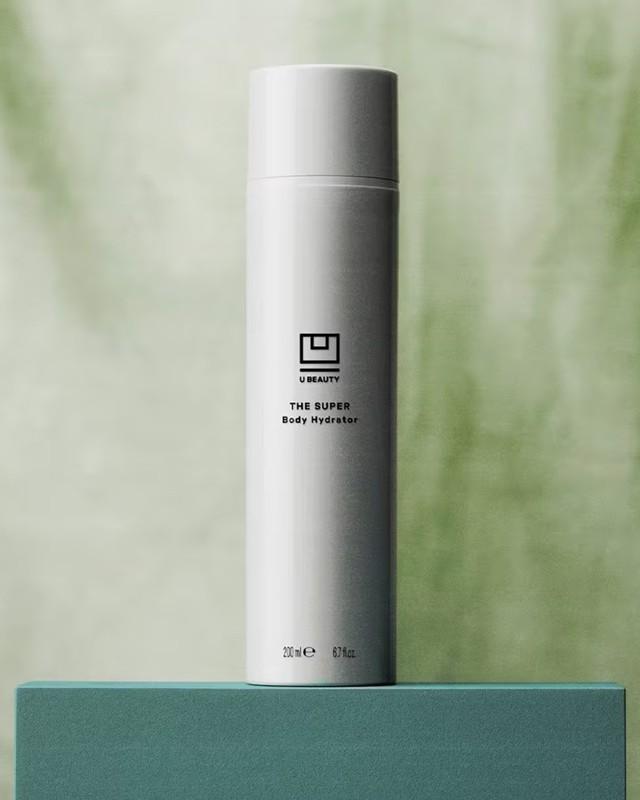
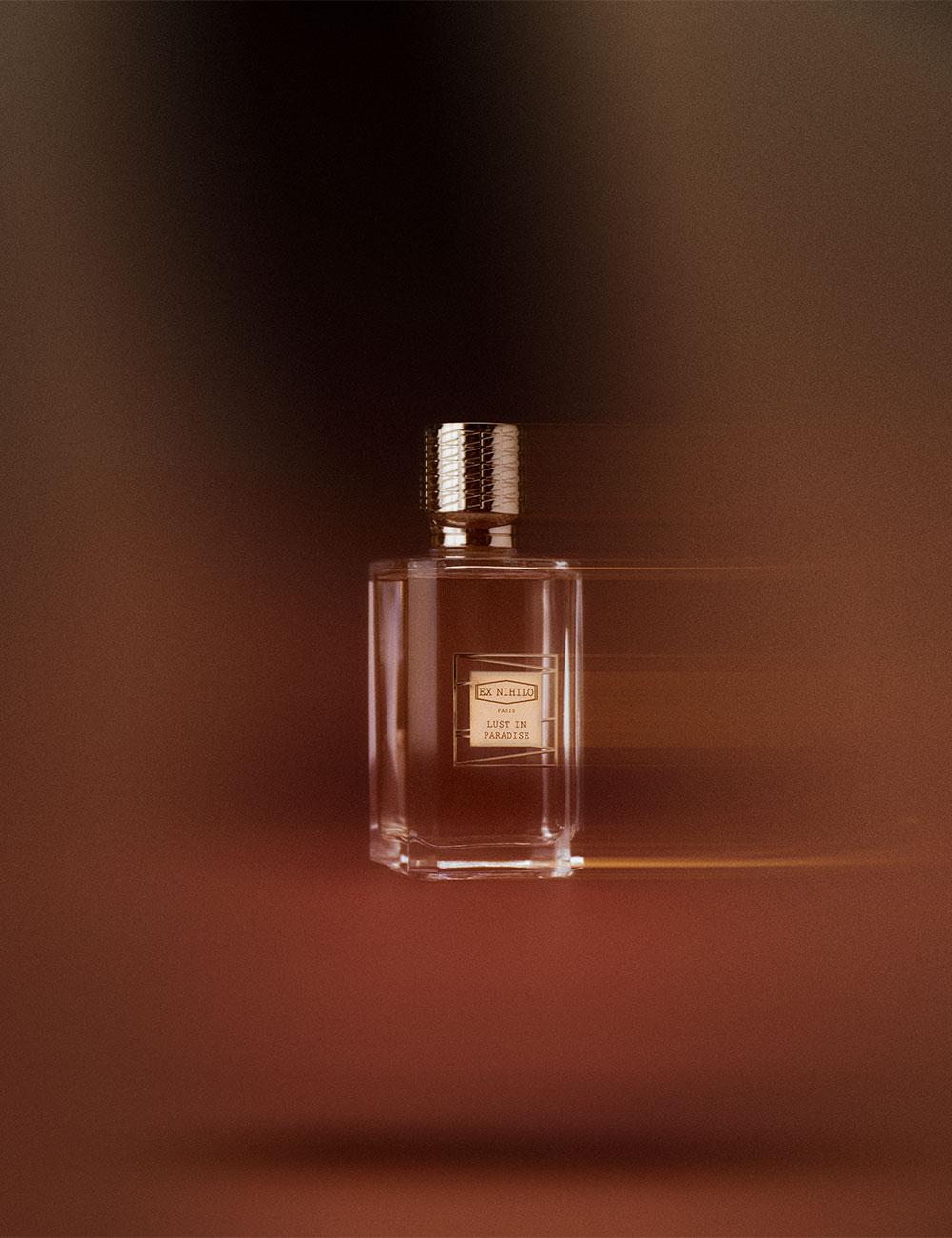
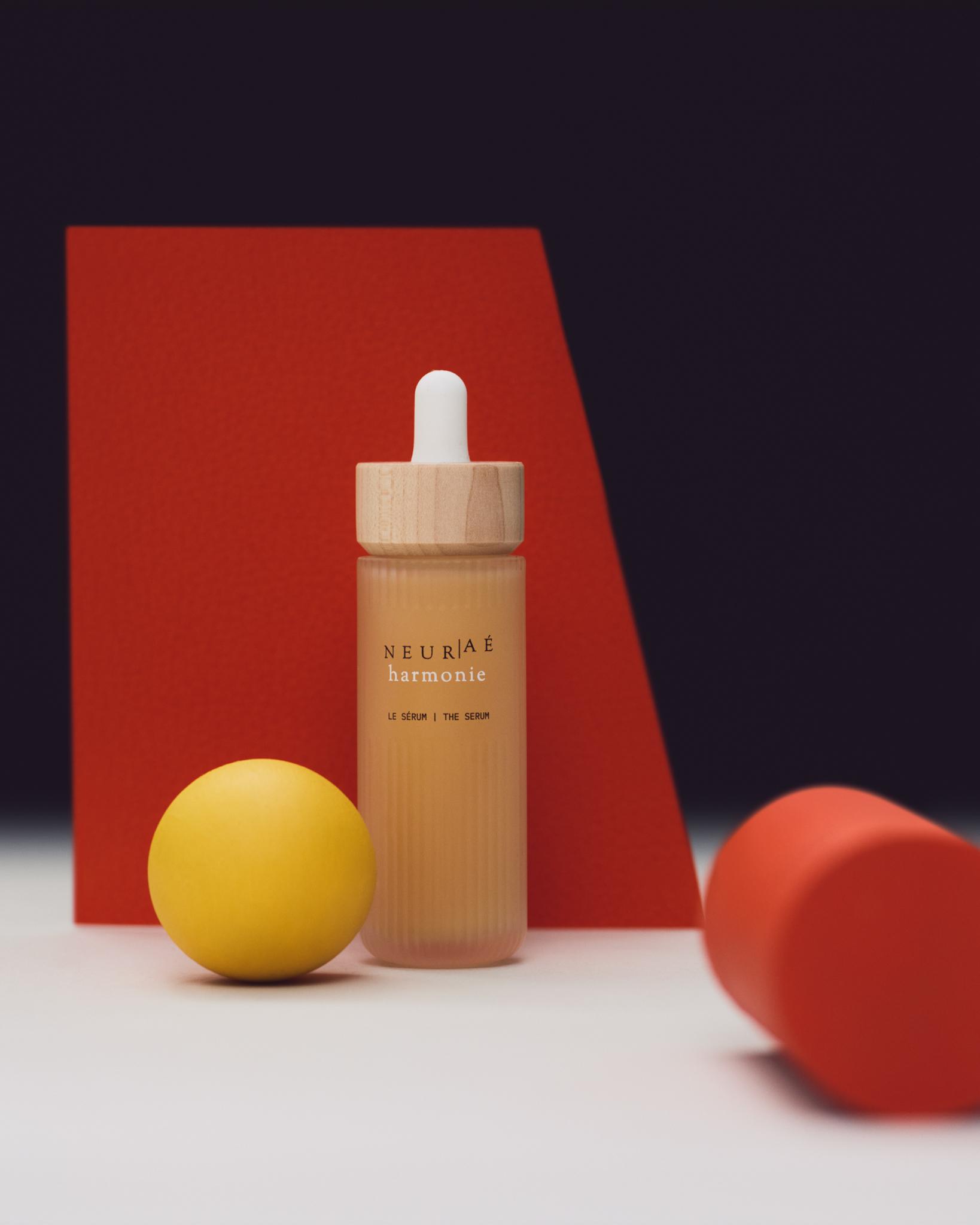
?fmt=auto&qlt=default)
